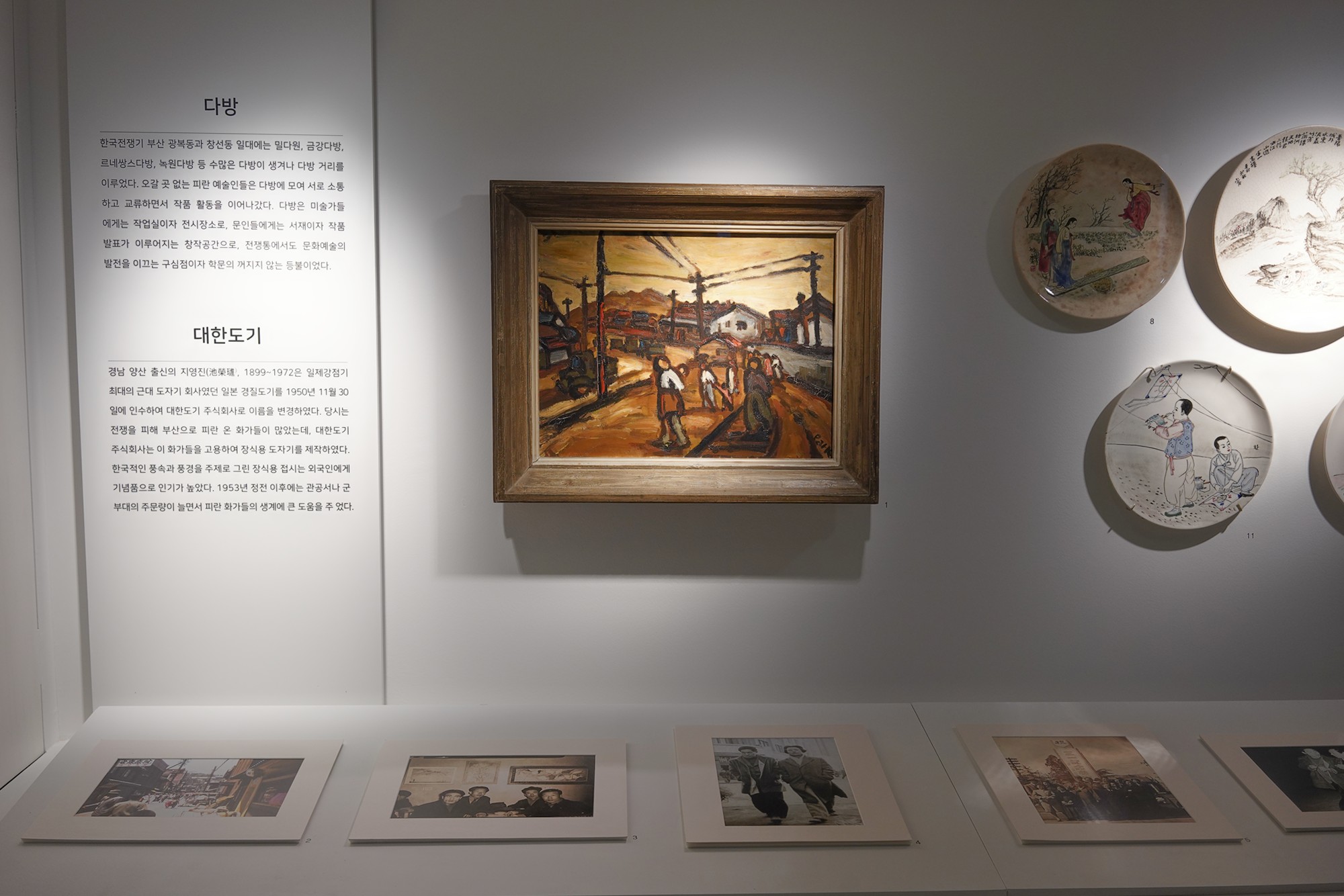Busan City Museum, South Korea
The Busan Museum was designed to preserve the traditional culture of Busan through its collection of relics and historical art pieces. 274
Busan Museum: 948-1 Daeyeon-4 Dong, Namgu, Busan, South Korea
Date Picture Taken: October 2021
Next to the museum is UN Memorial Cemetery and a sculpture park.
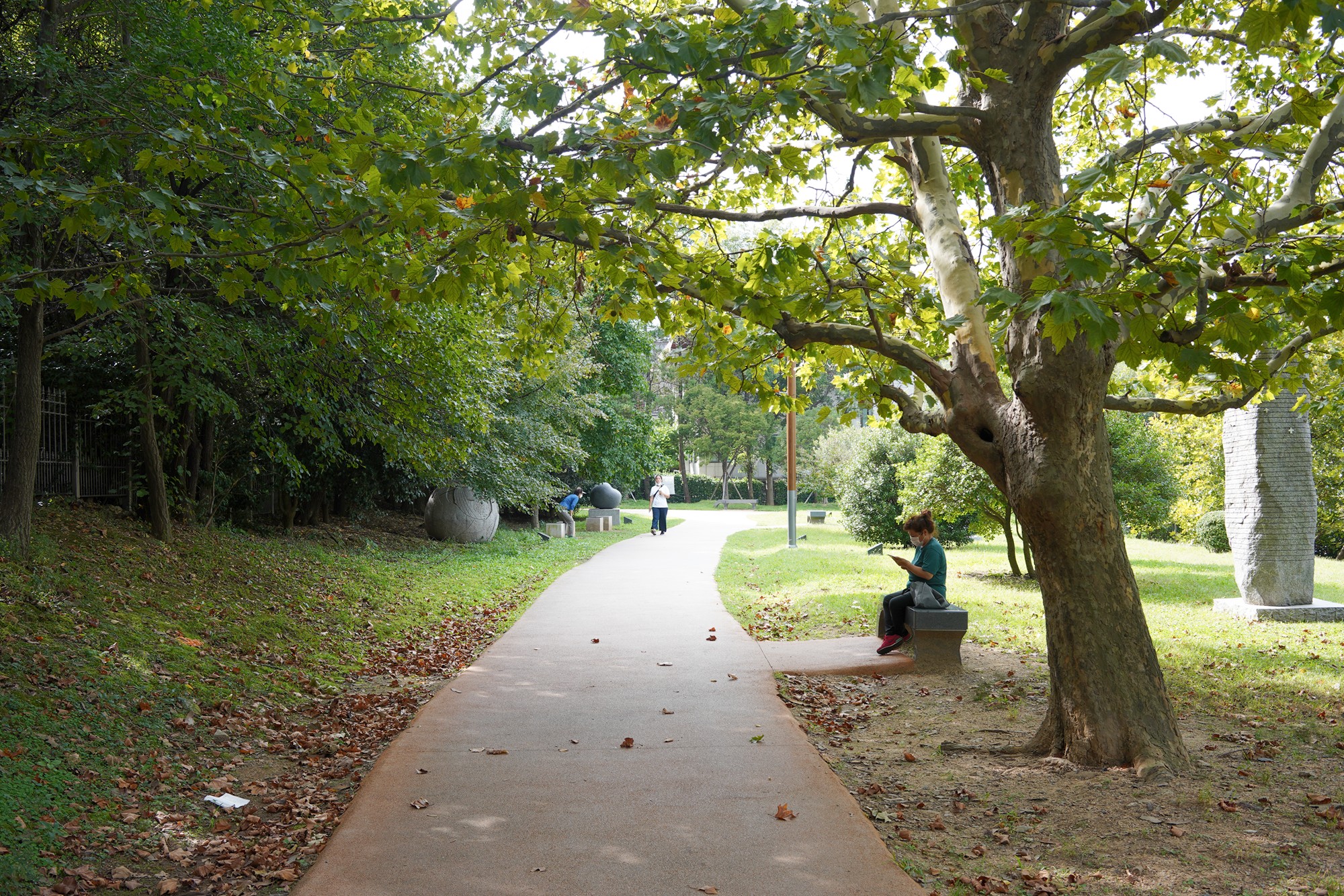
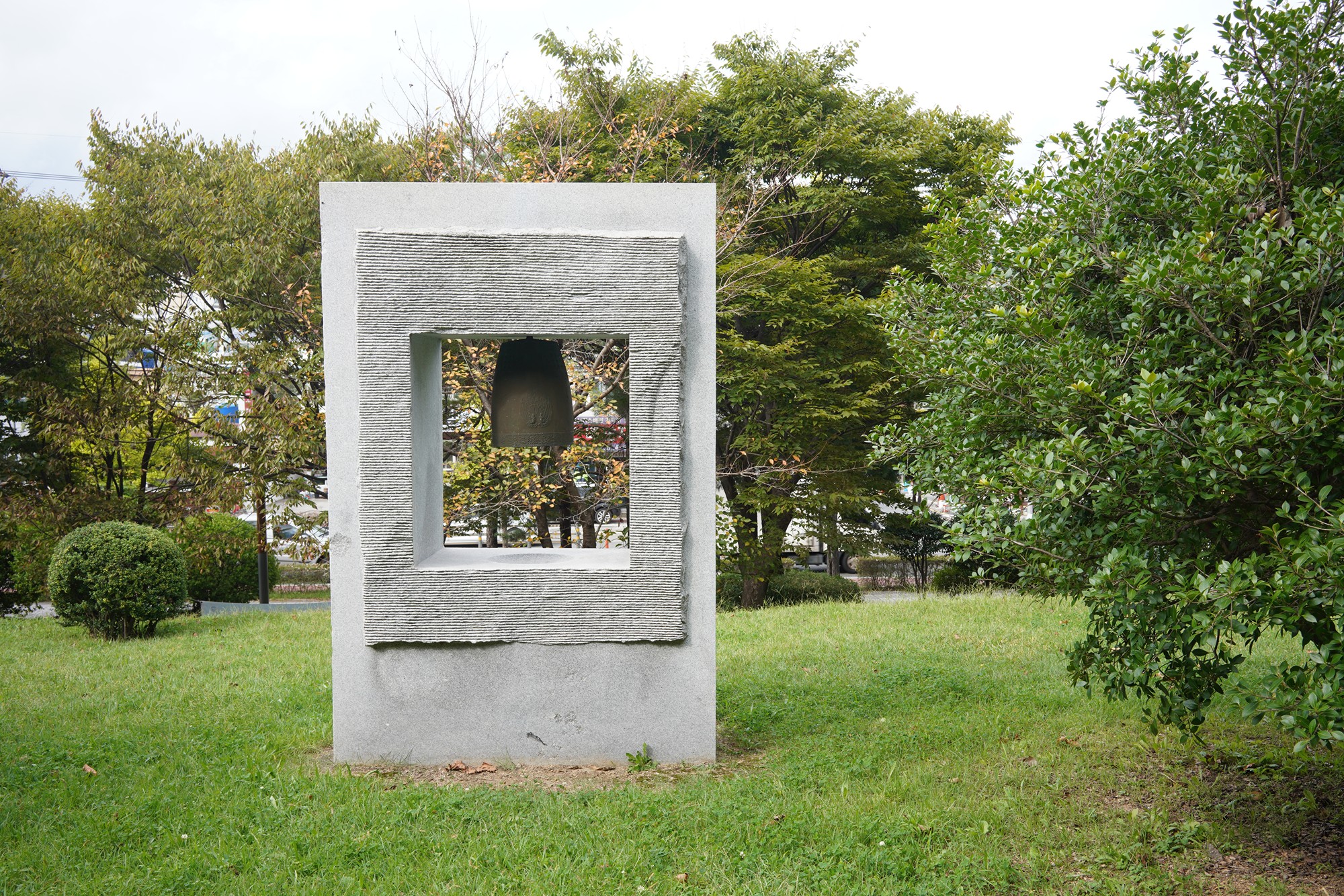
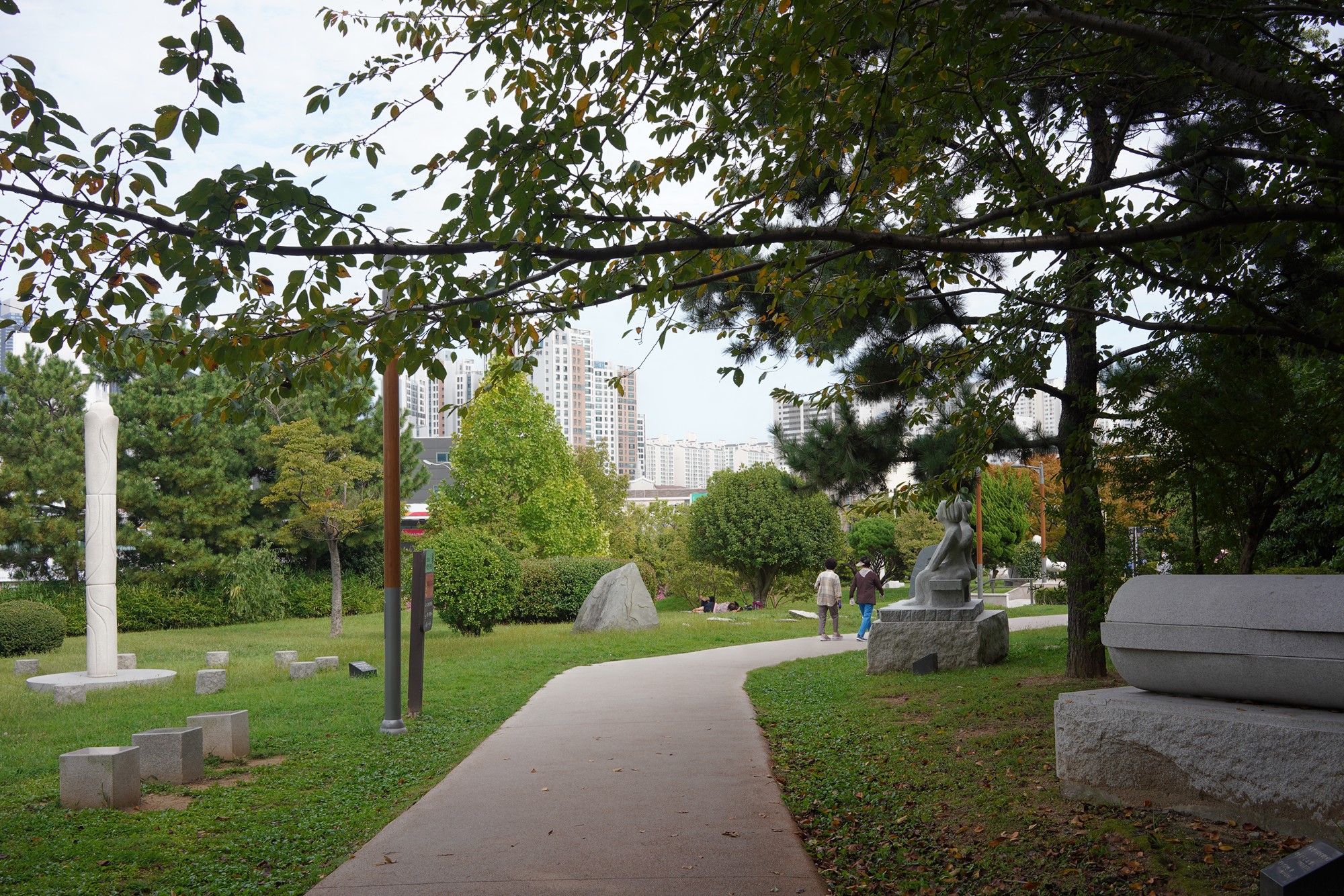
The entrance to UN Memorial Cemetery
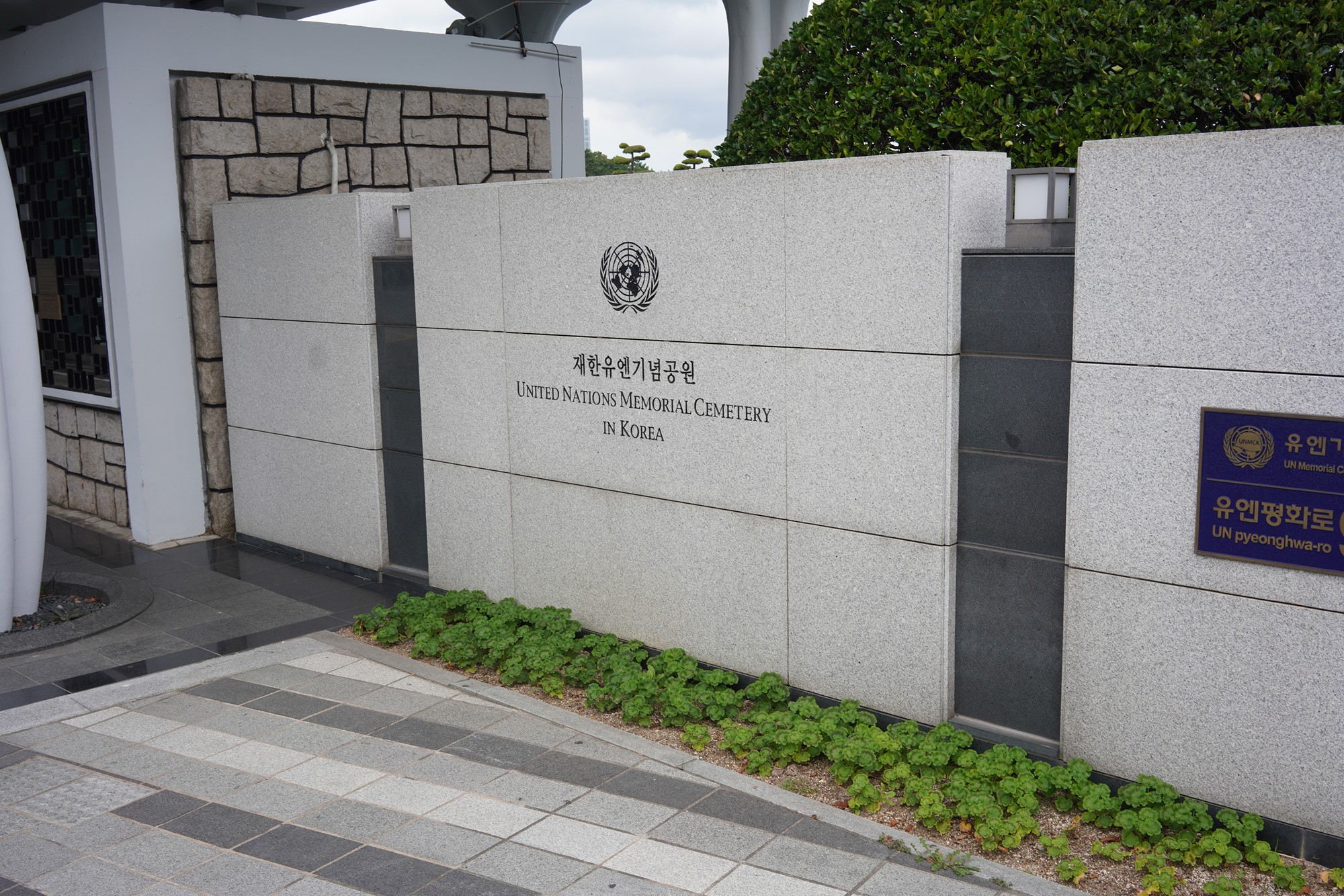
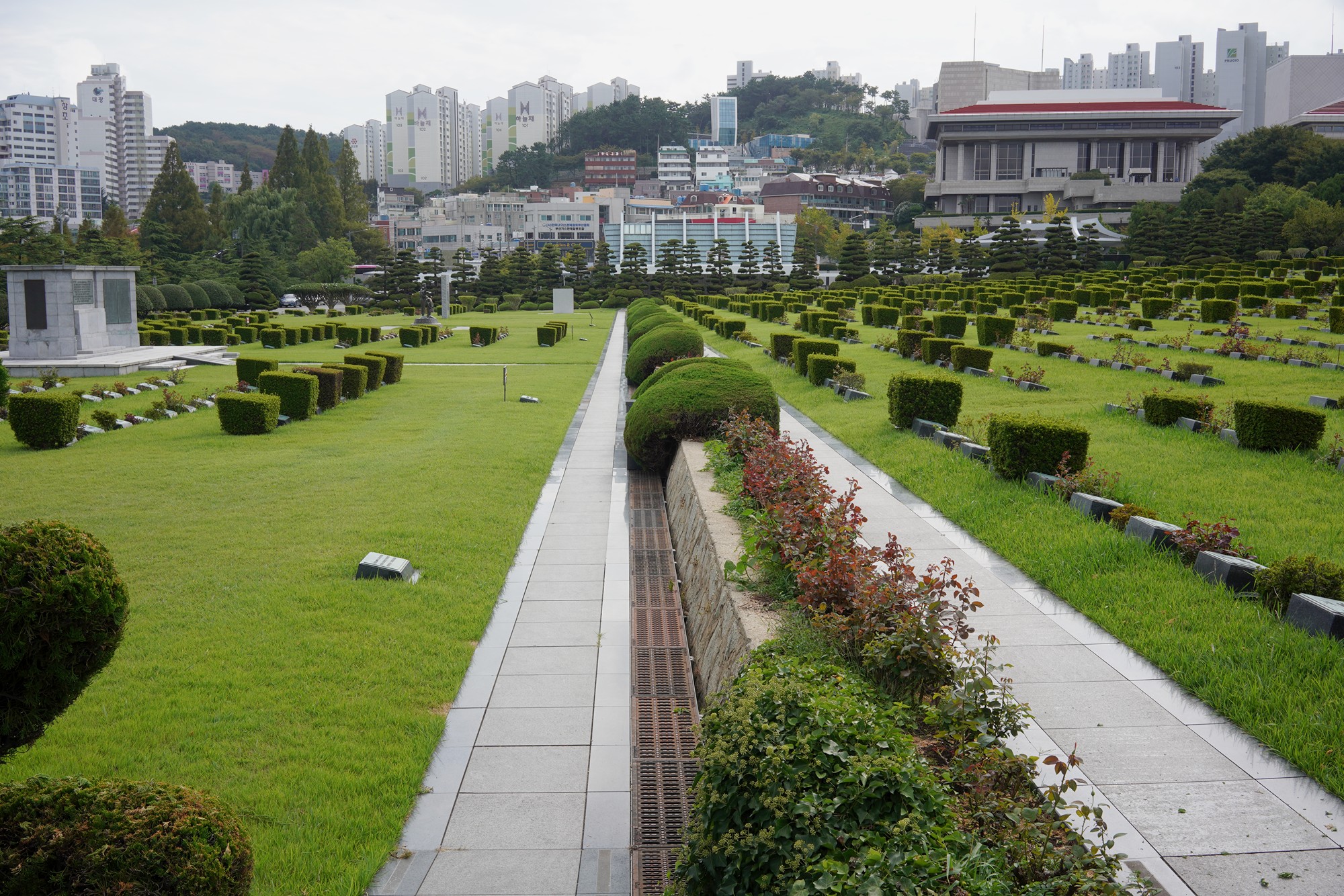
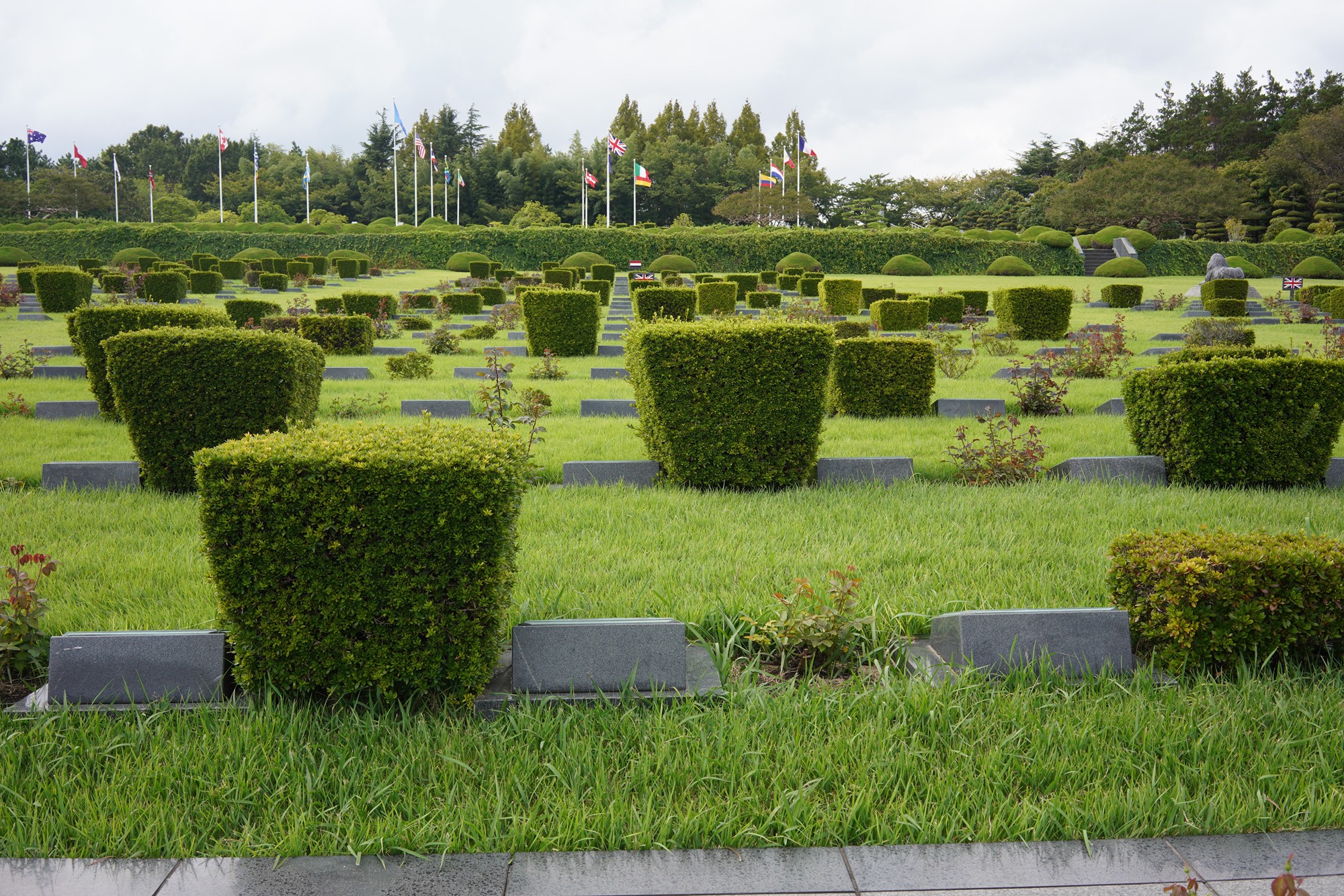
The Busan Museum

As with large city museums, it starts with the artifacts from before historical time.

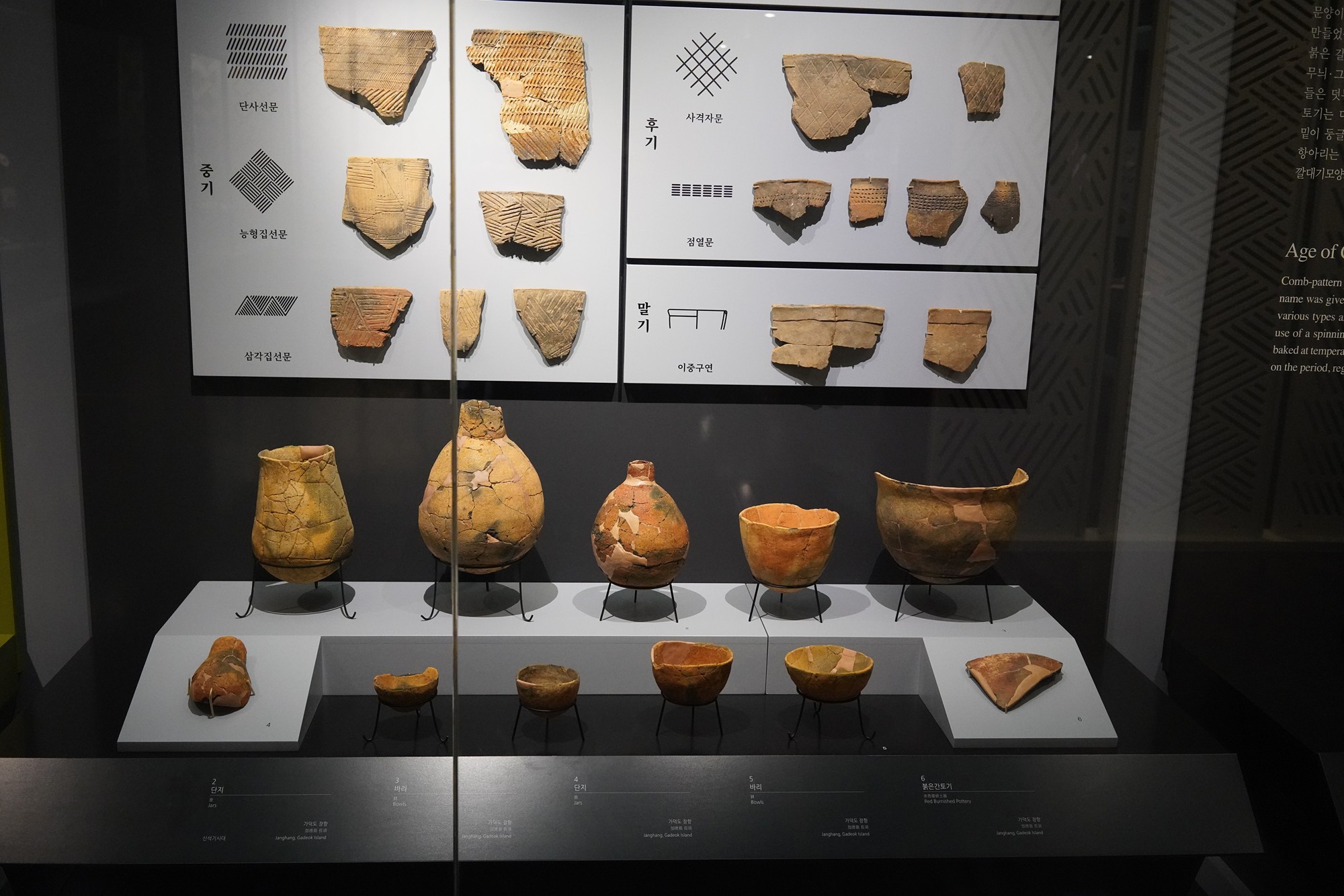
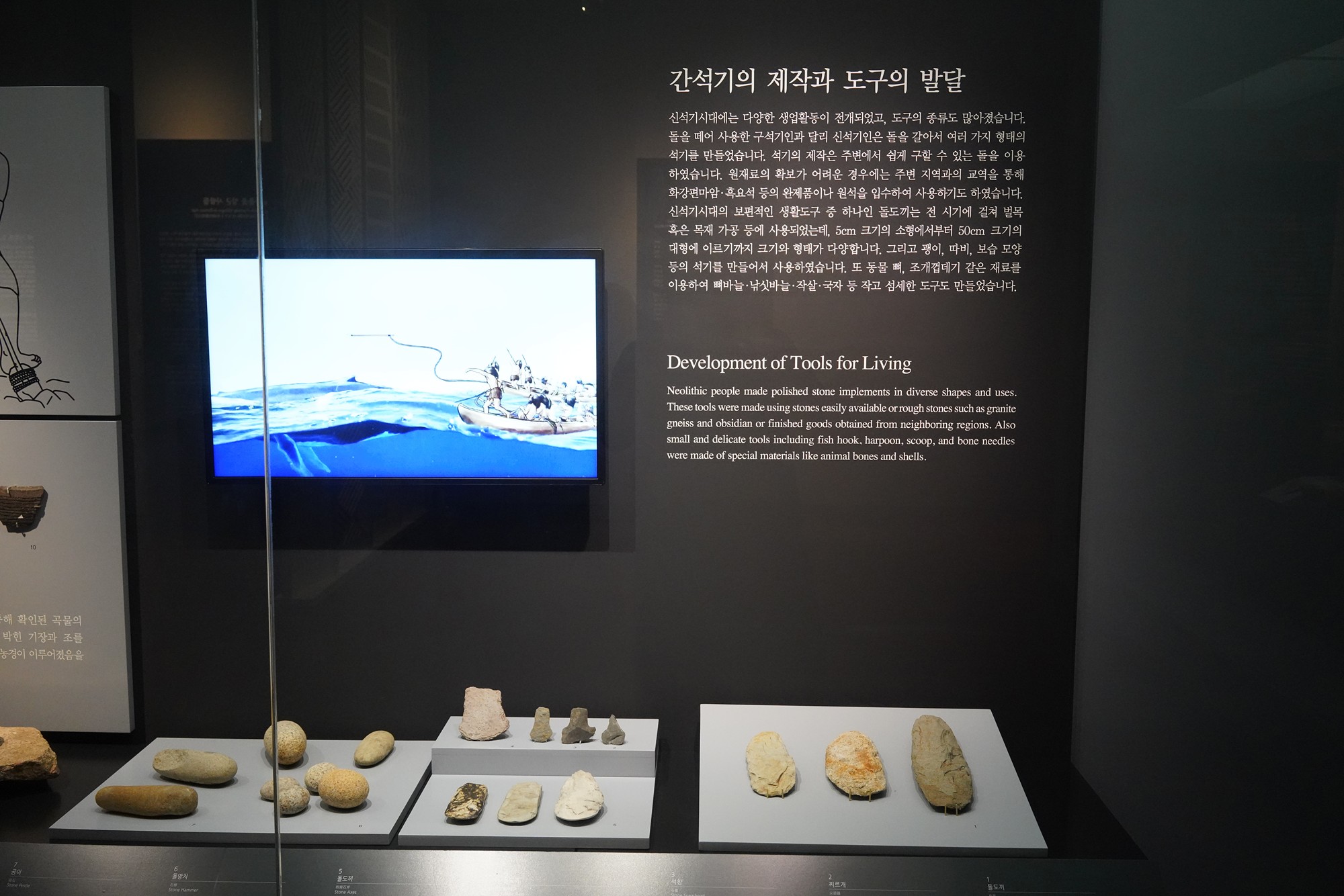
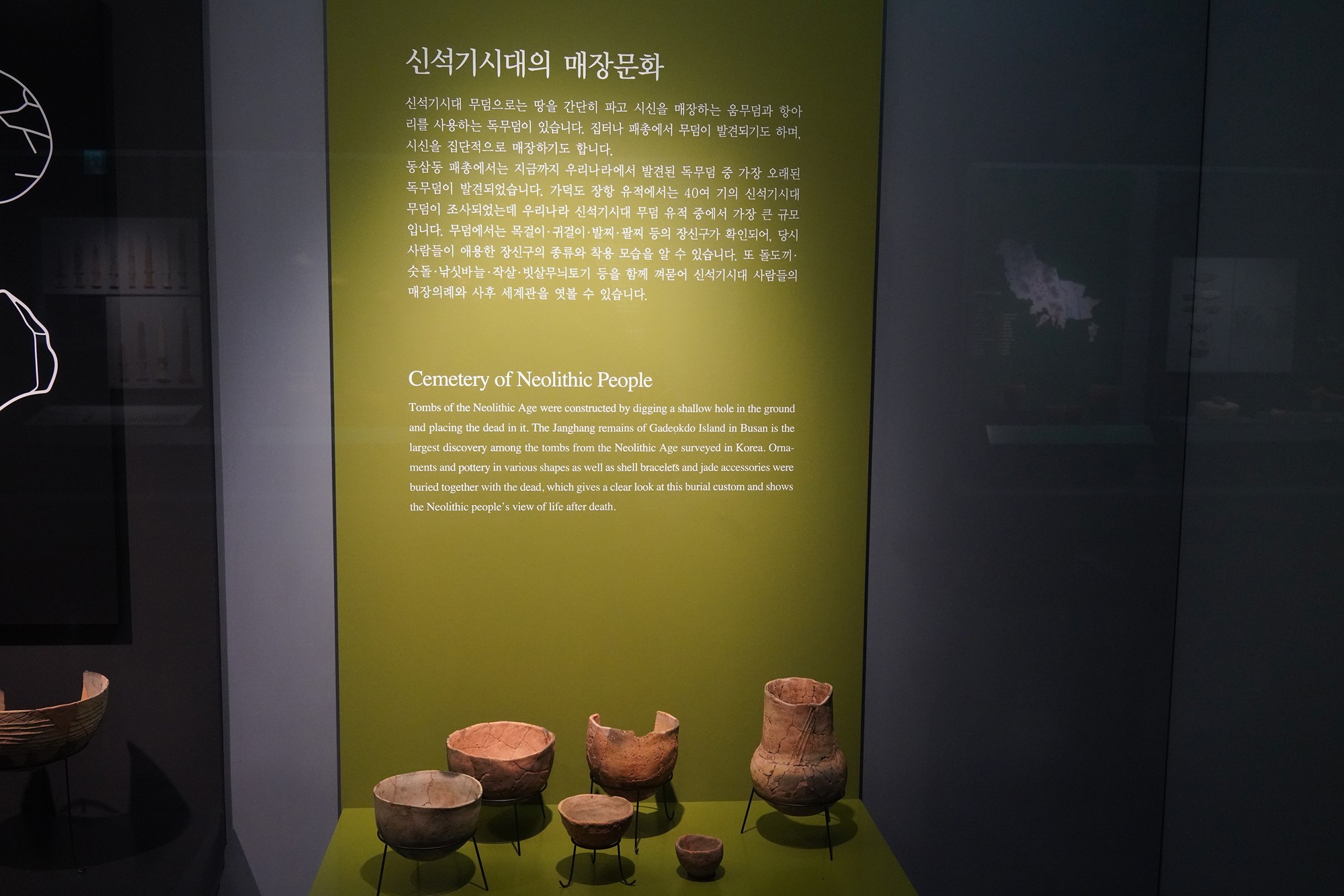
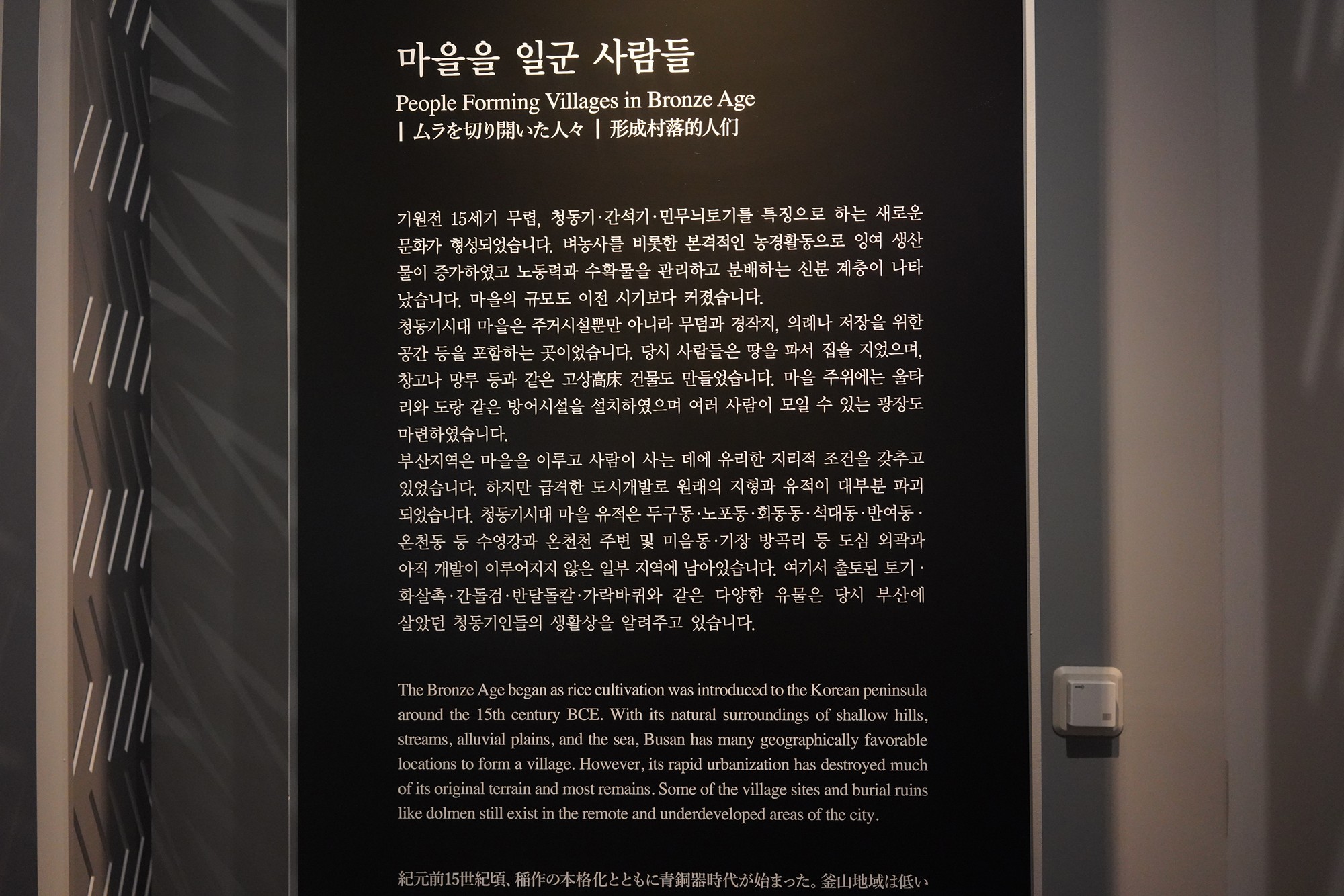
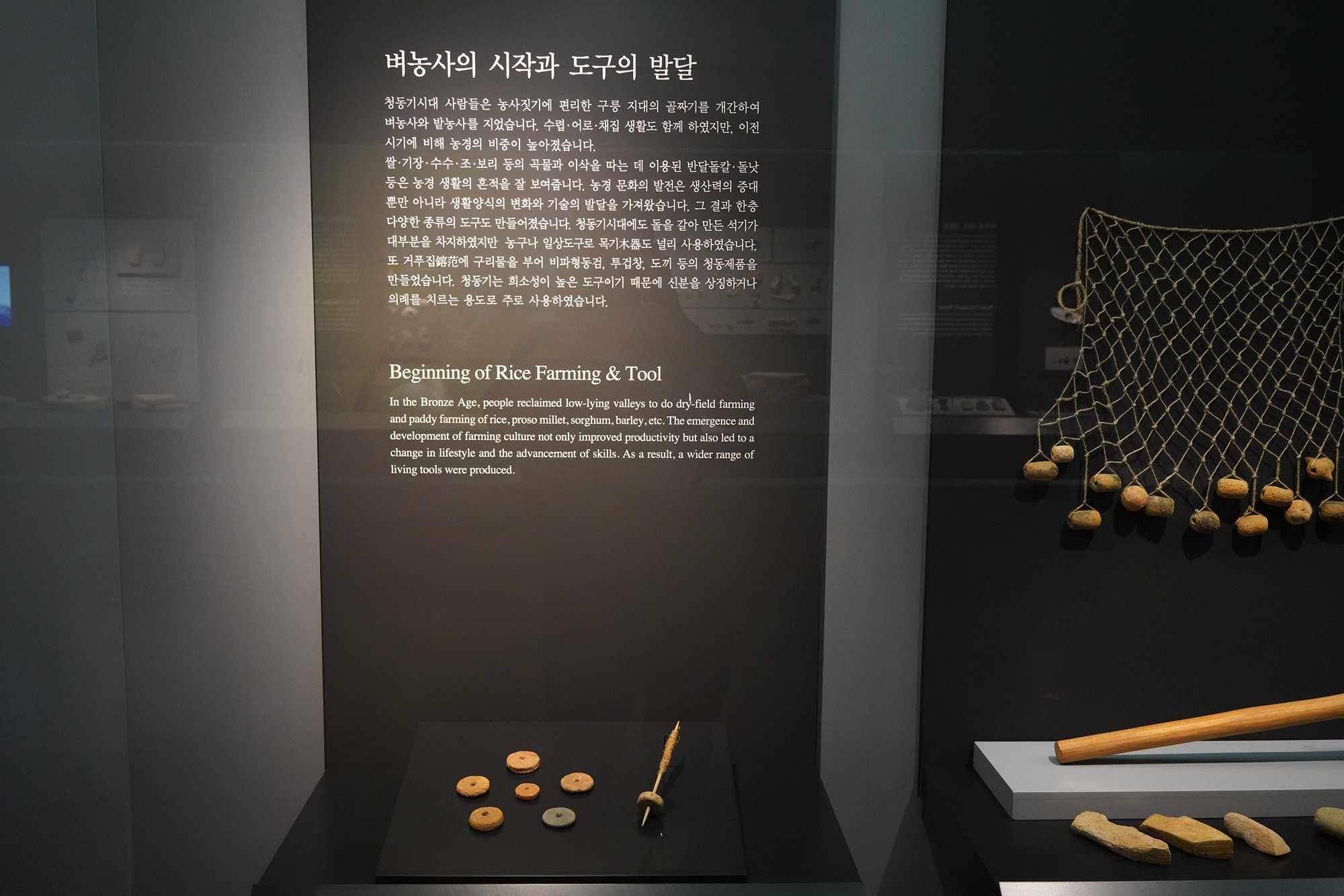
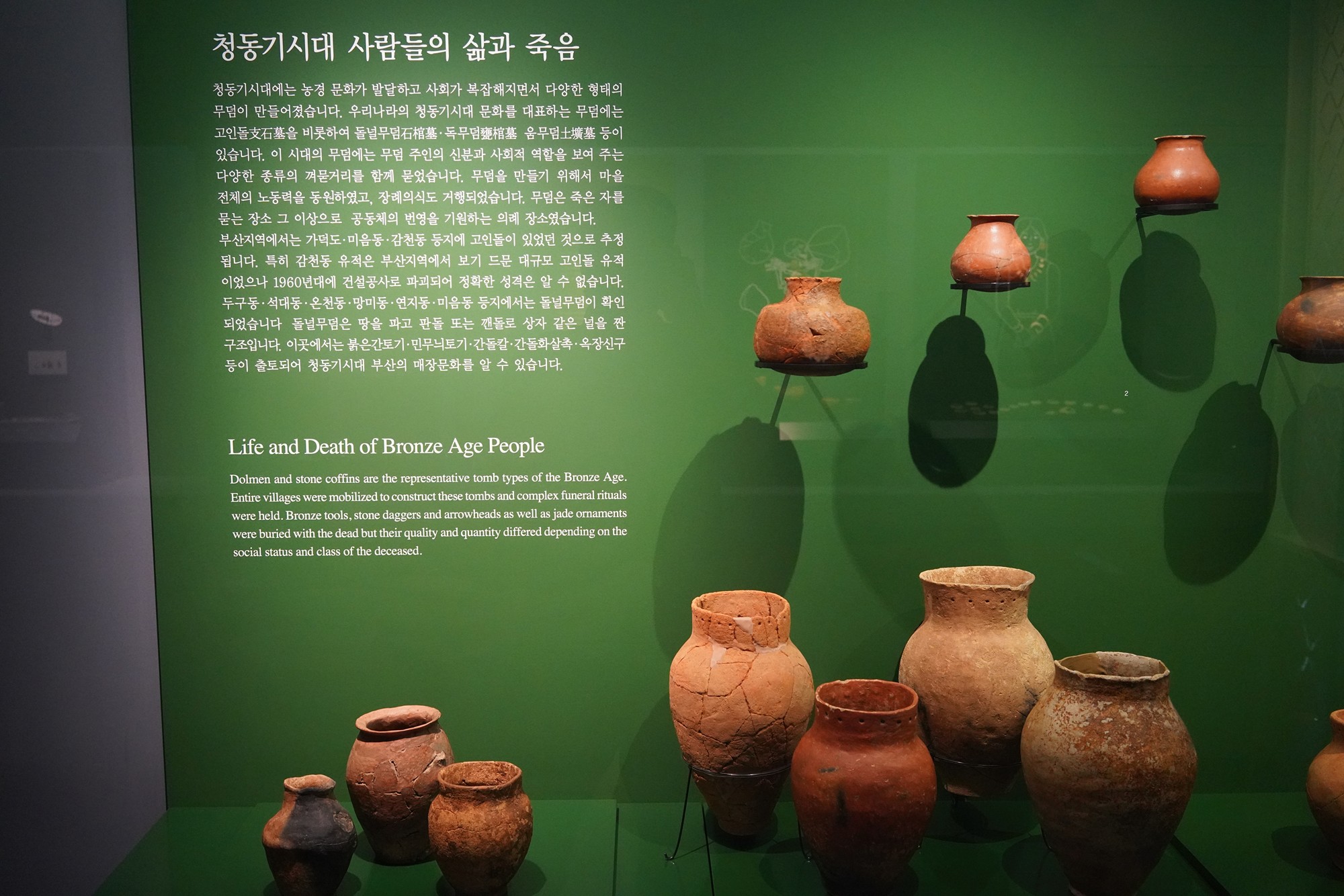
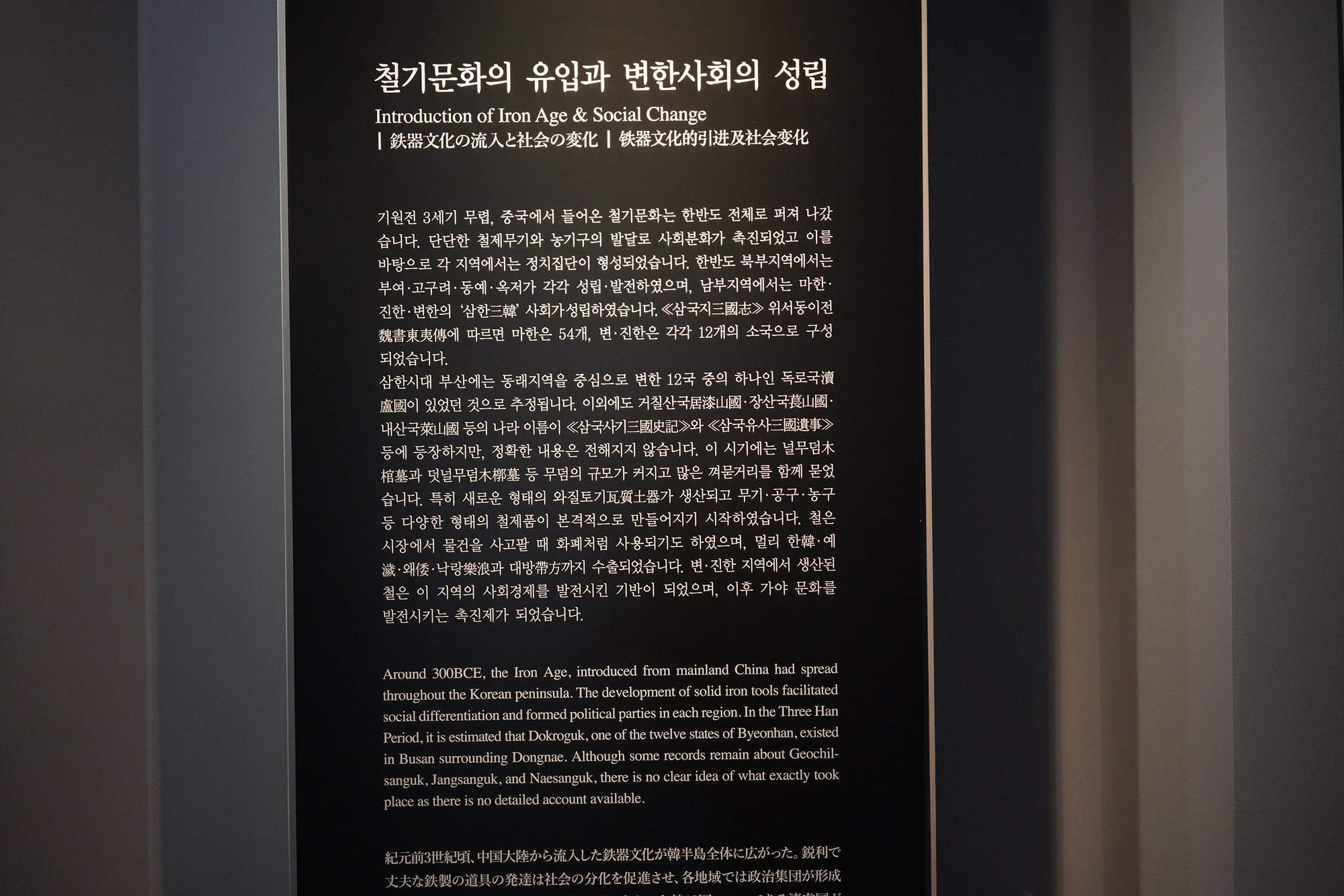
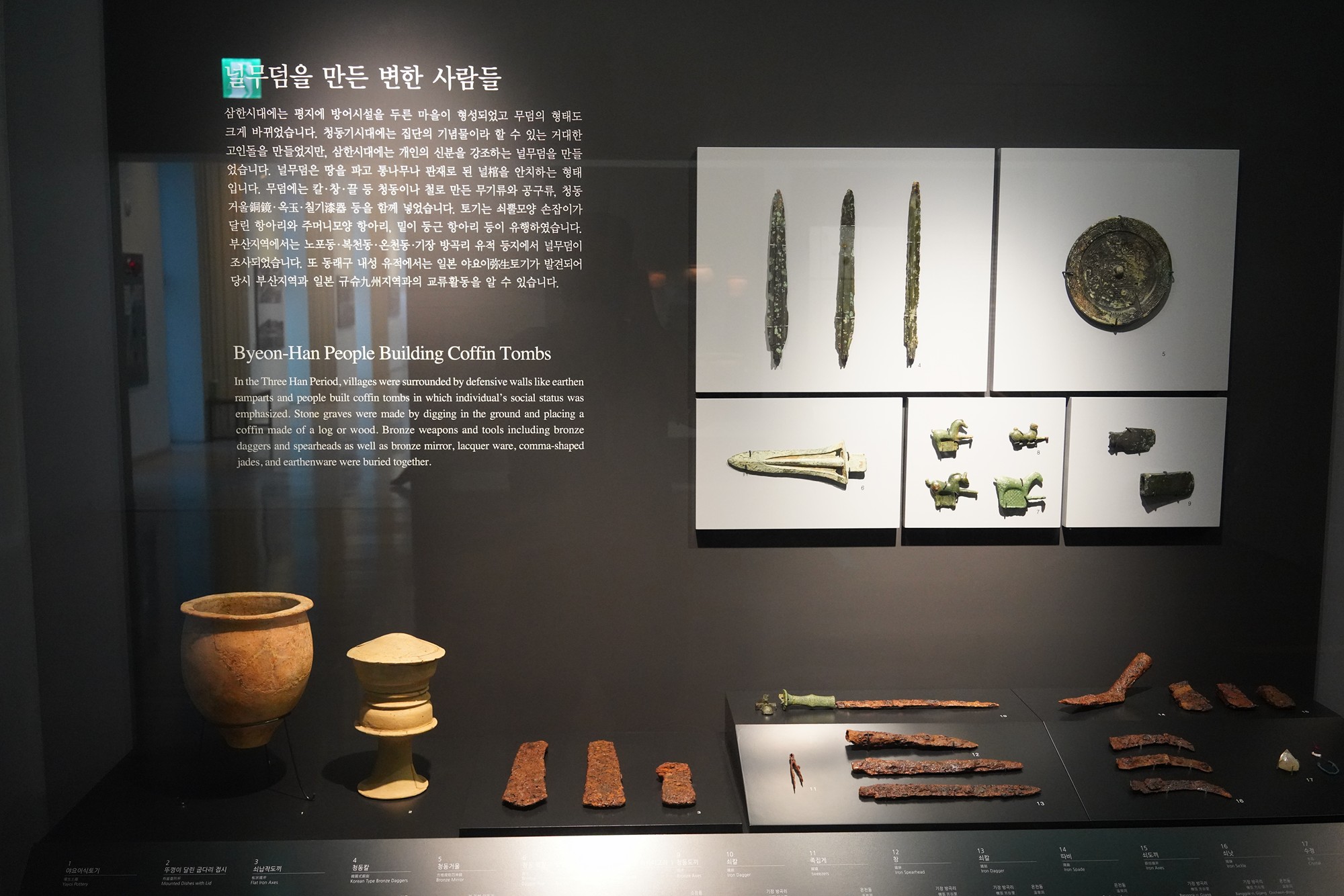
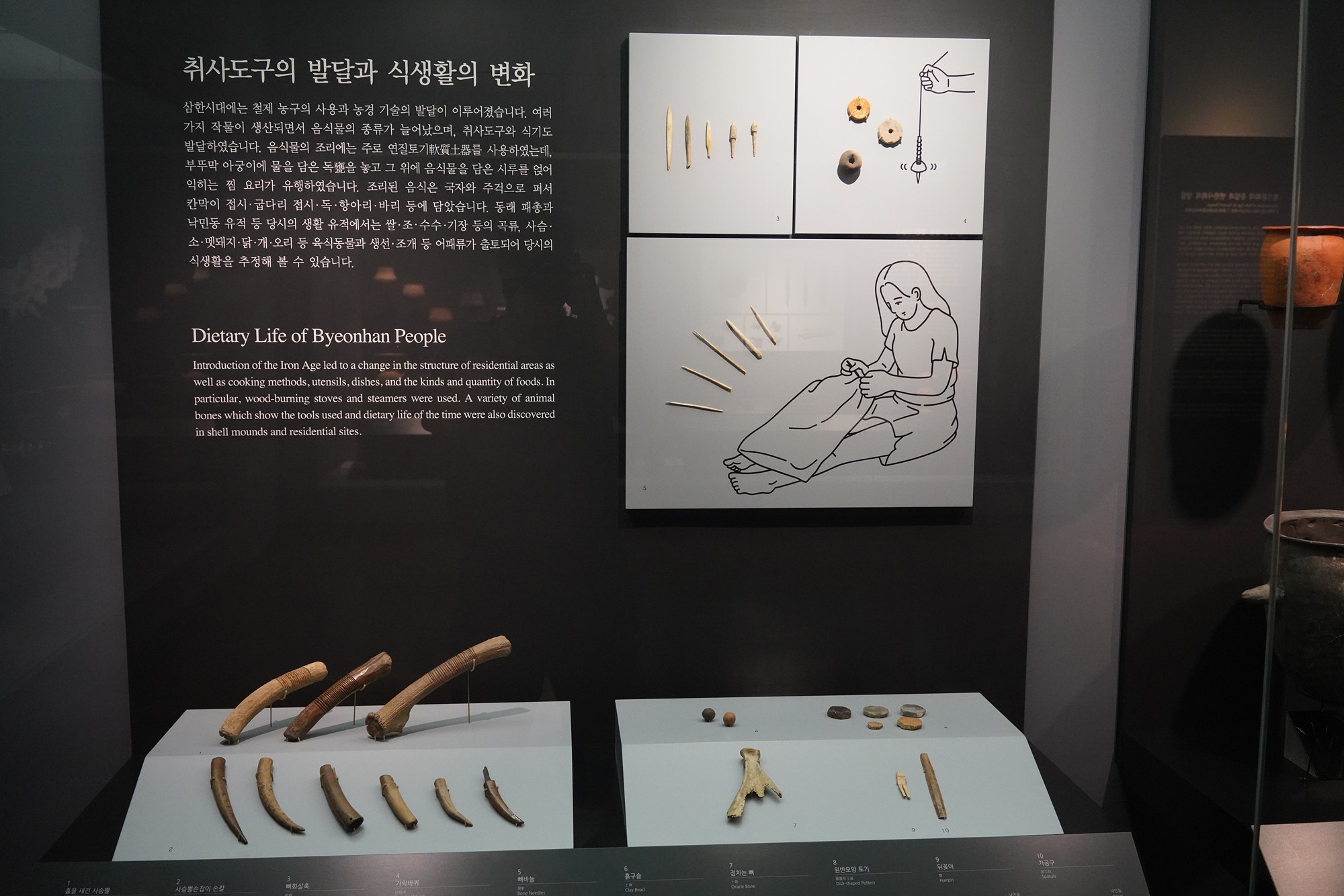
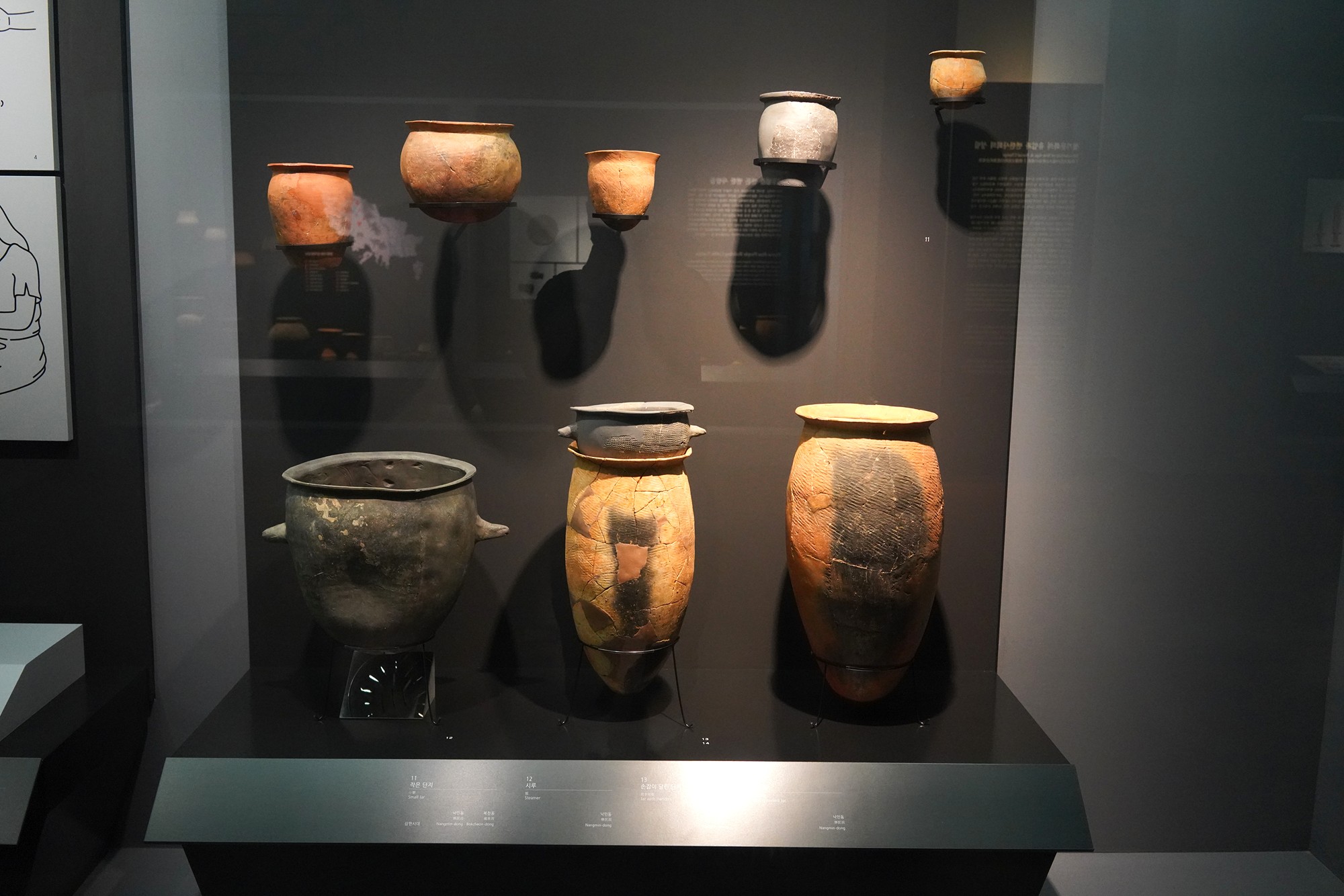

Moved over to items related to the Busan area
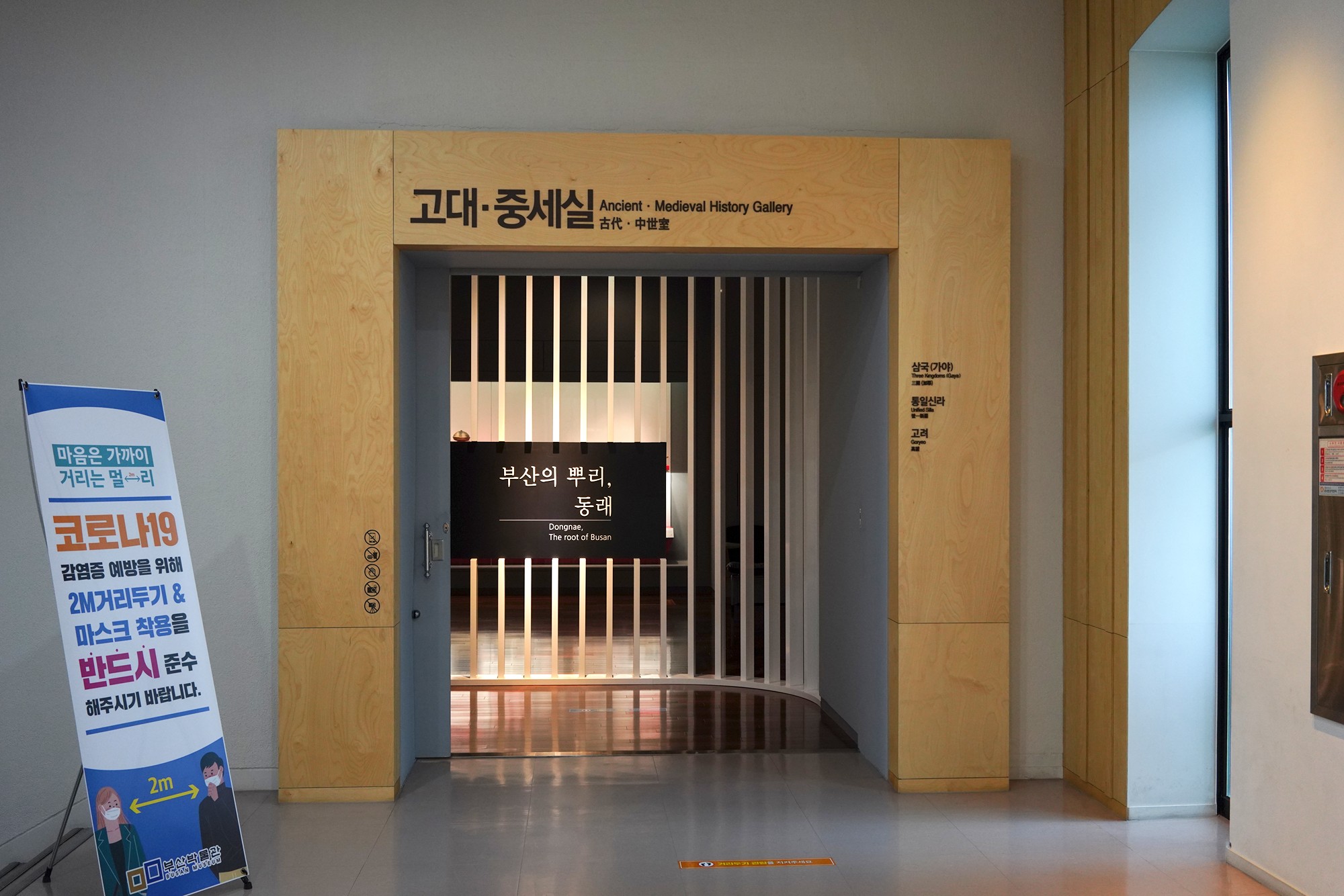
Long times ago, Busan was called Dongnae as part of Gaya Kingdom, which was merged with Silla Kingdom around 600 CE.
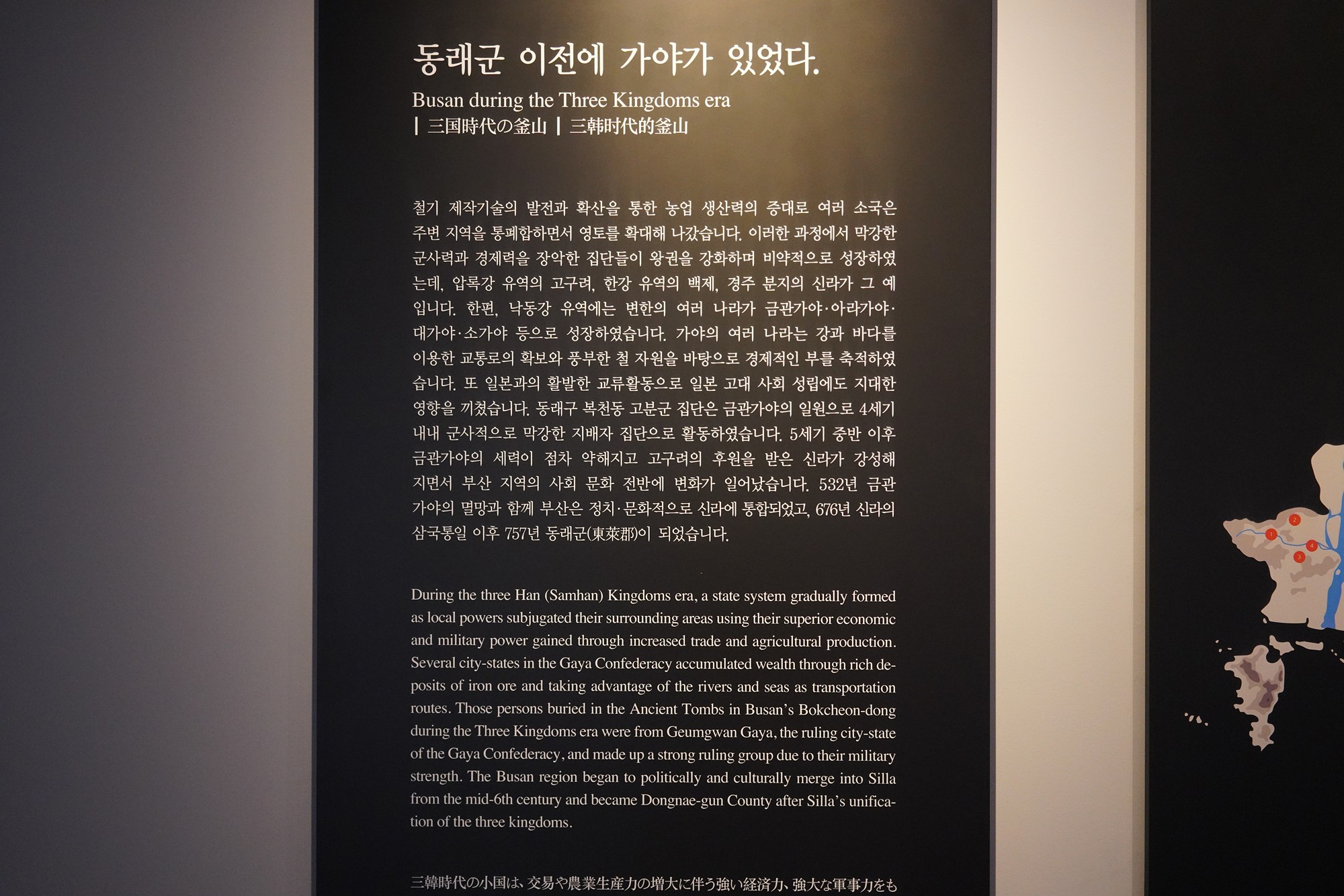
The armor and weapons
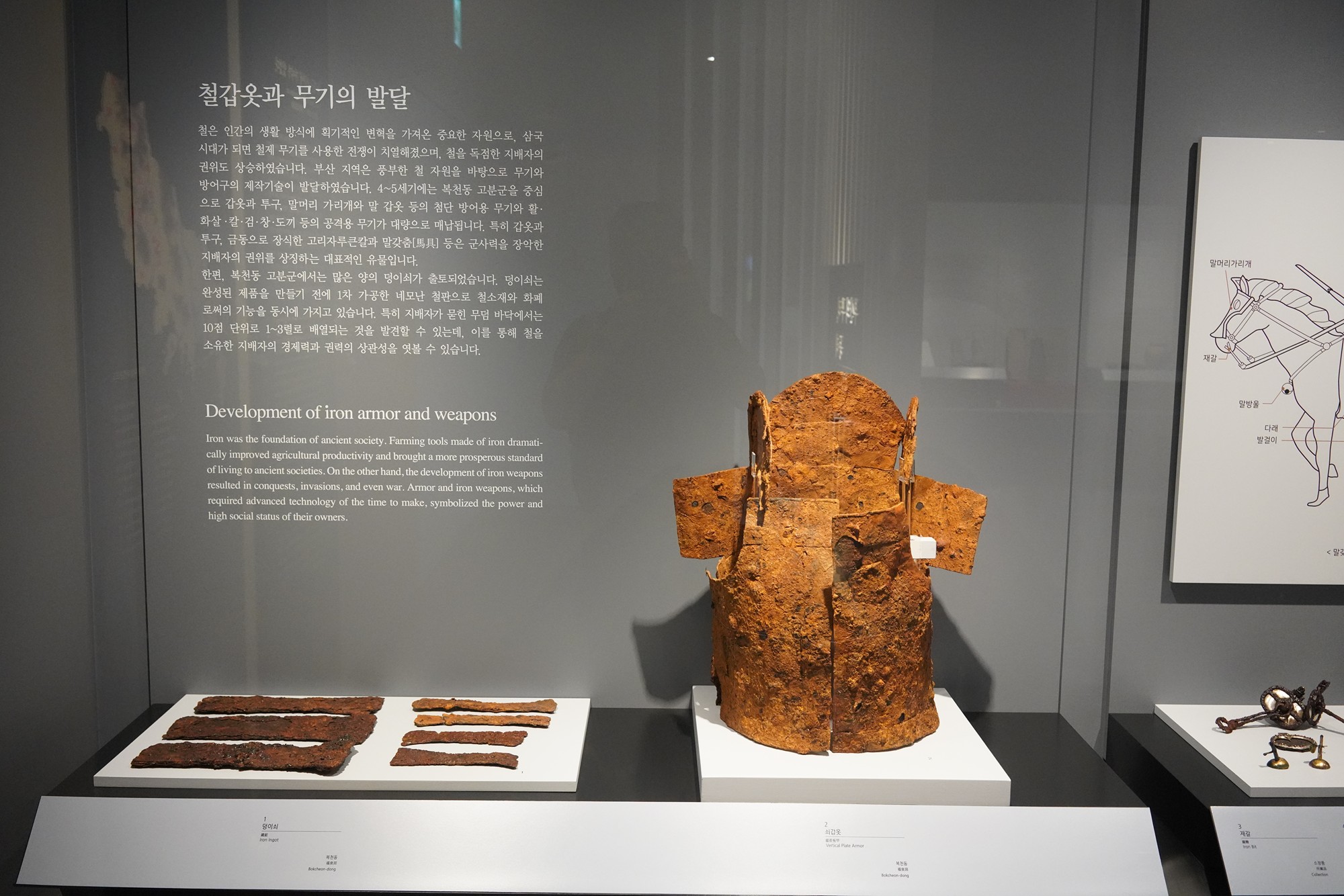
The vessels used
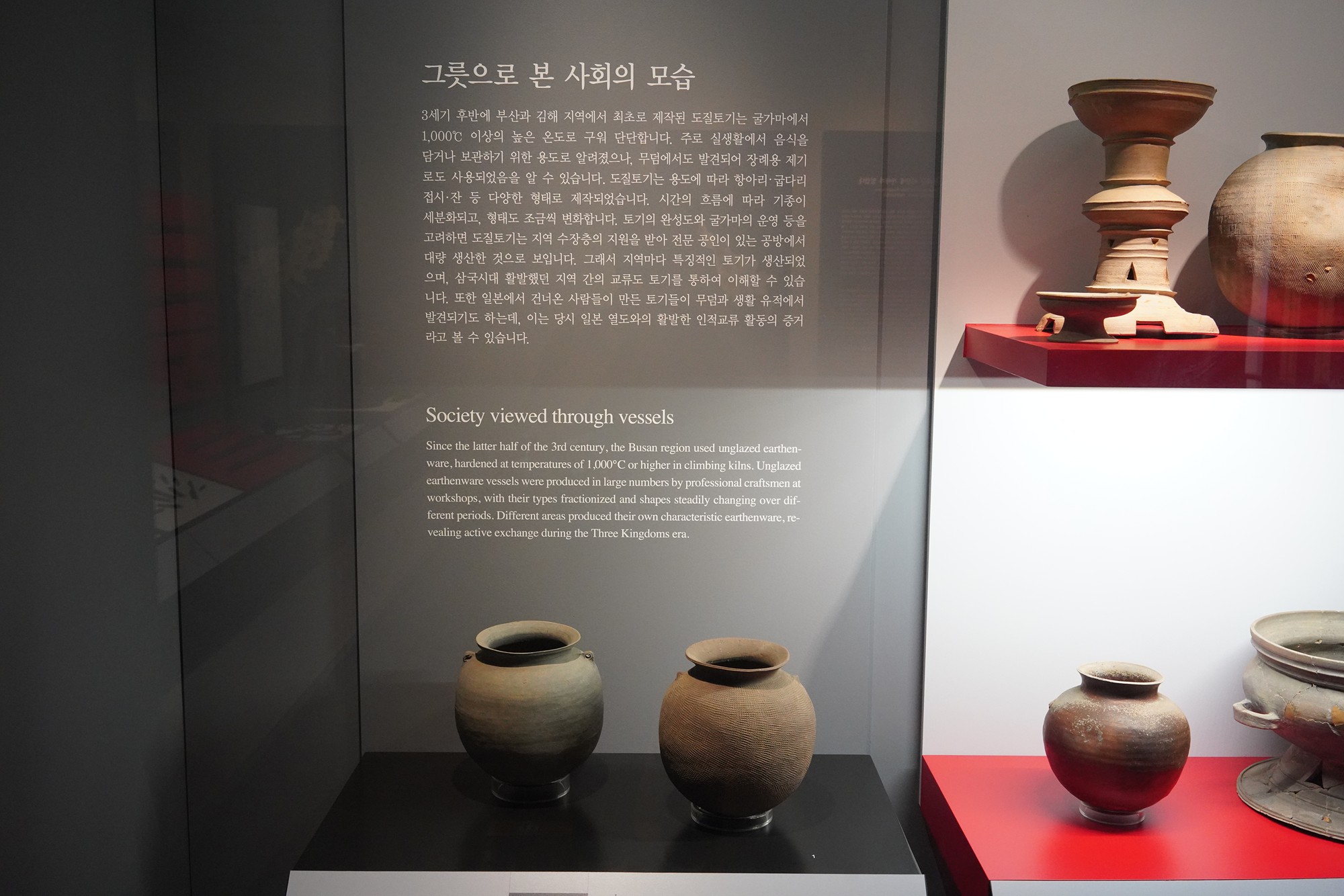

The Jewels
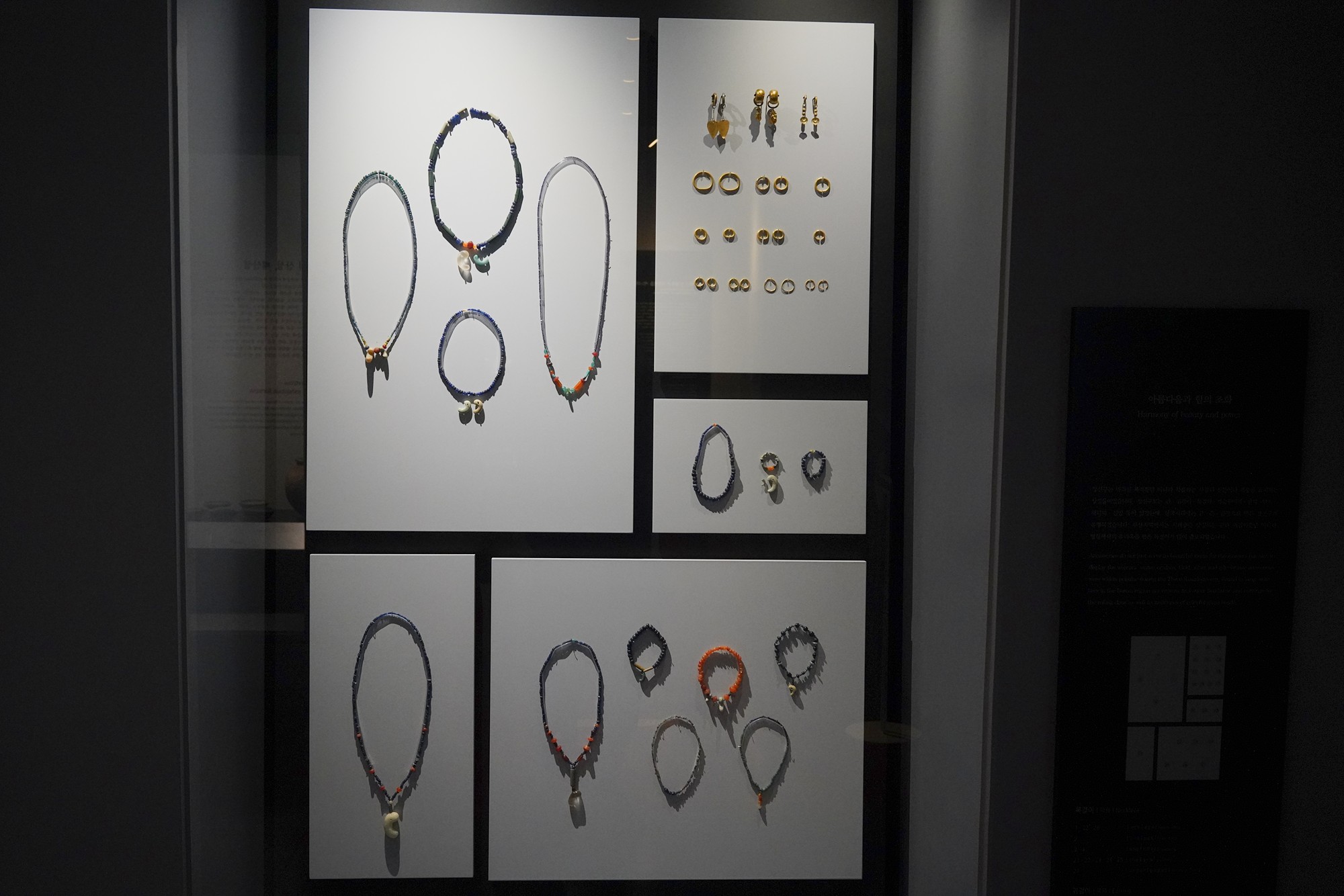
During the Silla period, Busan was called Dongnae, and during this time, Buddhism was spreading fast, and the way to bury a dead body was changed.
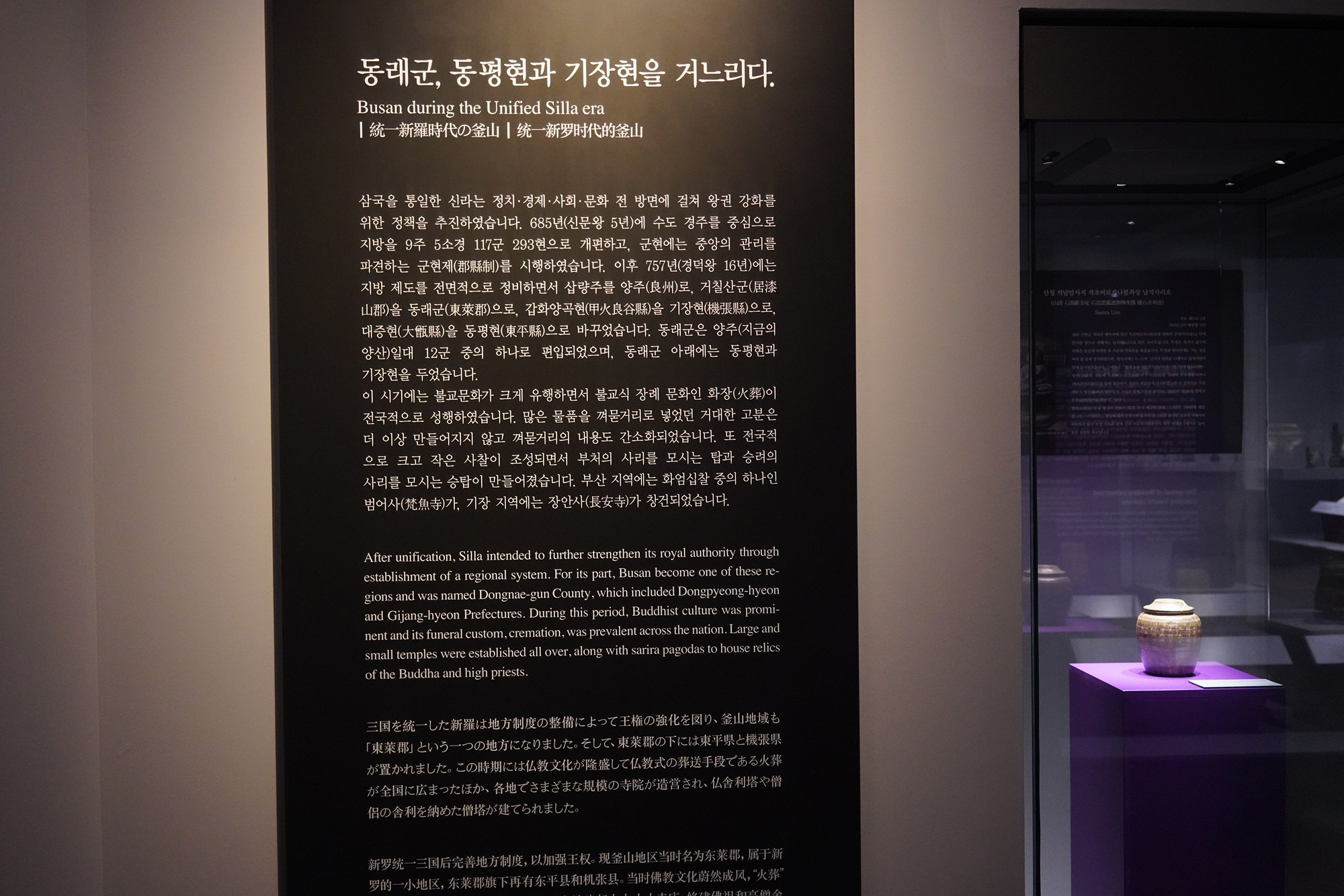
The spread of Buddhism
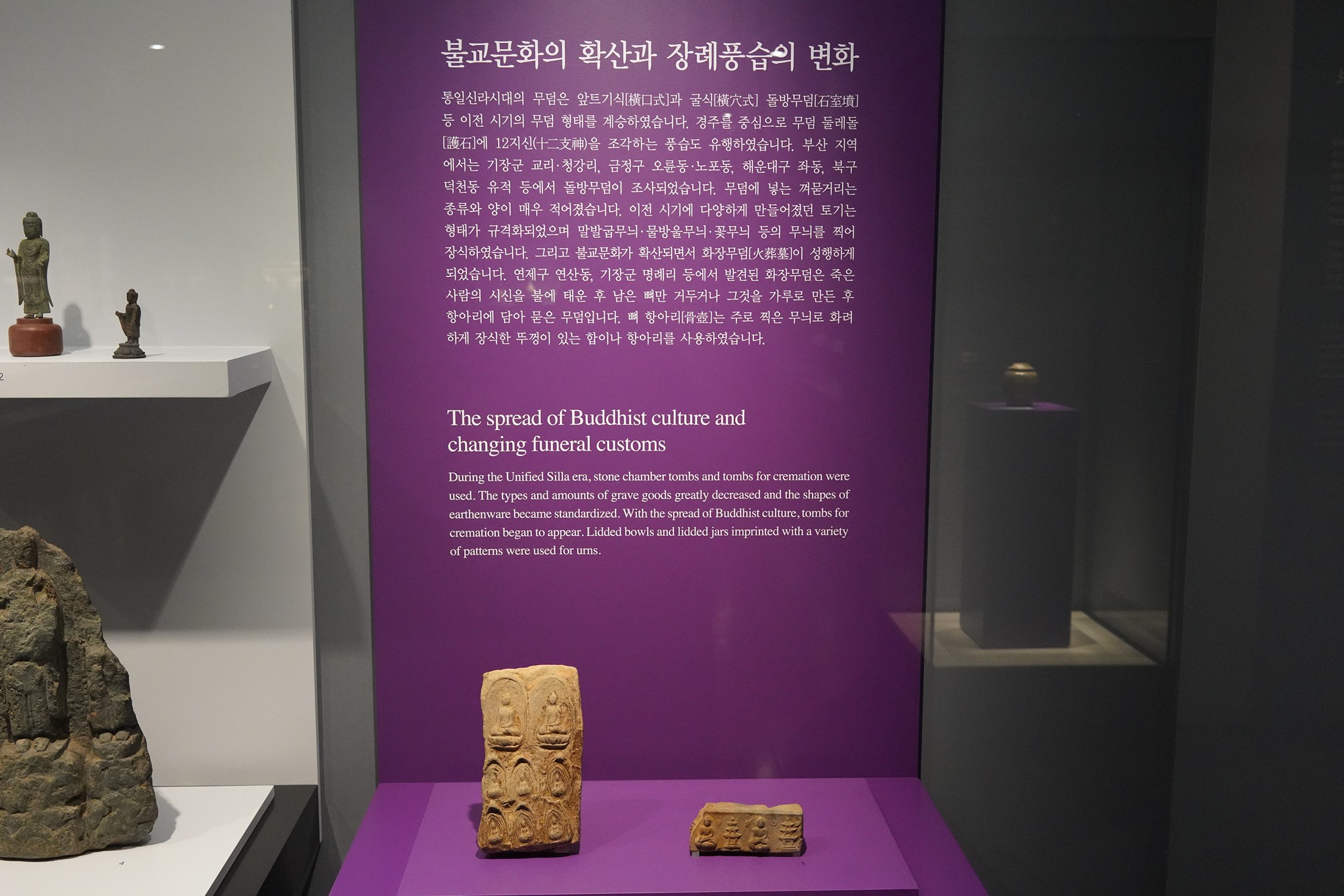
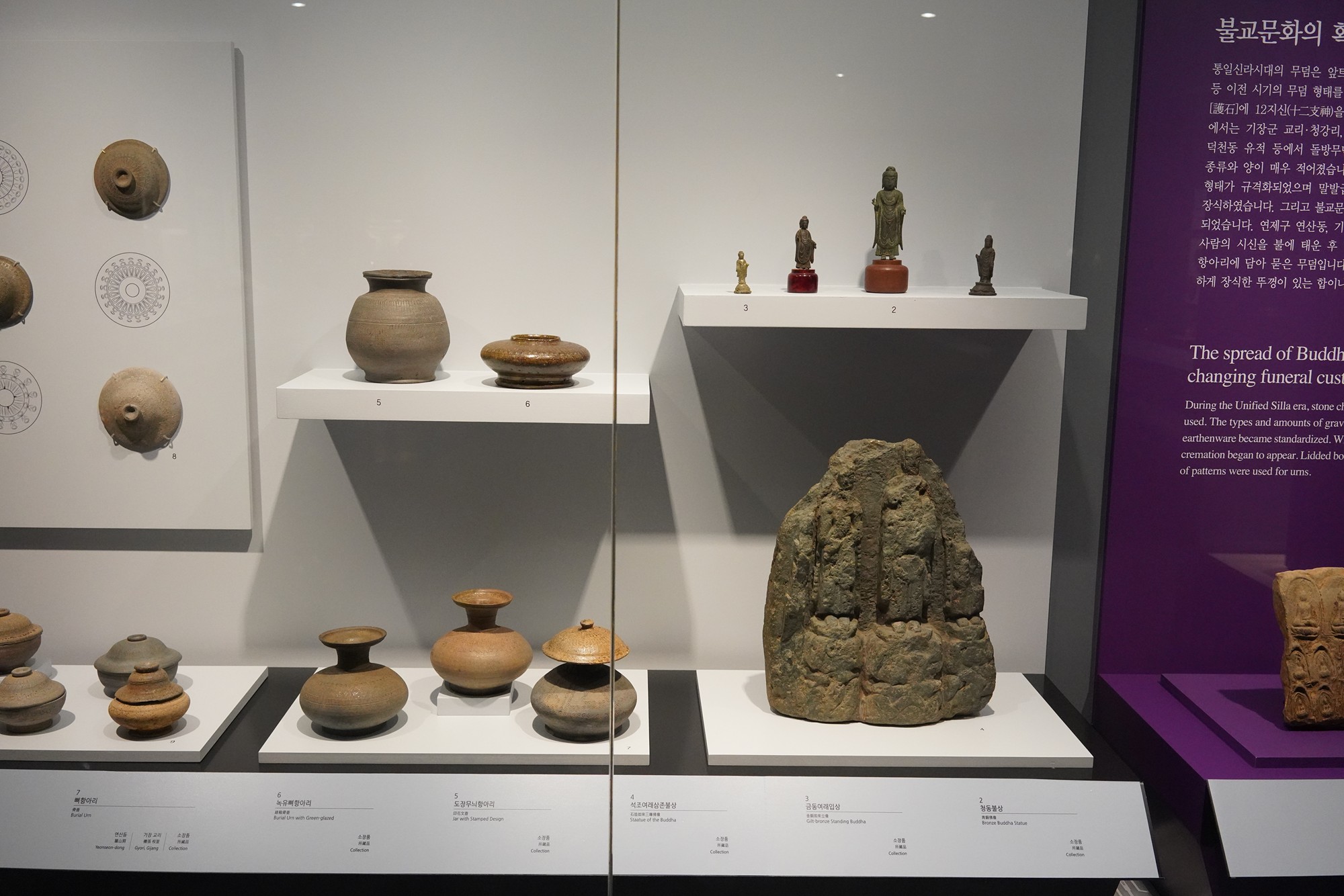
Artifacts found near ancient water well
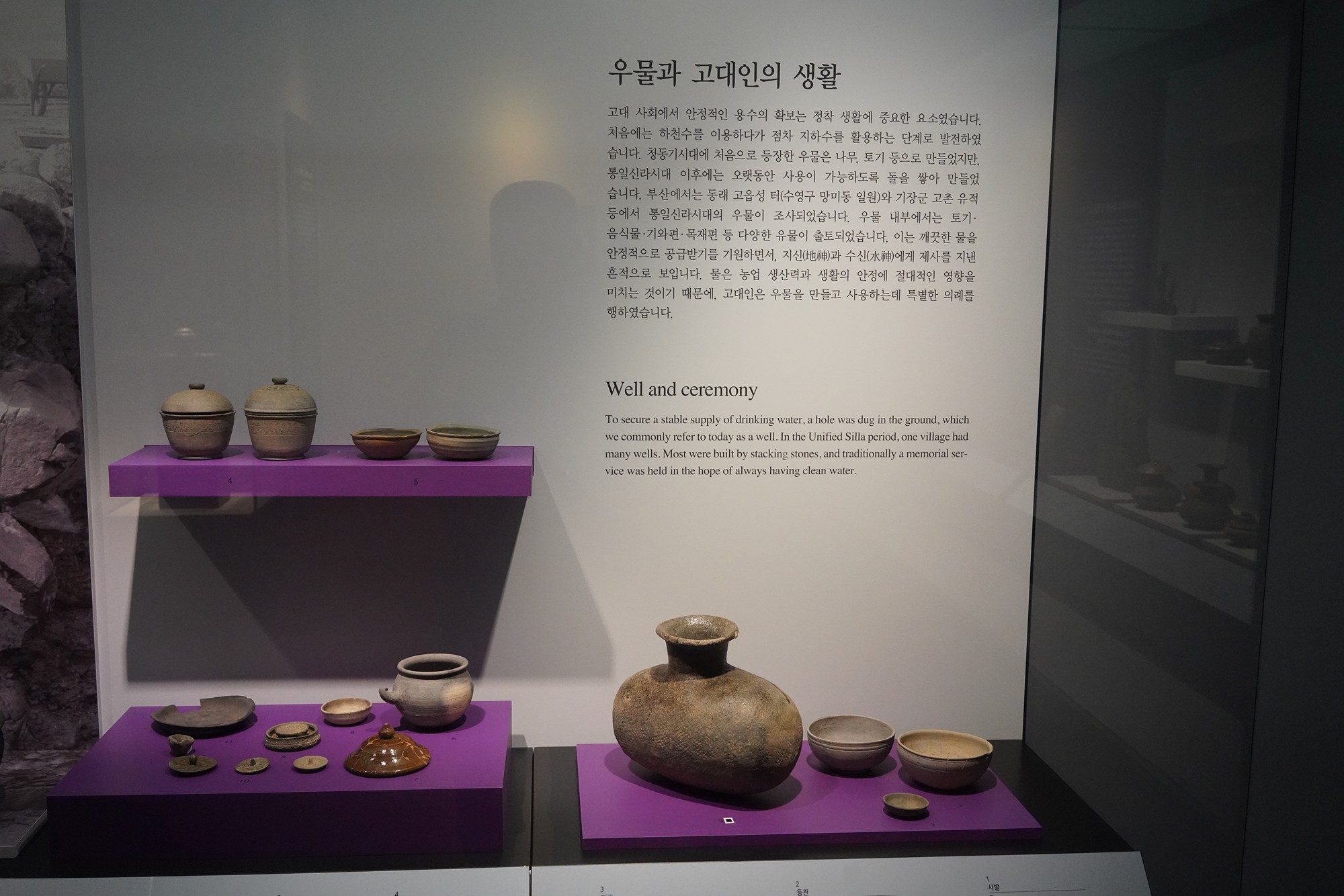
The art of house roof tiles
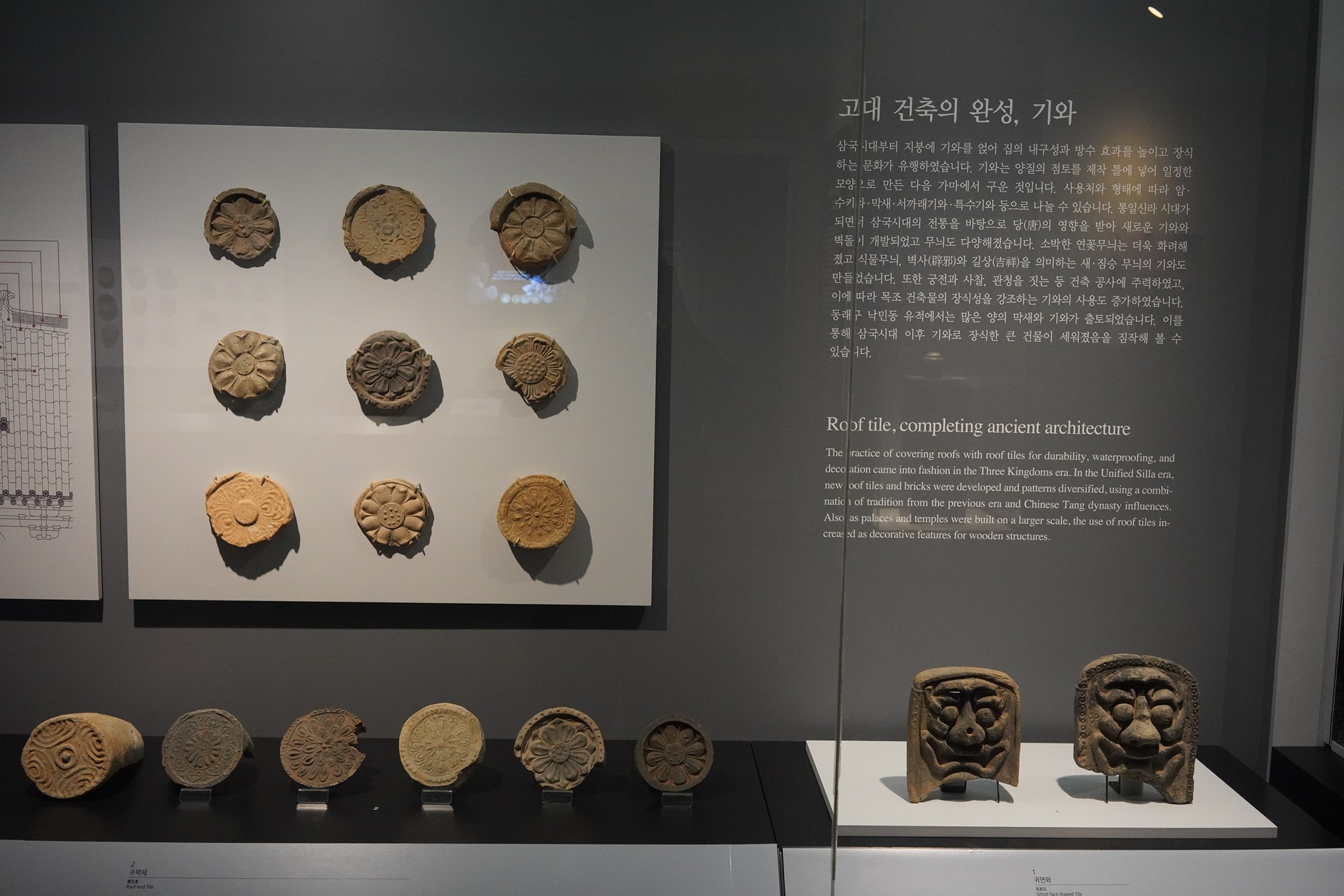
At the end of the Silla period, the Busan area was ruled by powerful local clans.
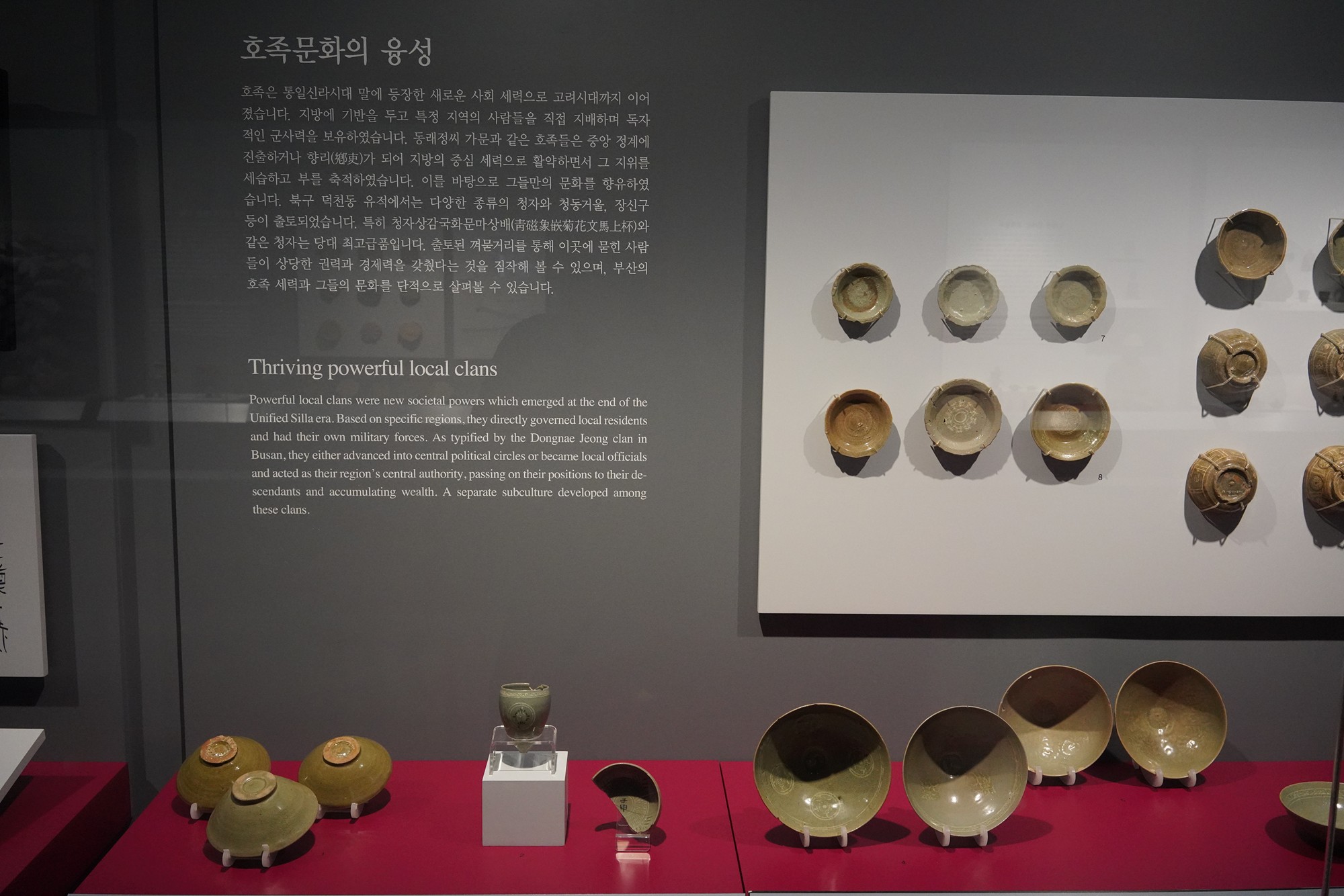
After the Silla period, in the Goryeo period, the name Dongnae has changed to Dongnaehyeon represent a minor part of Busan, not the whole of it.
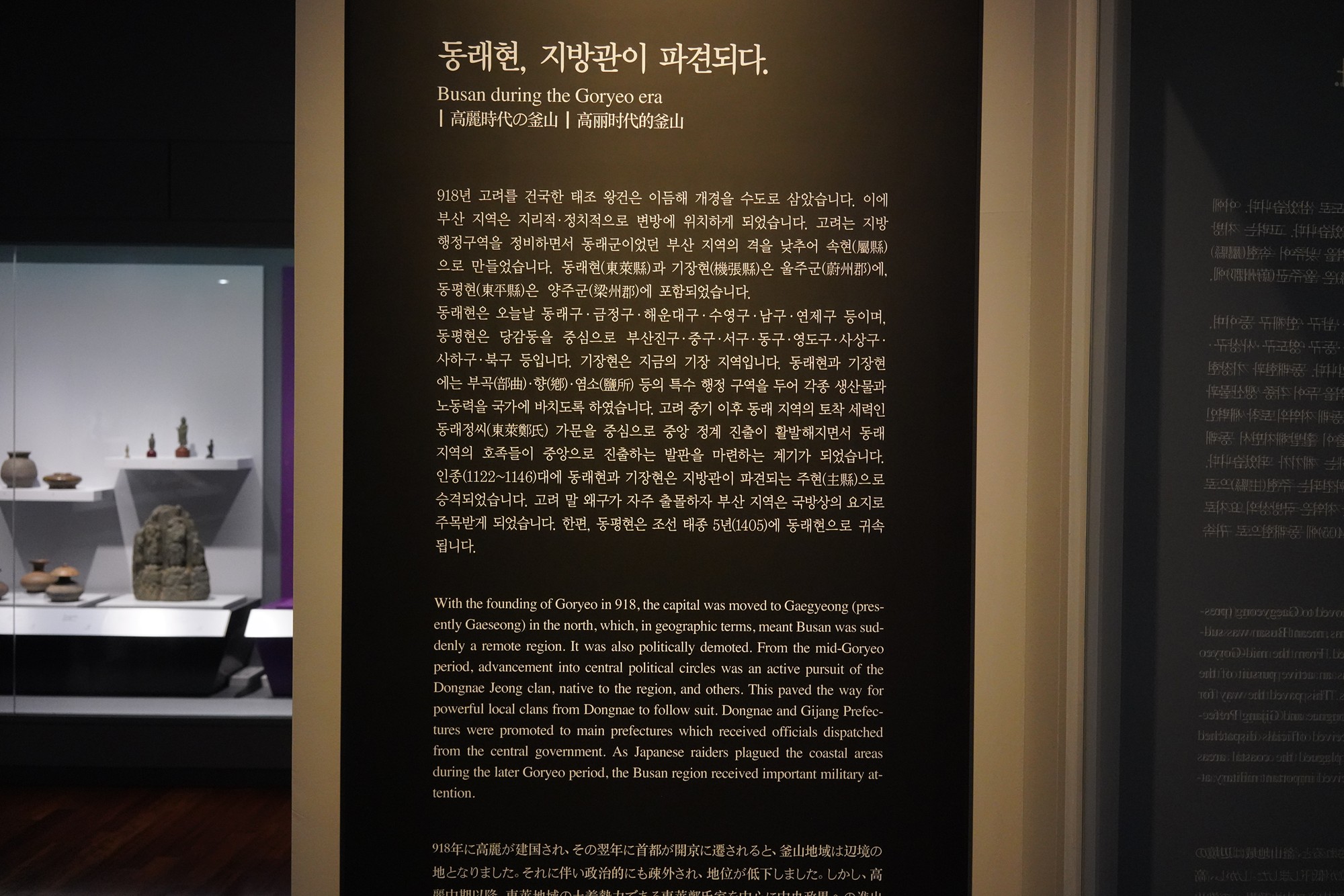
The spread of Buddhism continued during the Goryeo period.
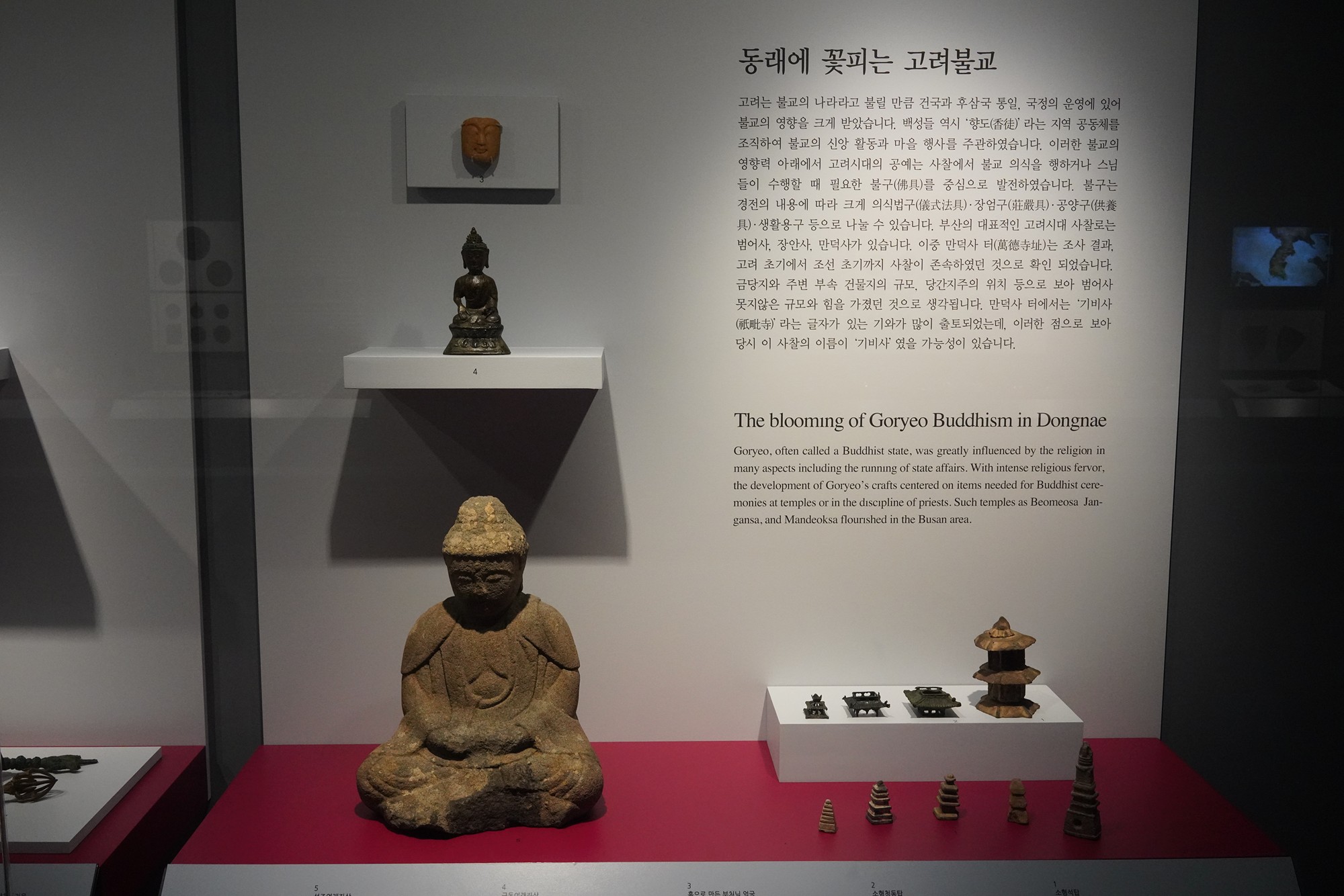
Items used during the Goryeo period.
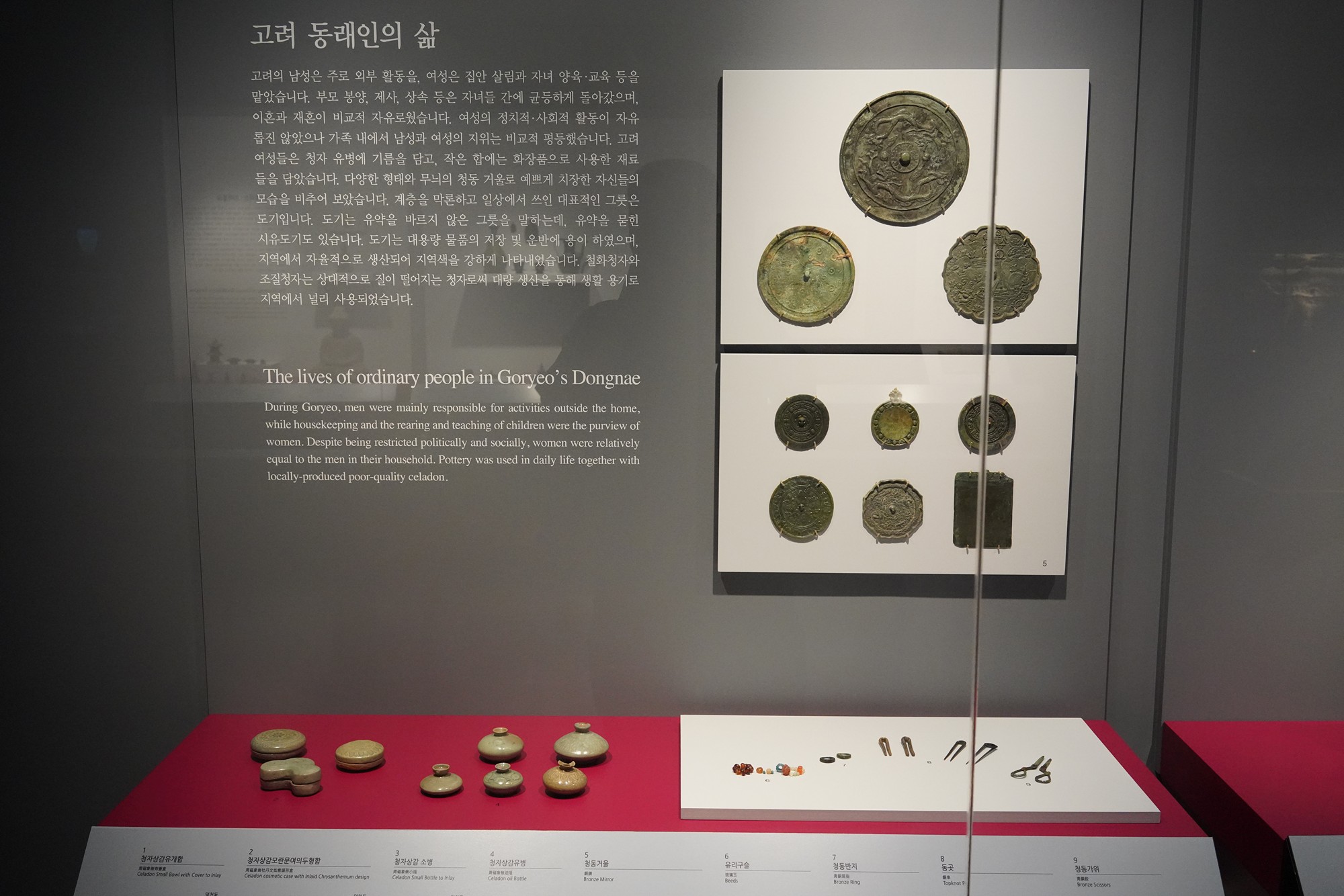
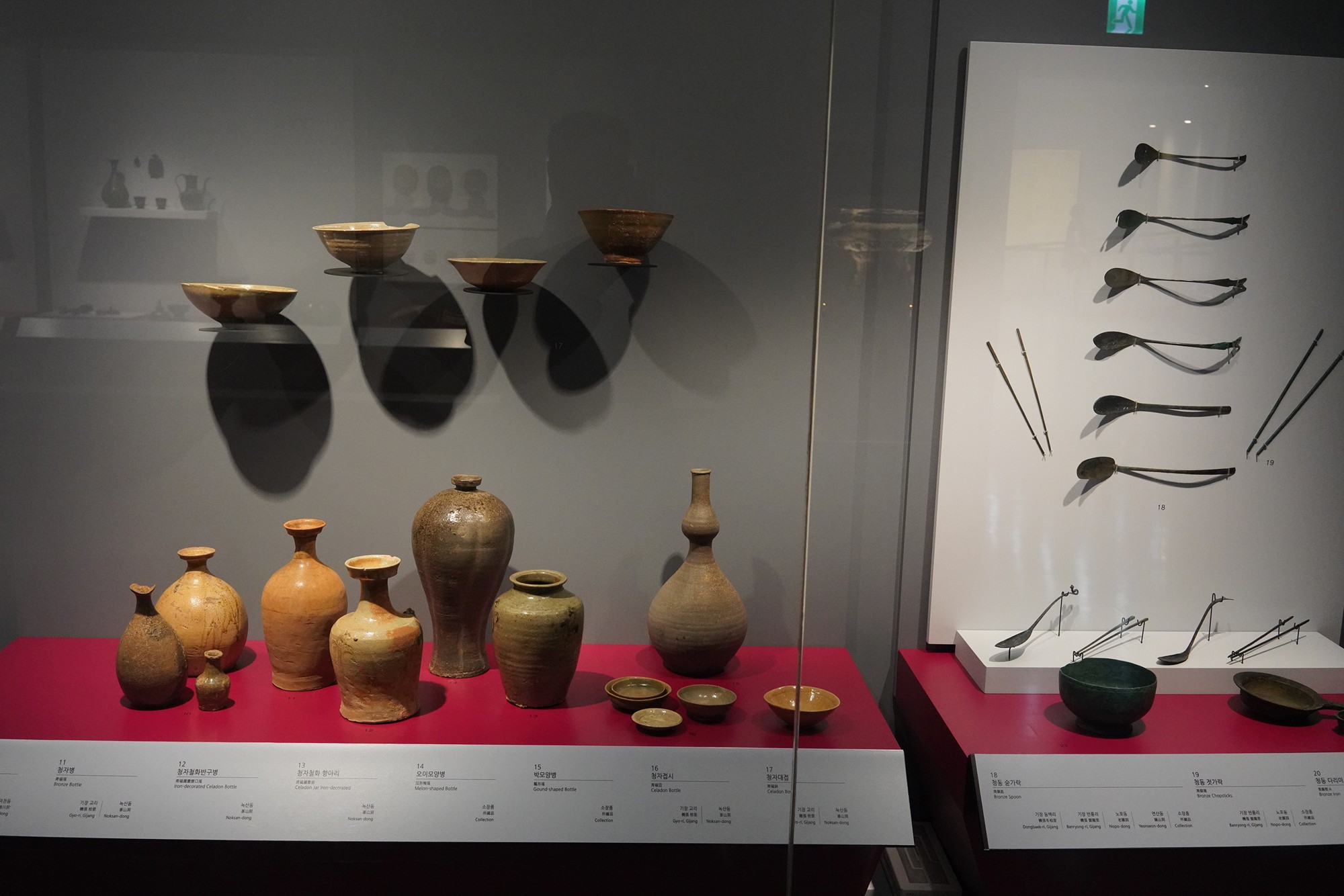

After the Goryeo period, in Joseon period, Busan became a defense fort and trading area. The name changed to Dongnaebu.
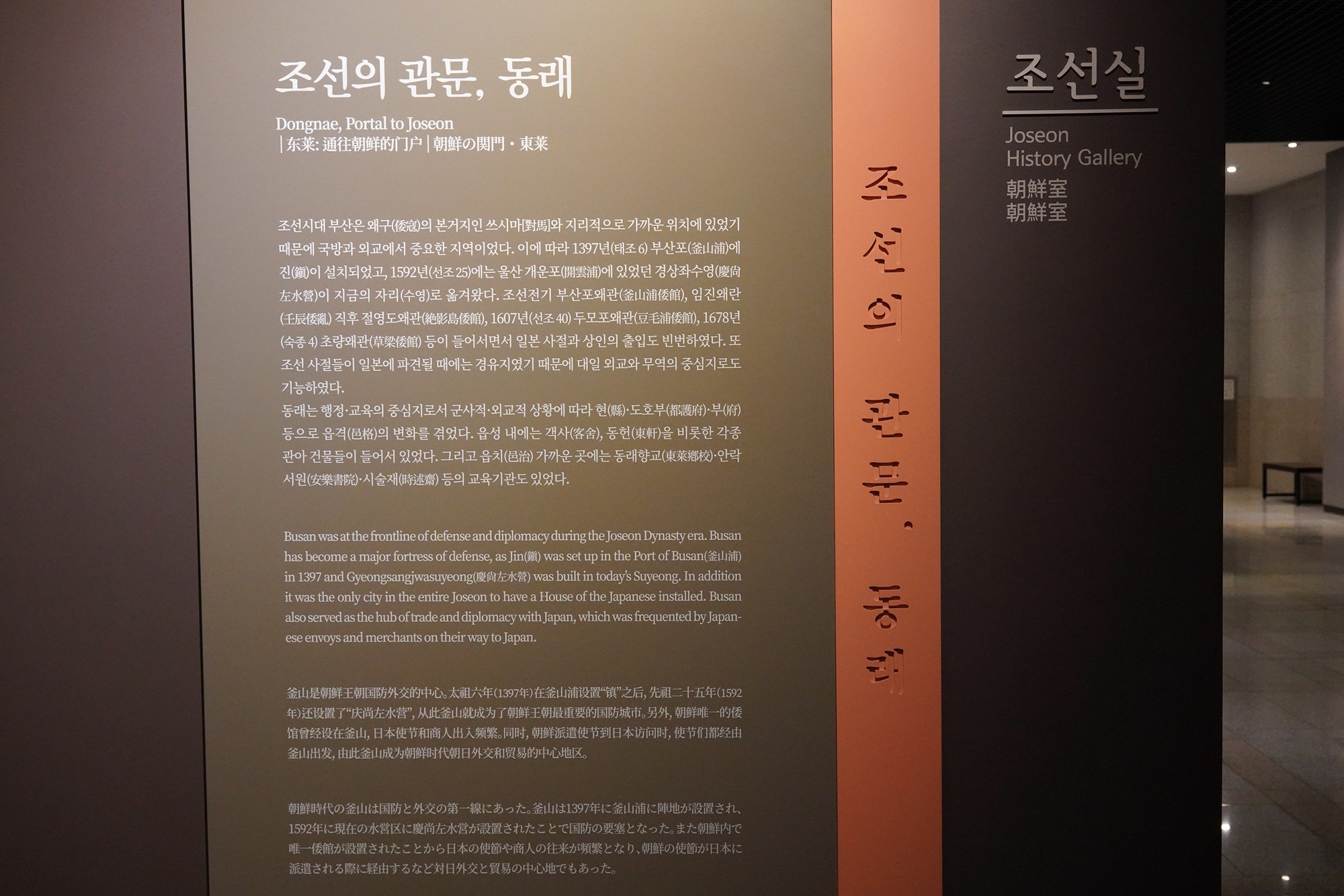
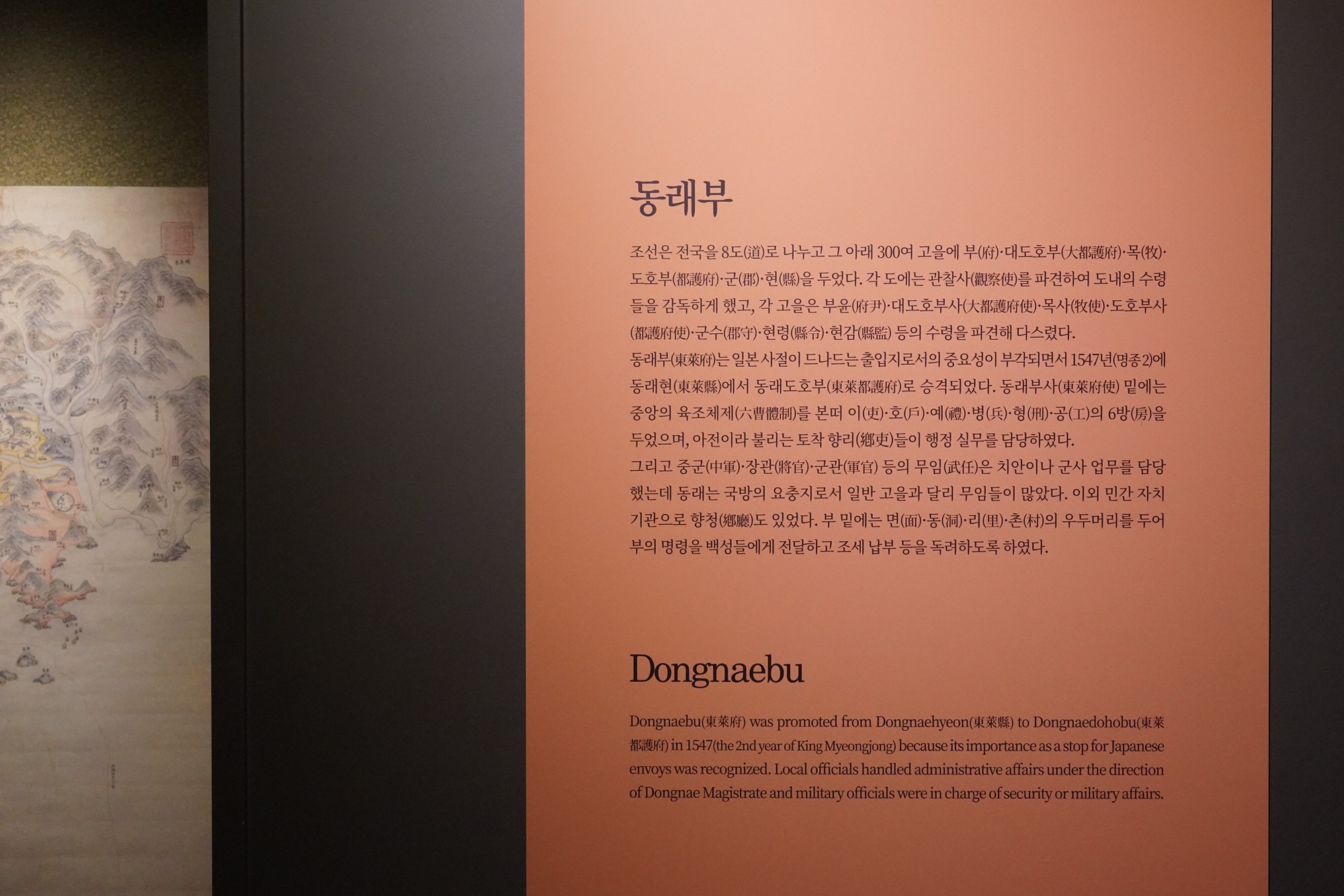
The laws for governing the area.
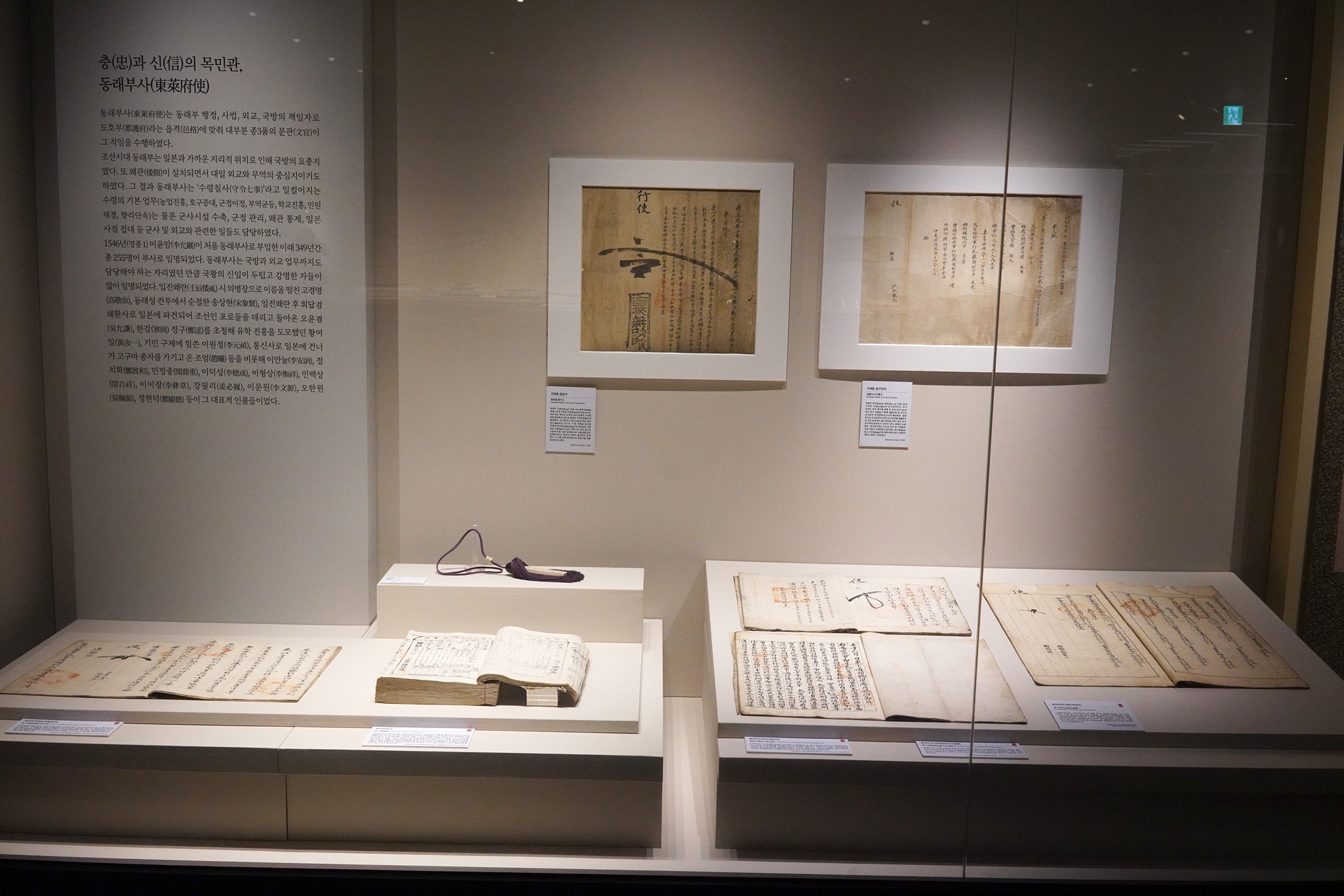
The education system
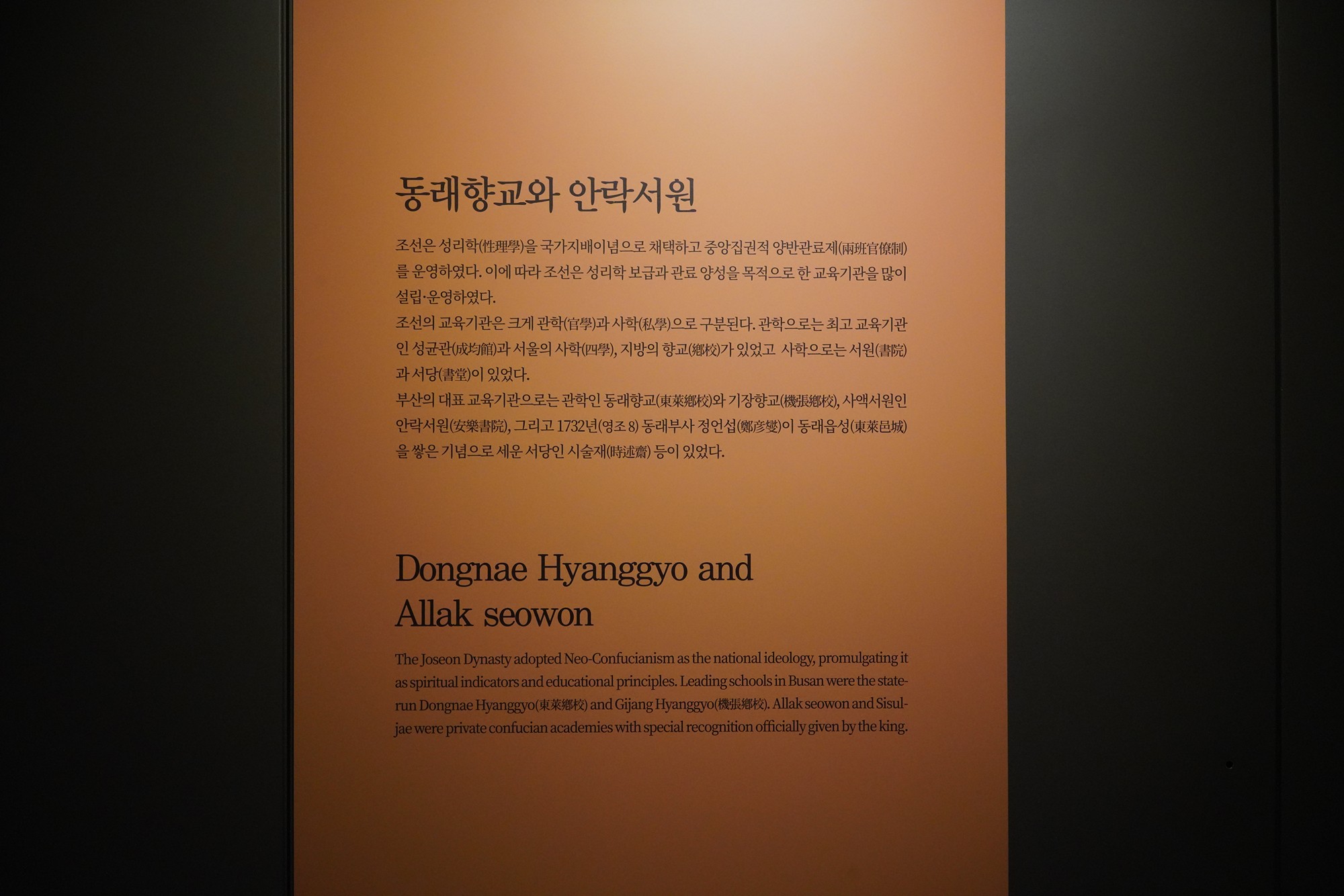
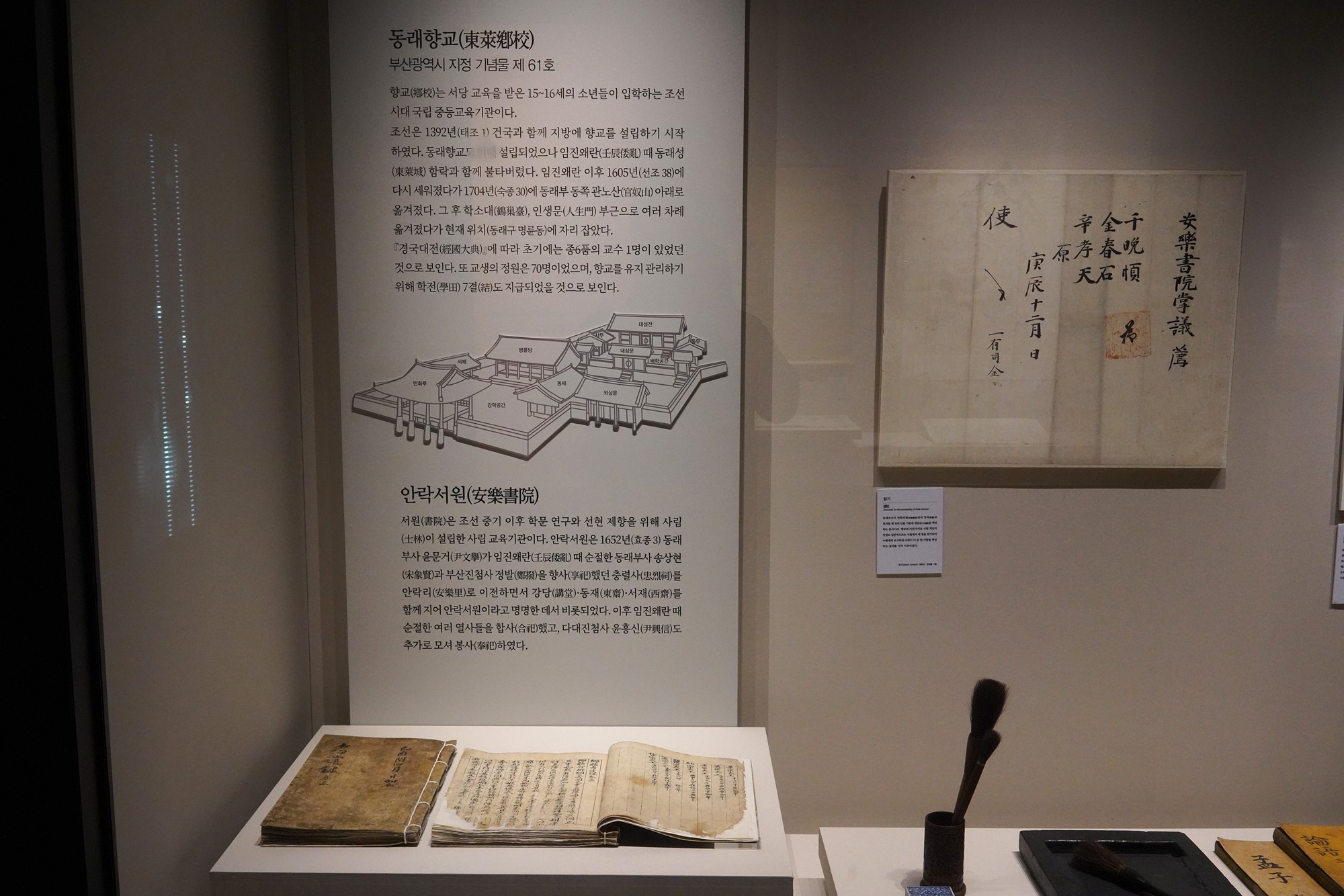
The Japanese invasion during the year of the 1590s caused the seven-year war.
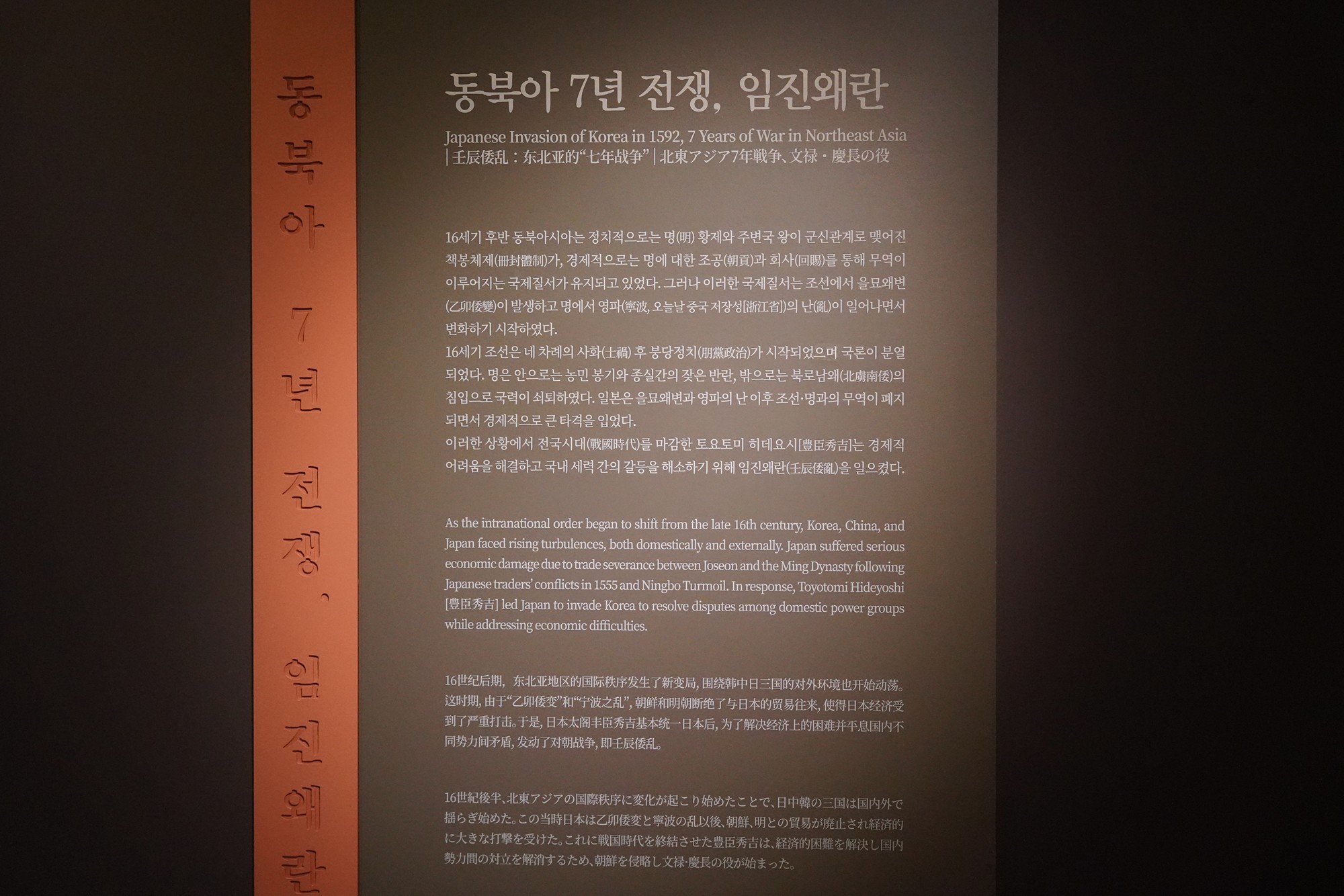

A painting of the war.
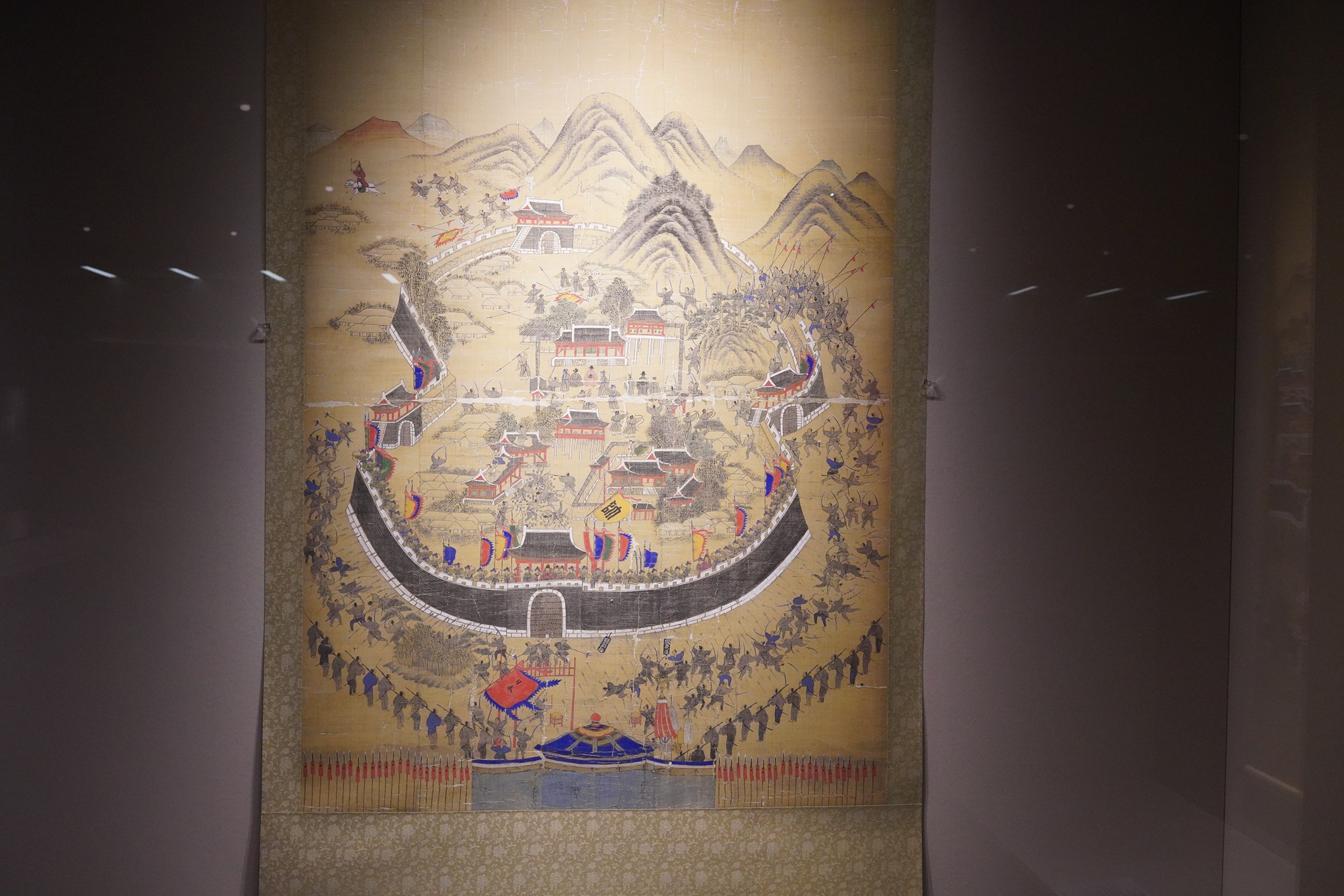
The armor and the weapons
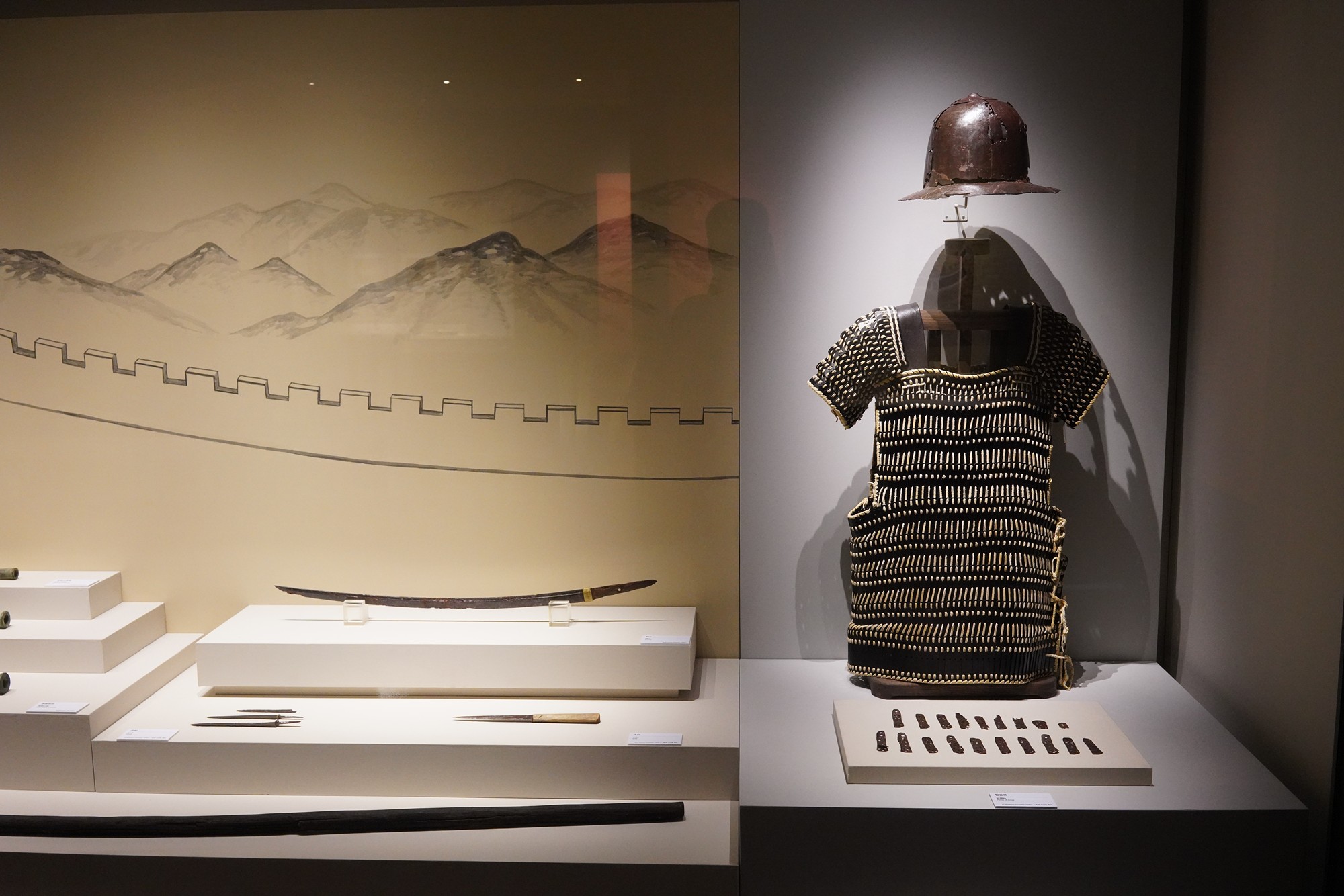
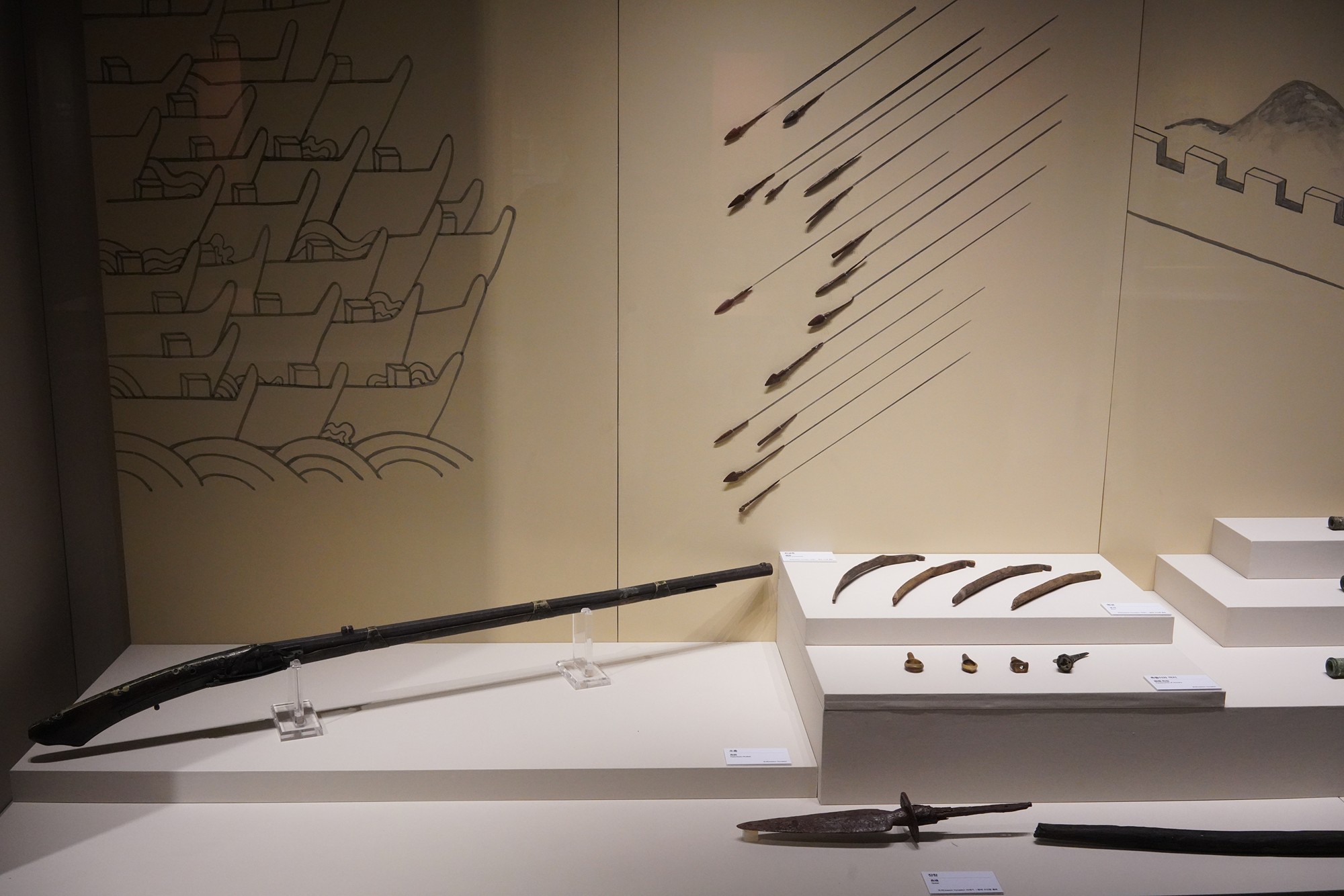
The documentation of the war
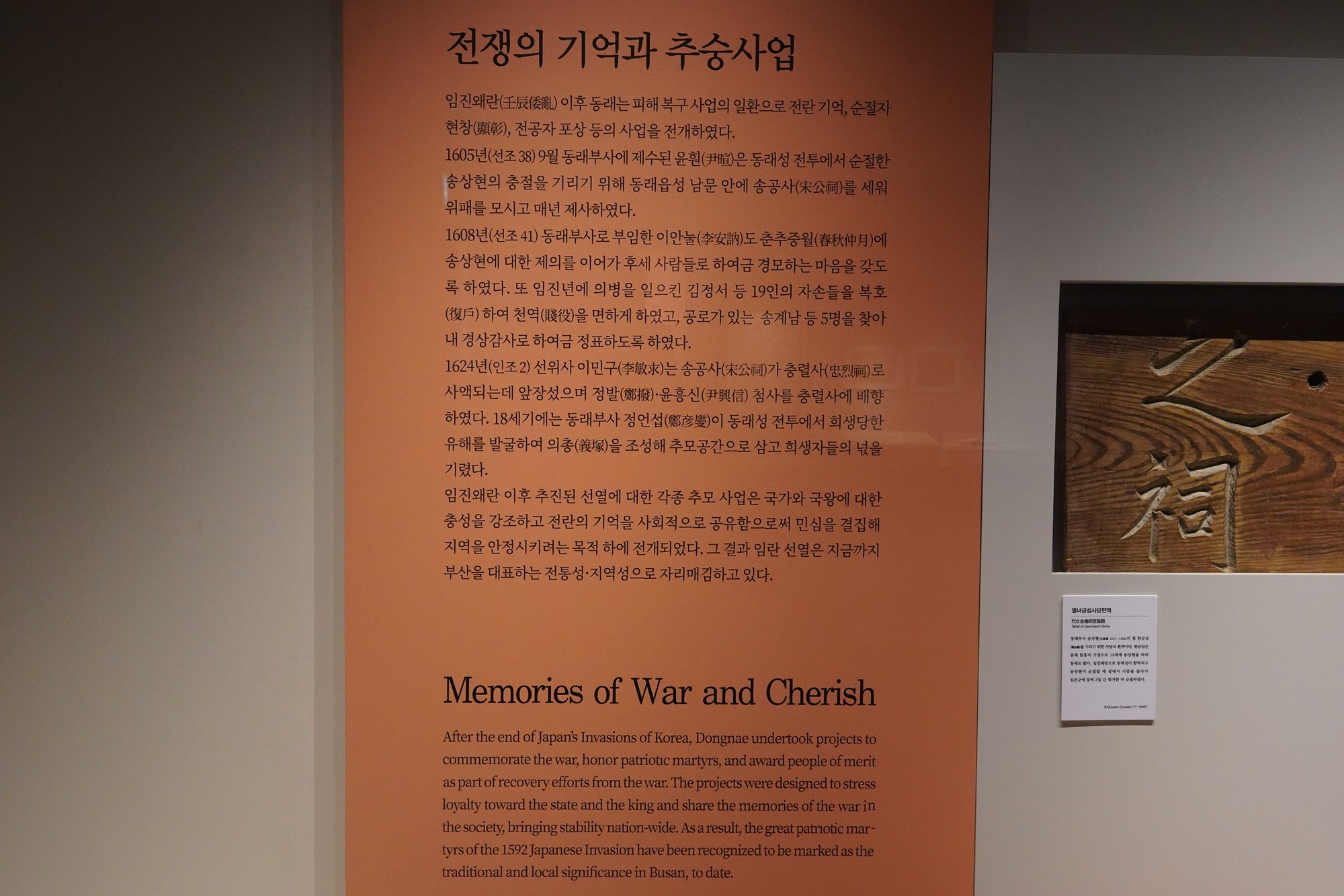
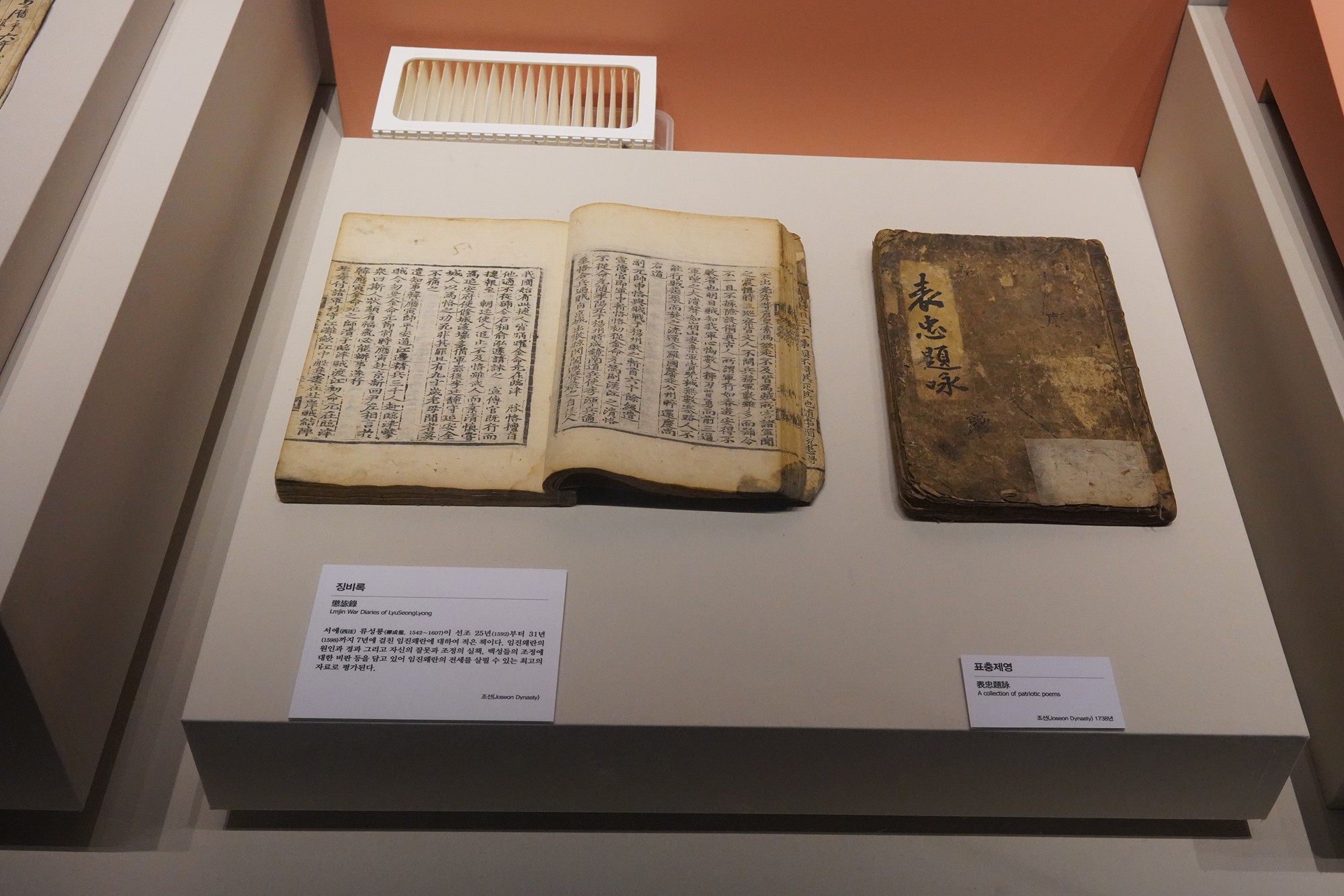
Tongsinsa, the diplomatic delegation to Japan after the war
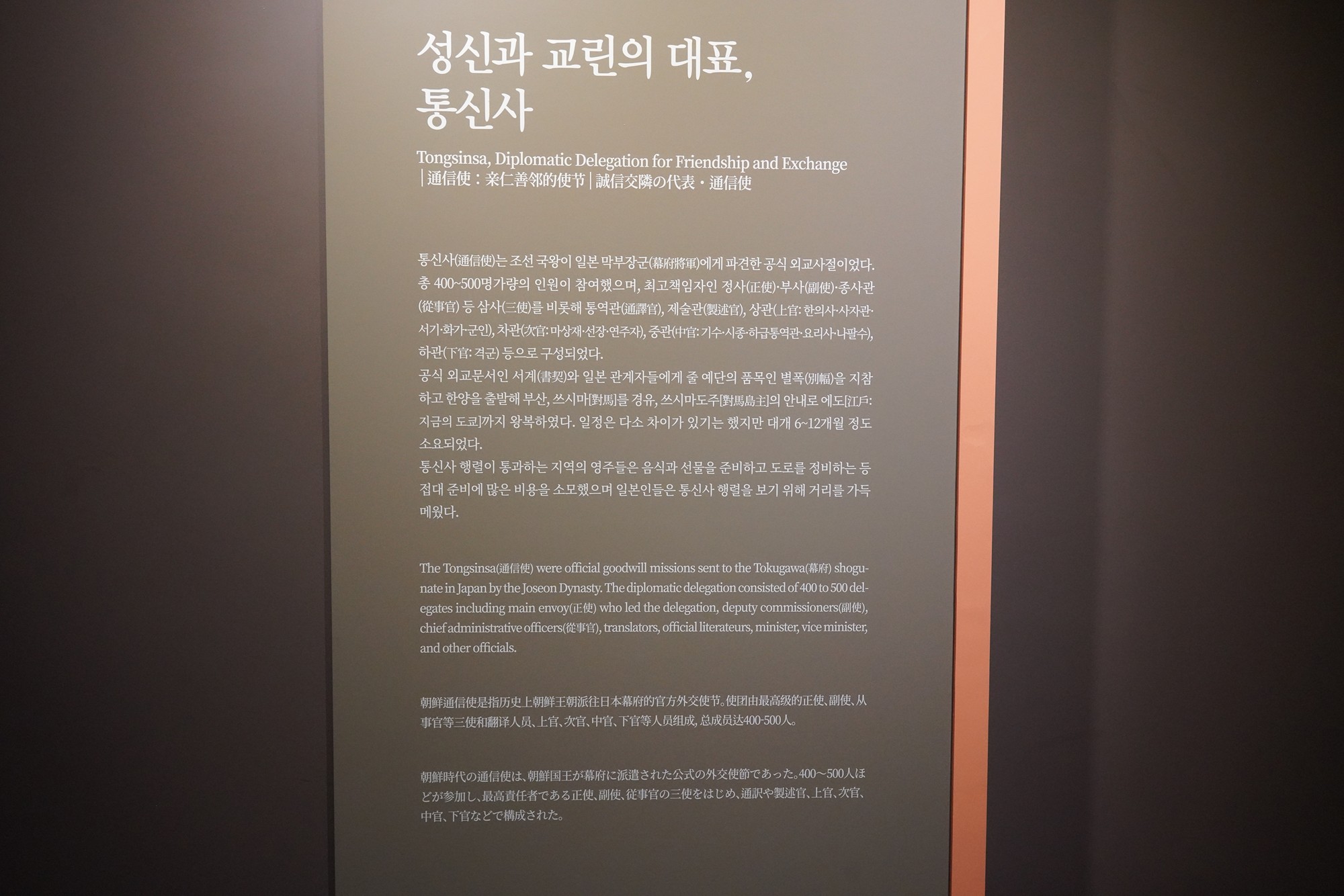
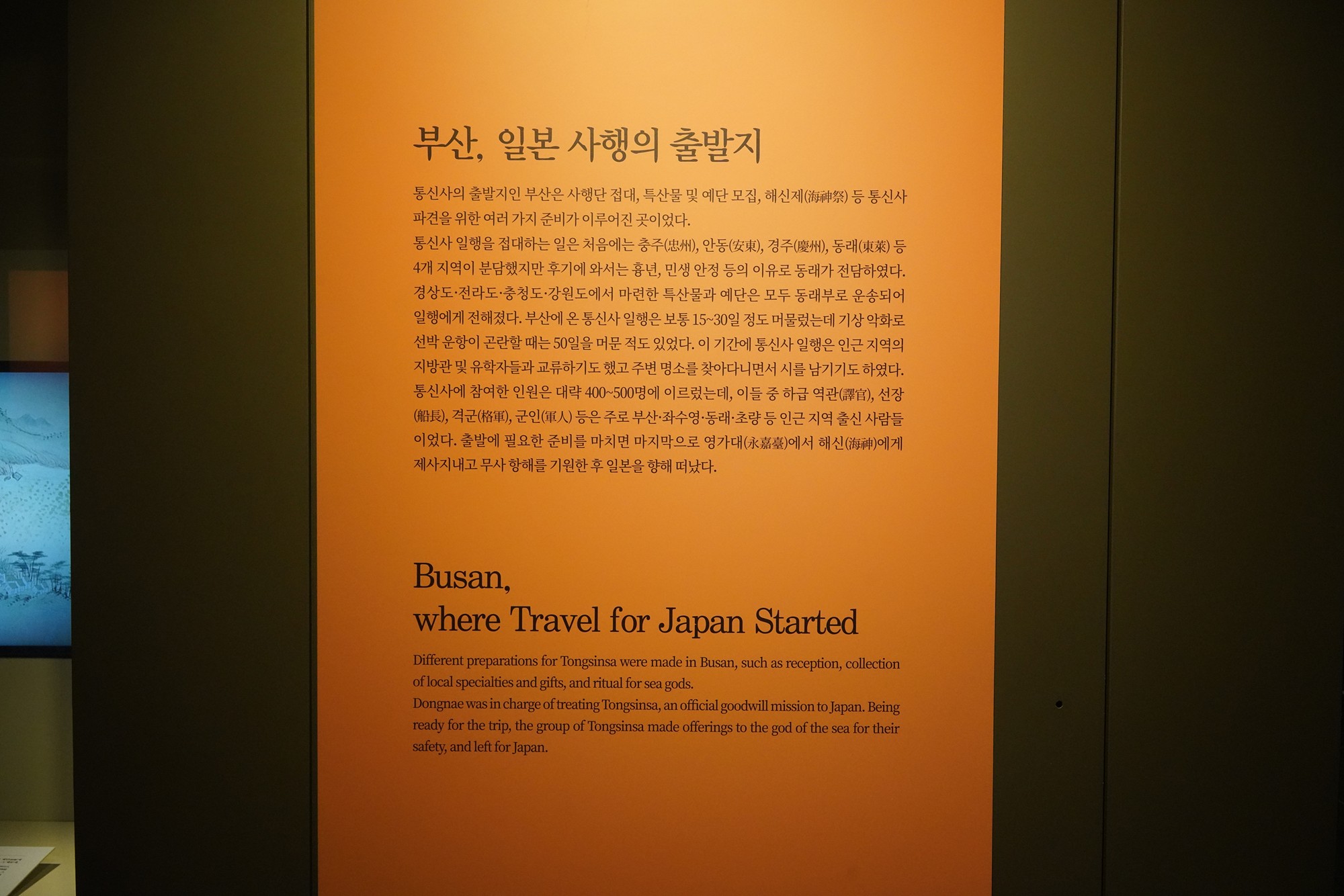
A daily record by a person who was part of Tongsingsa as he traveled to Japan.
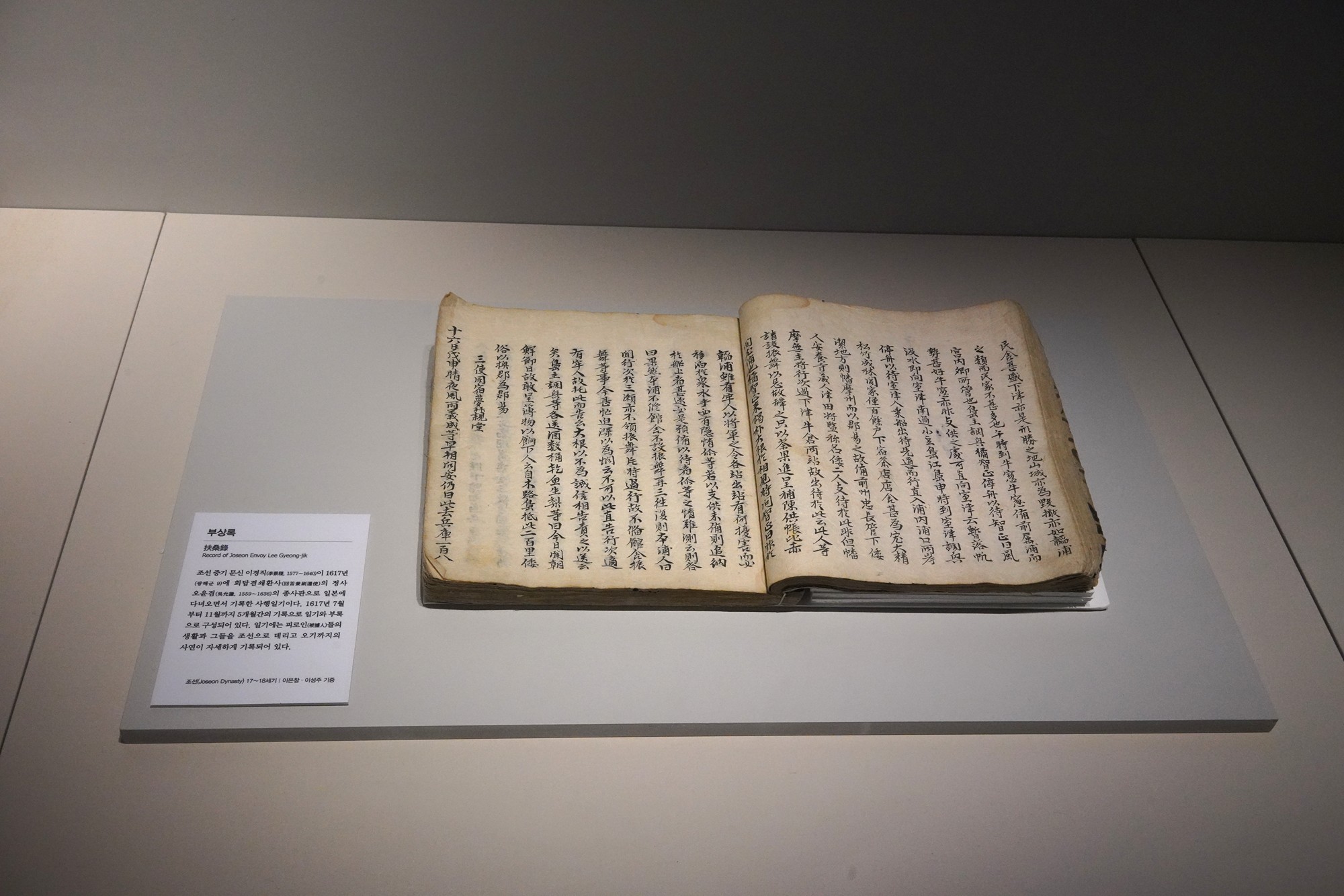
Travel to Japan and back takes about a year at that time.
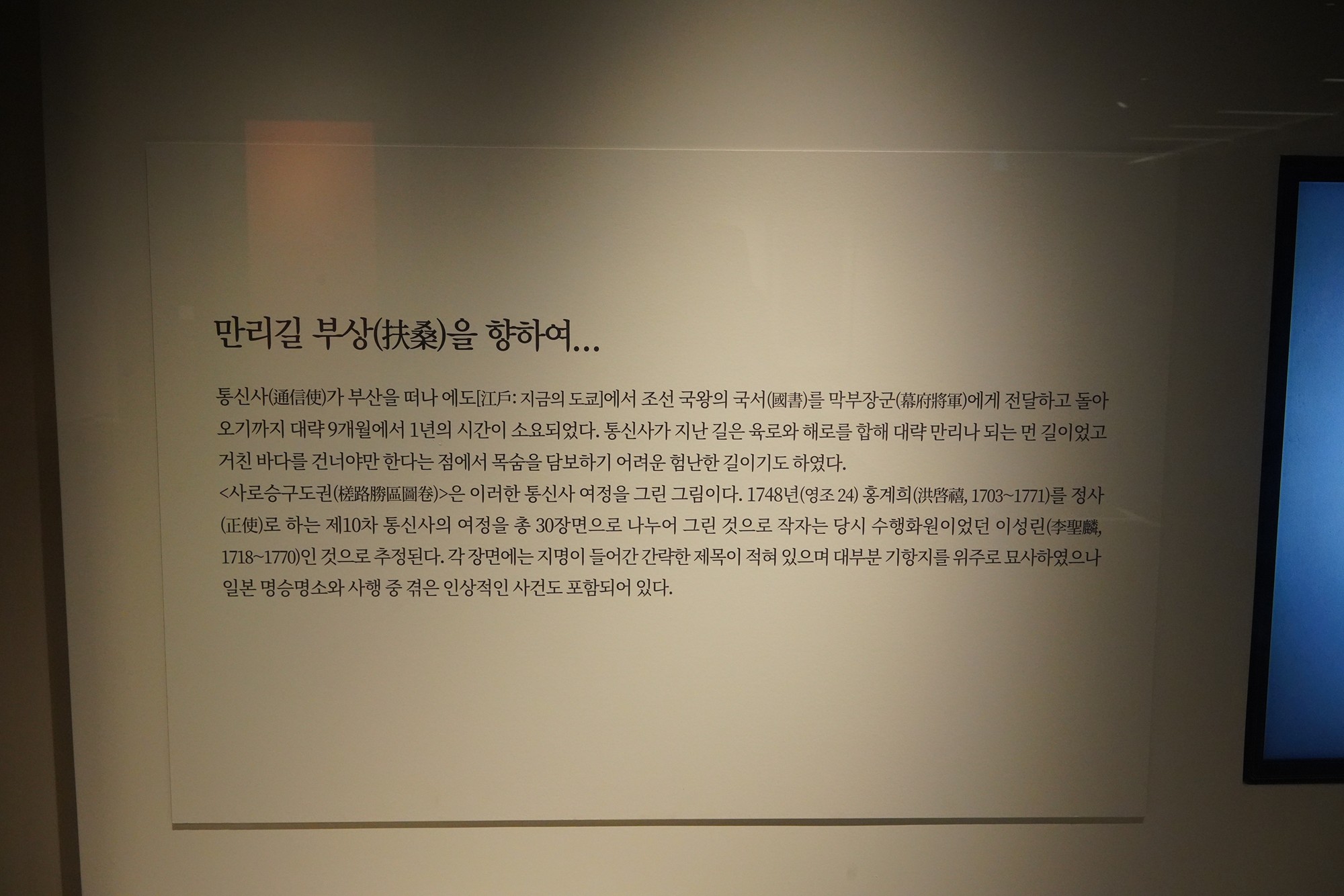
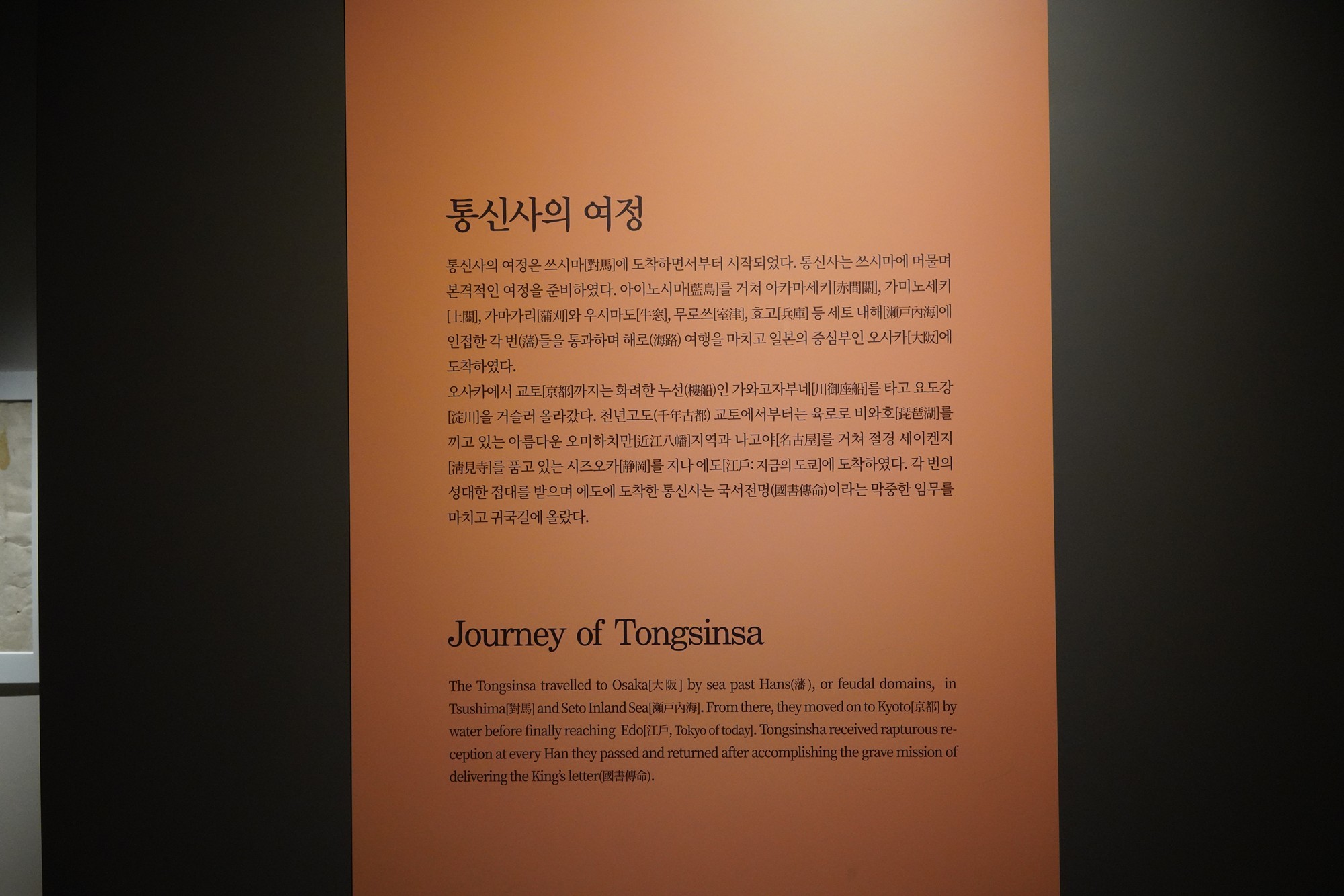
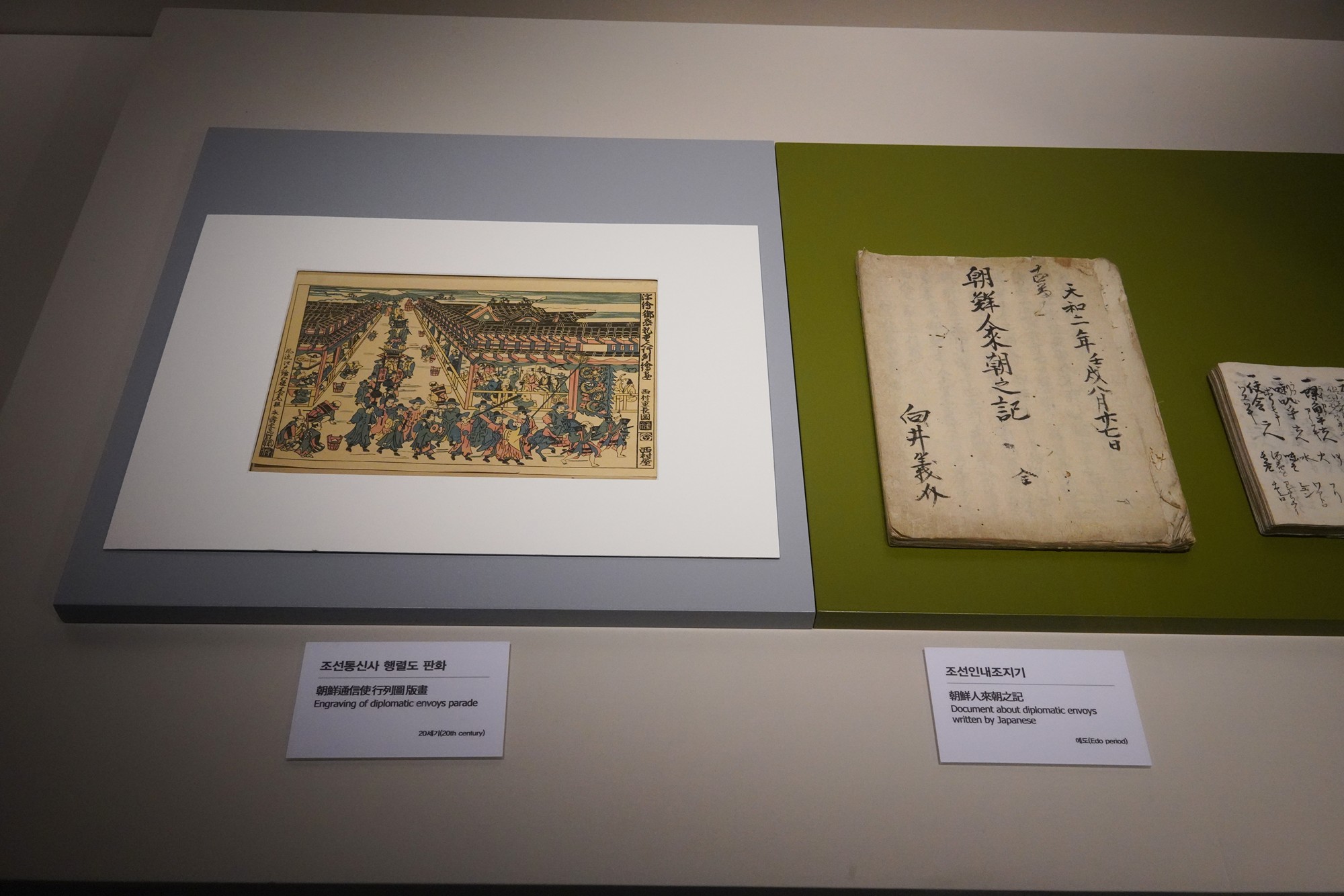
Paintings of the parade of the Tongsinsa.
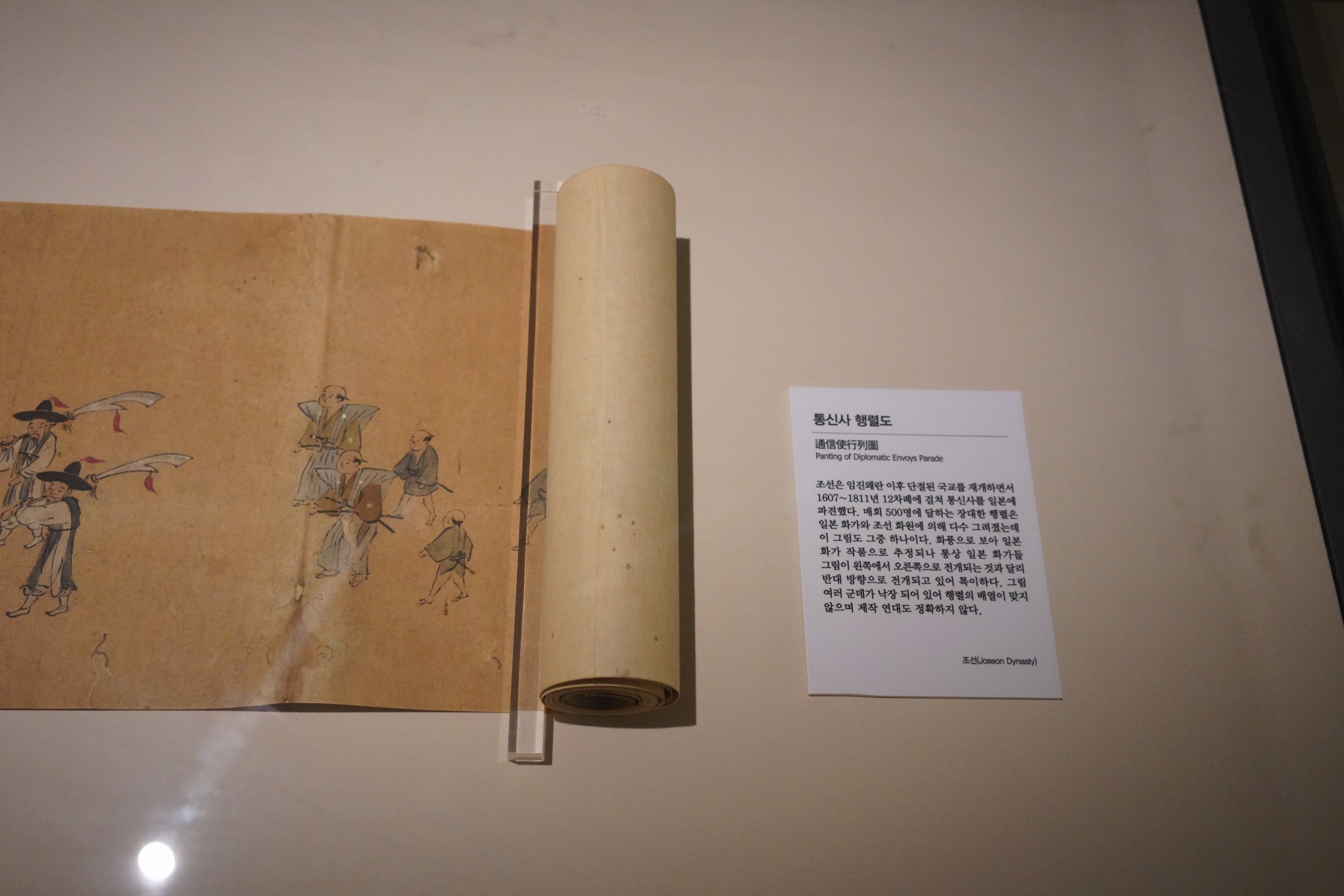
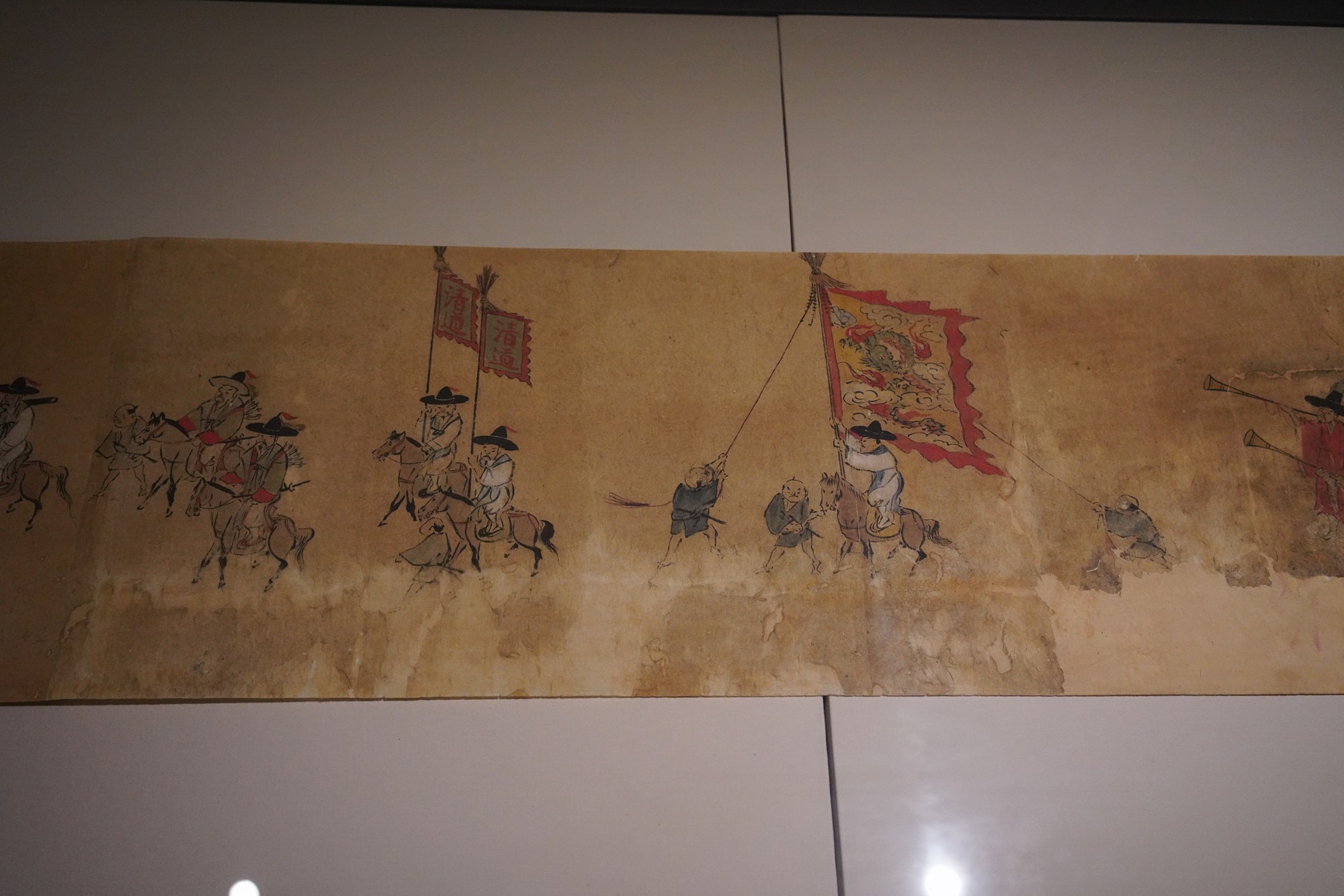
Creating of customs for foreign product trade
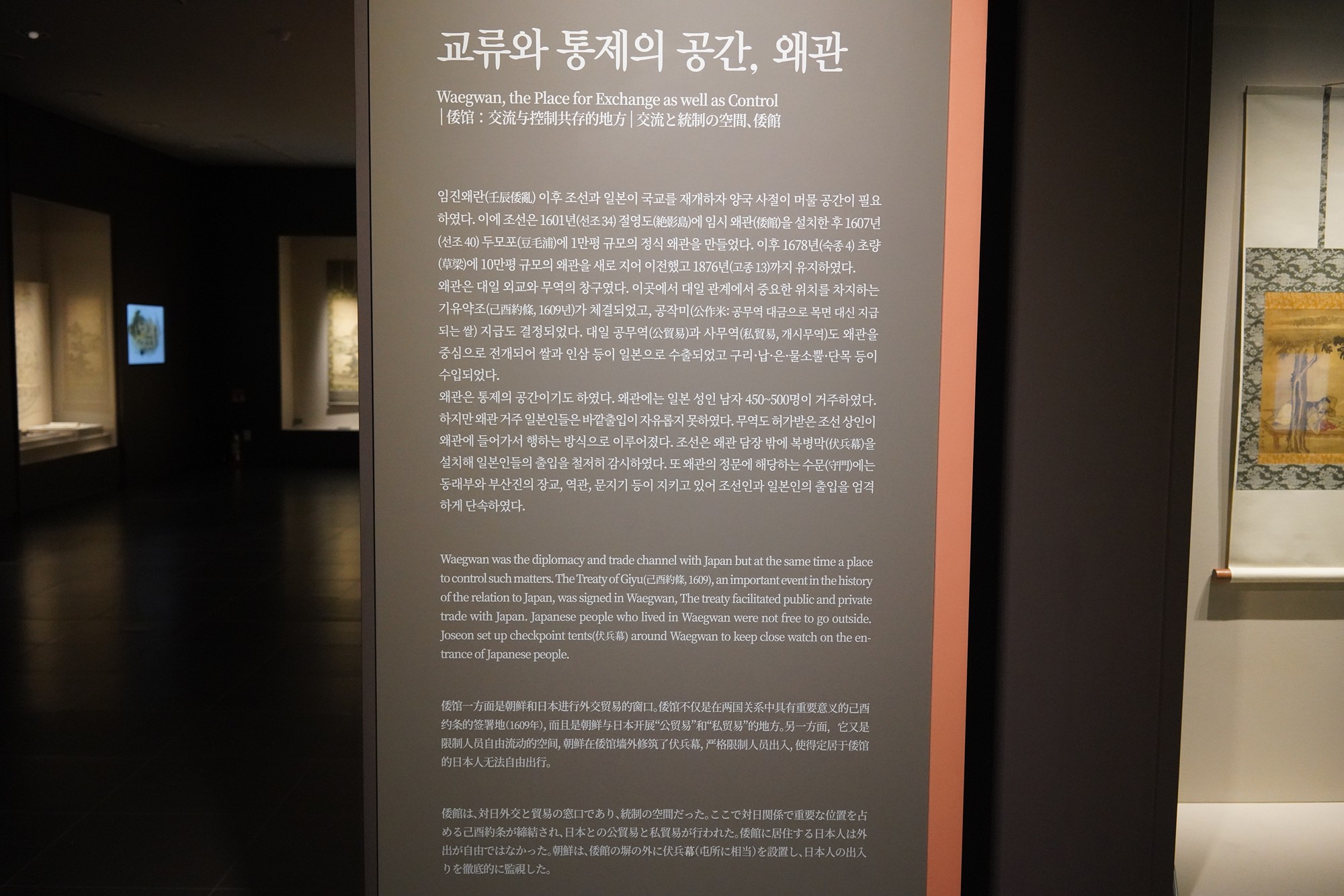
Toward the end of the Joseon Period, the Japanese forced the opening of Korean ports for exchanges of merchandise.

The treaty for opening the ports.
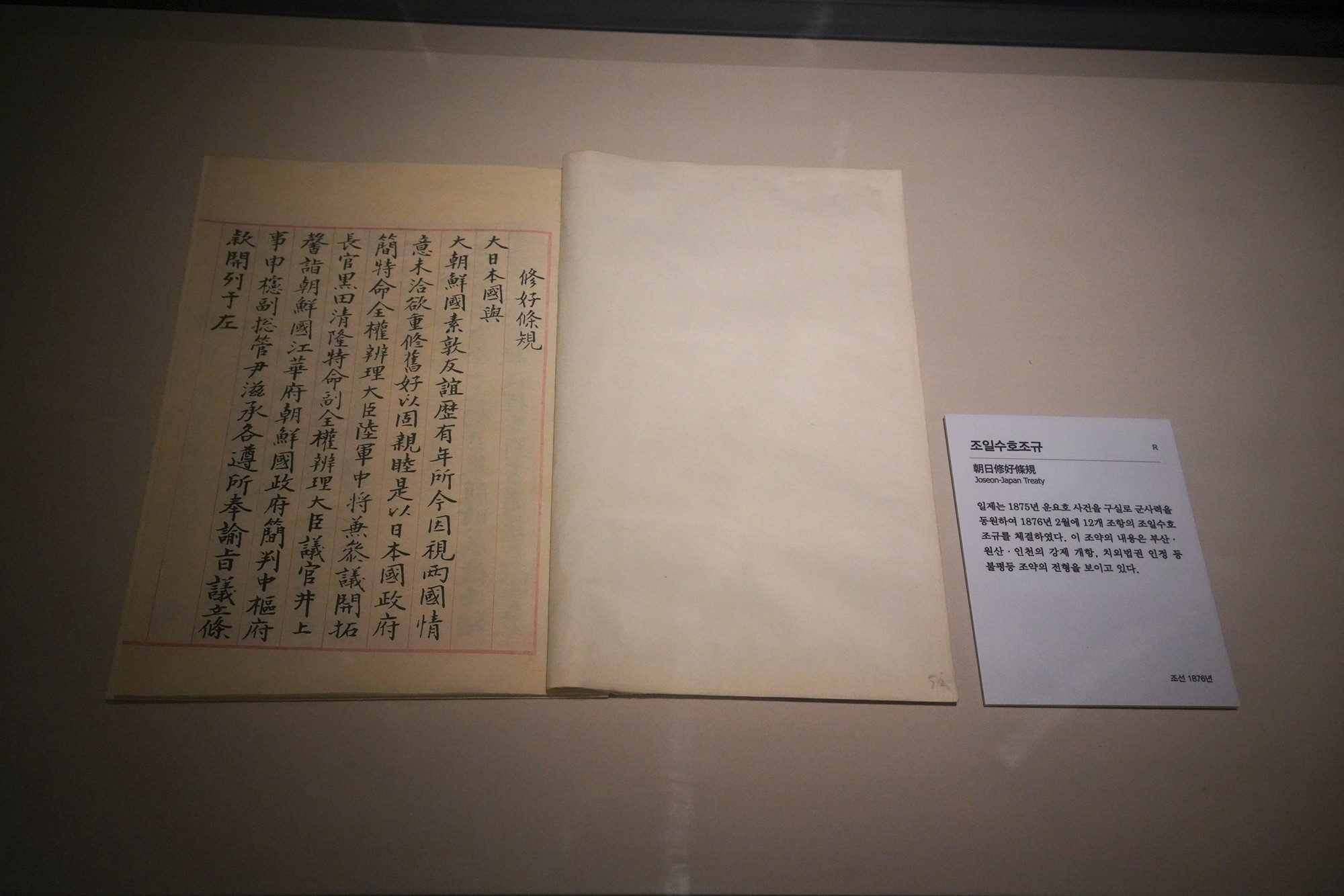
The treaty also gave Japan the land for Japanese people in Korea.
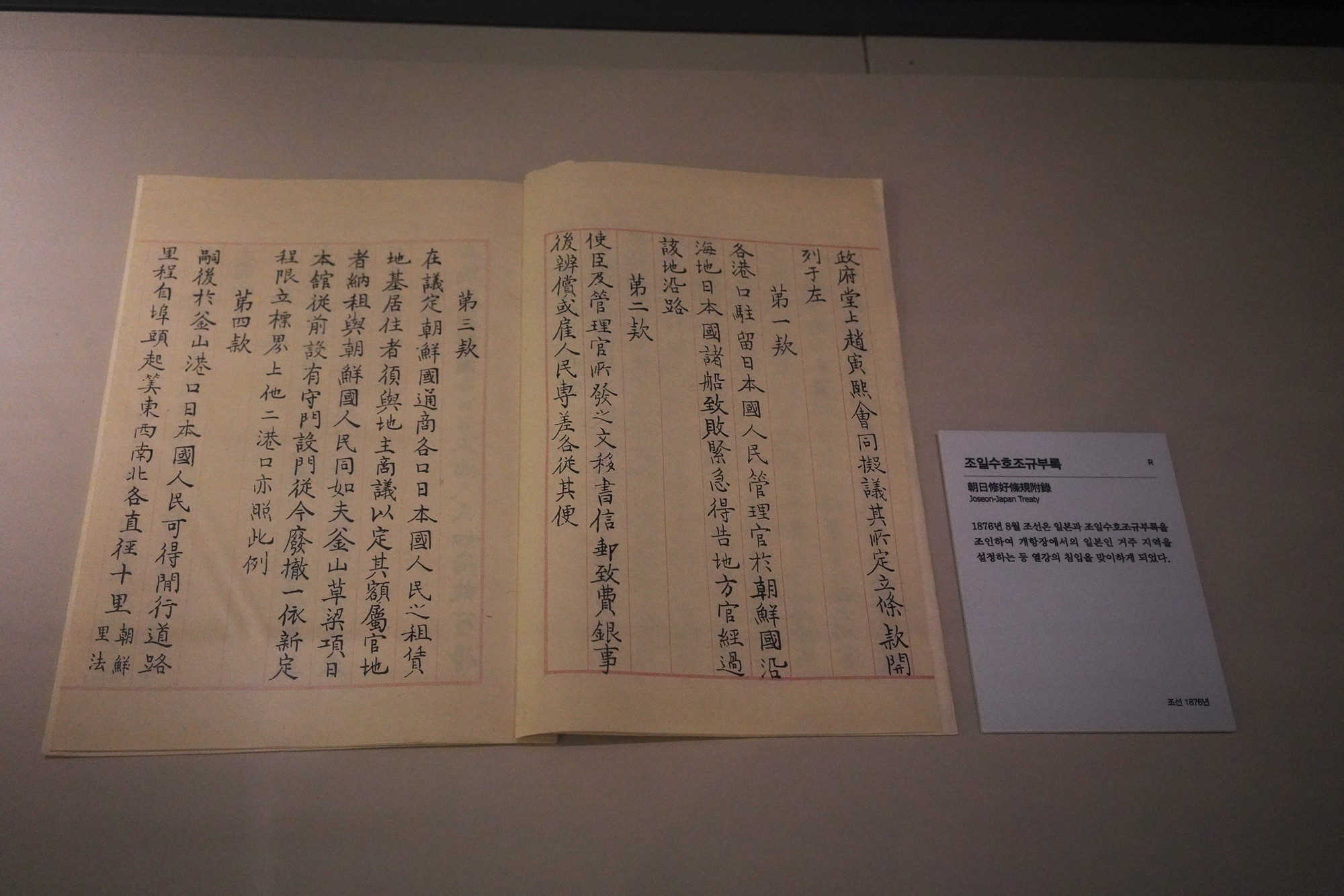
Busan was modernized by the Japanese to move the products from Korea to Japan efficiently.
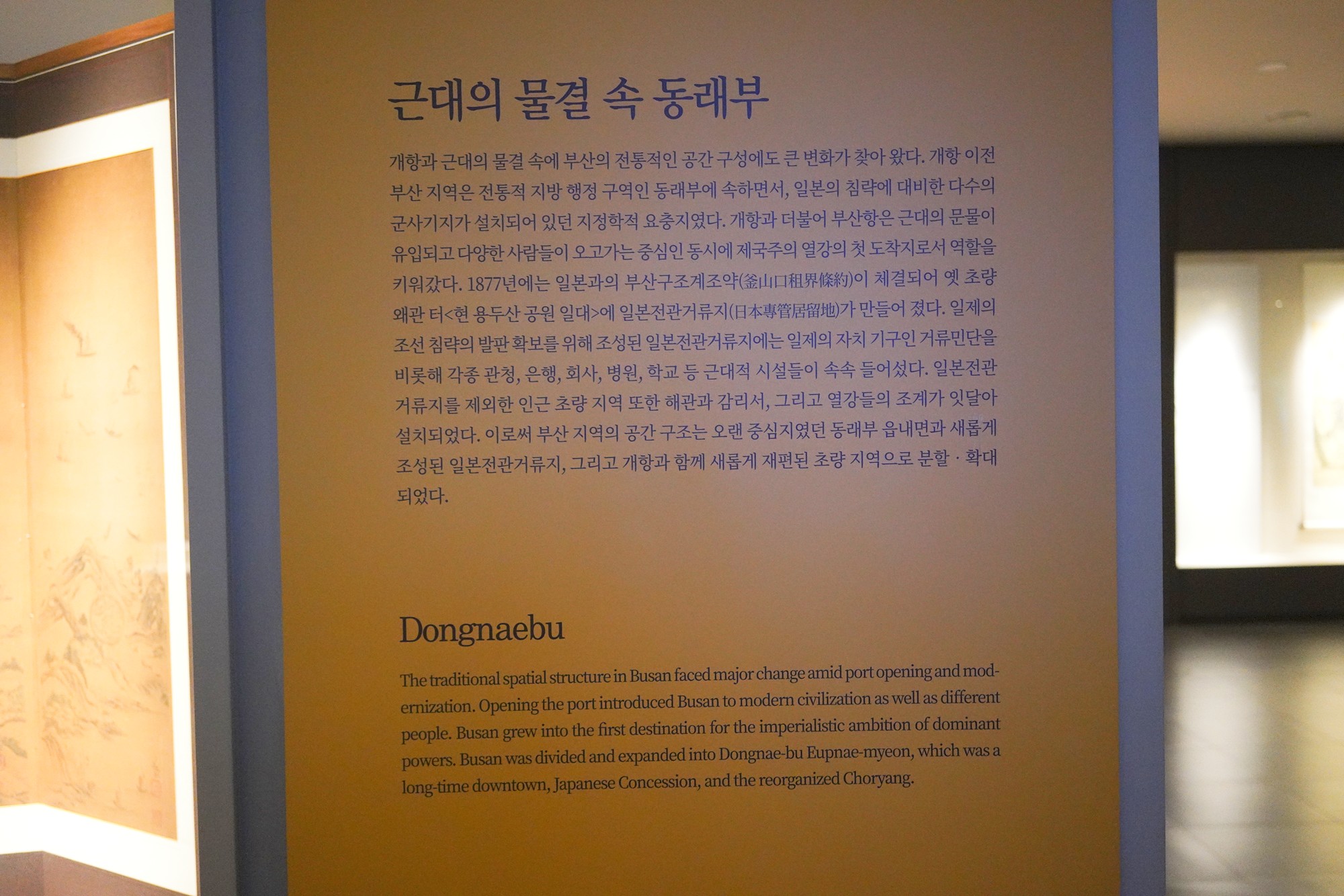
The Korean government opened offices in Busan to manage the trades.
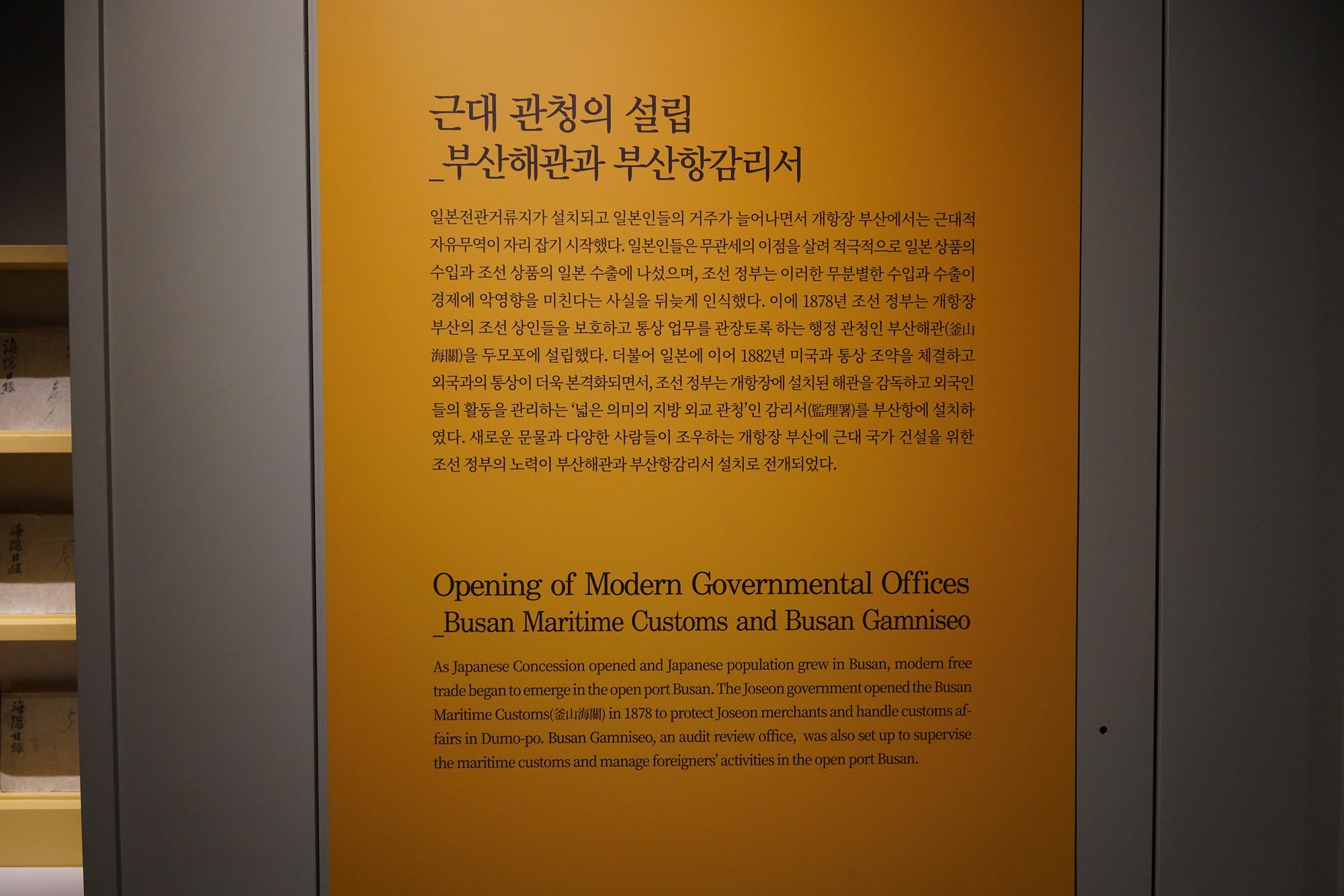
The journal of a Korean government employee at the office.
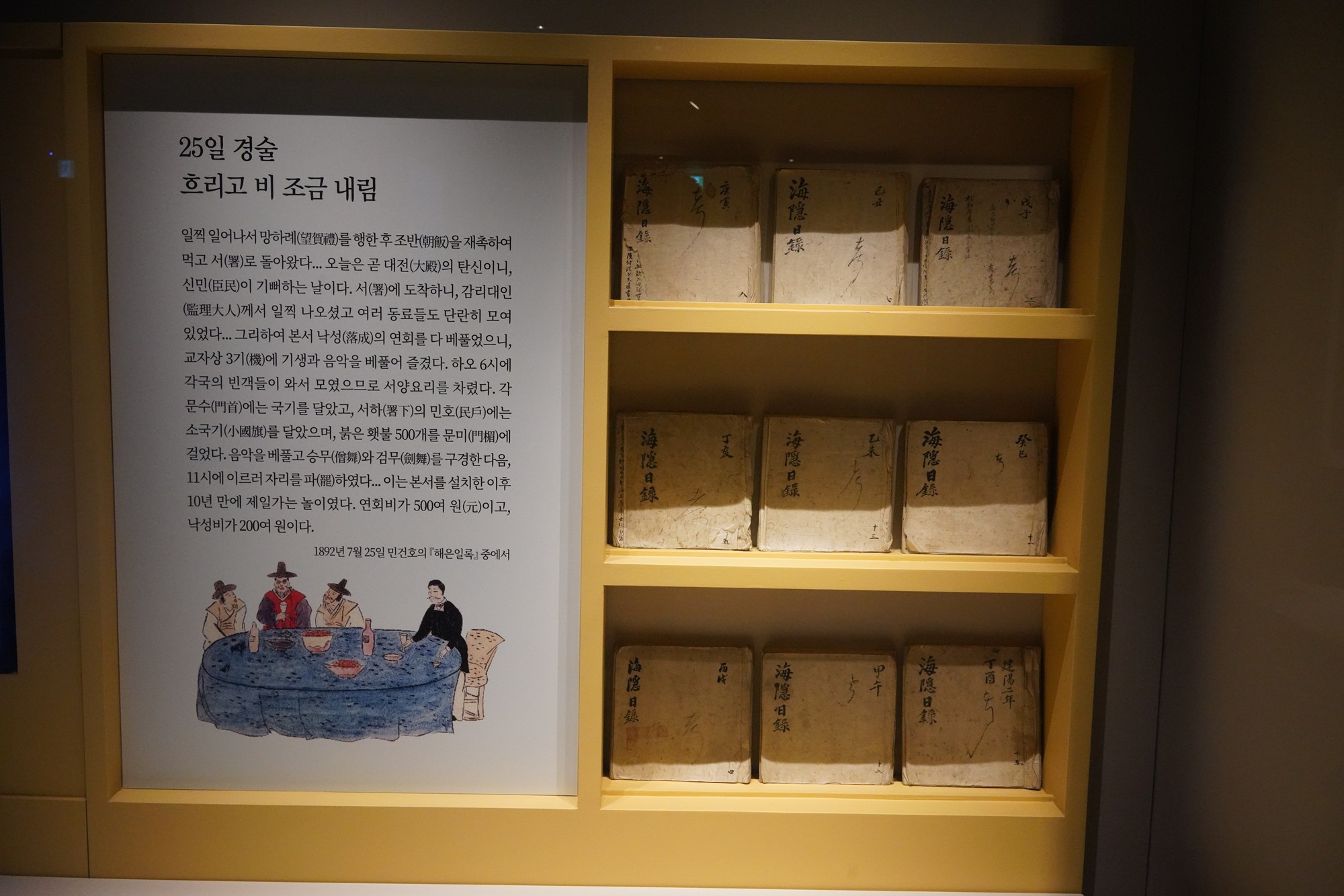
The group photo of the government customs employees.
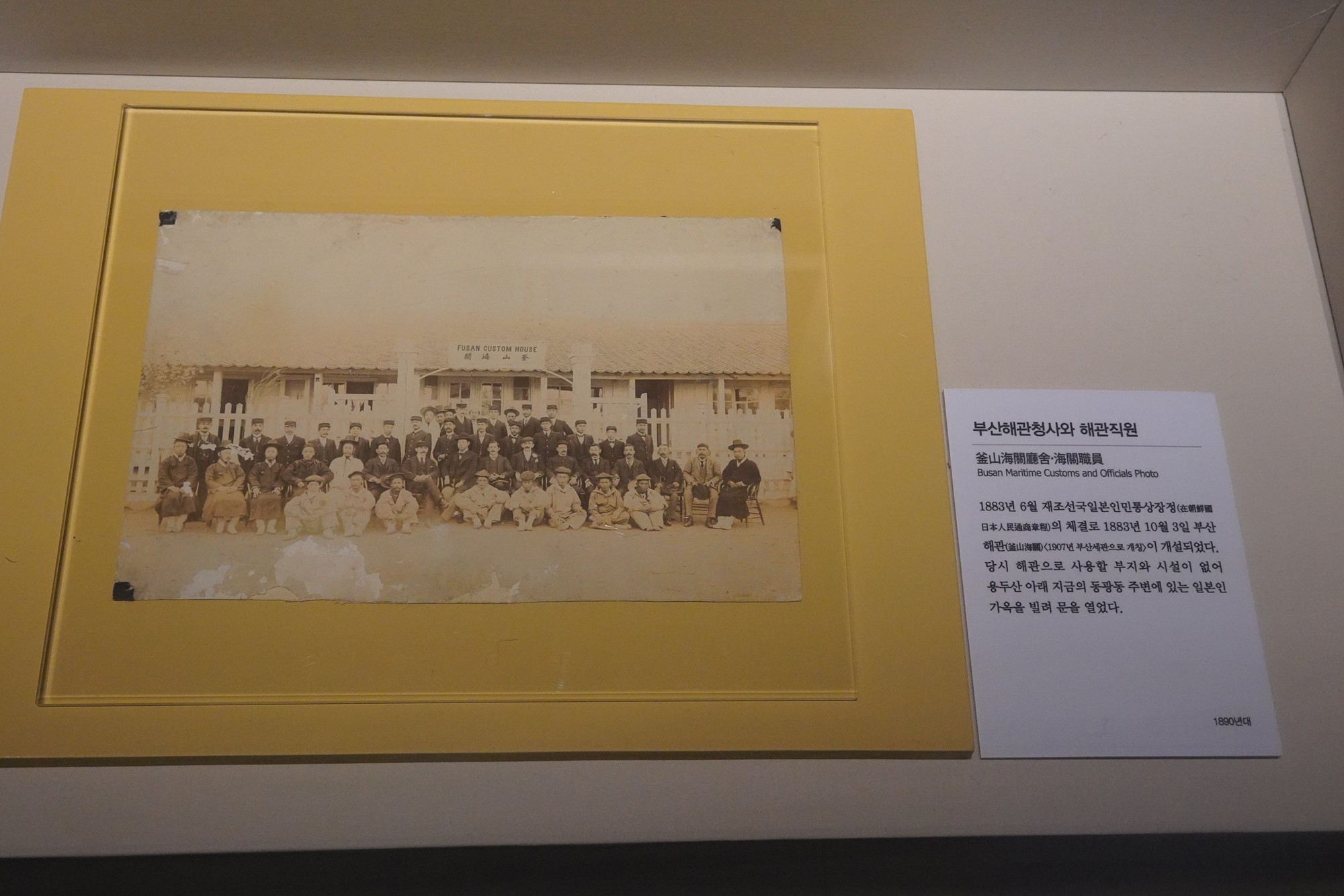
The Korean passport
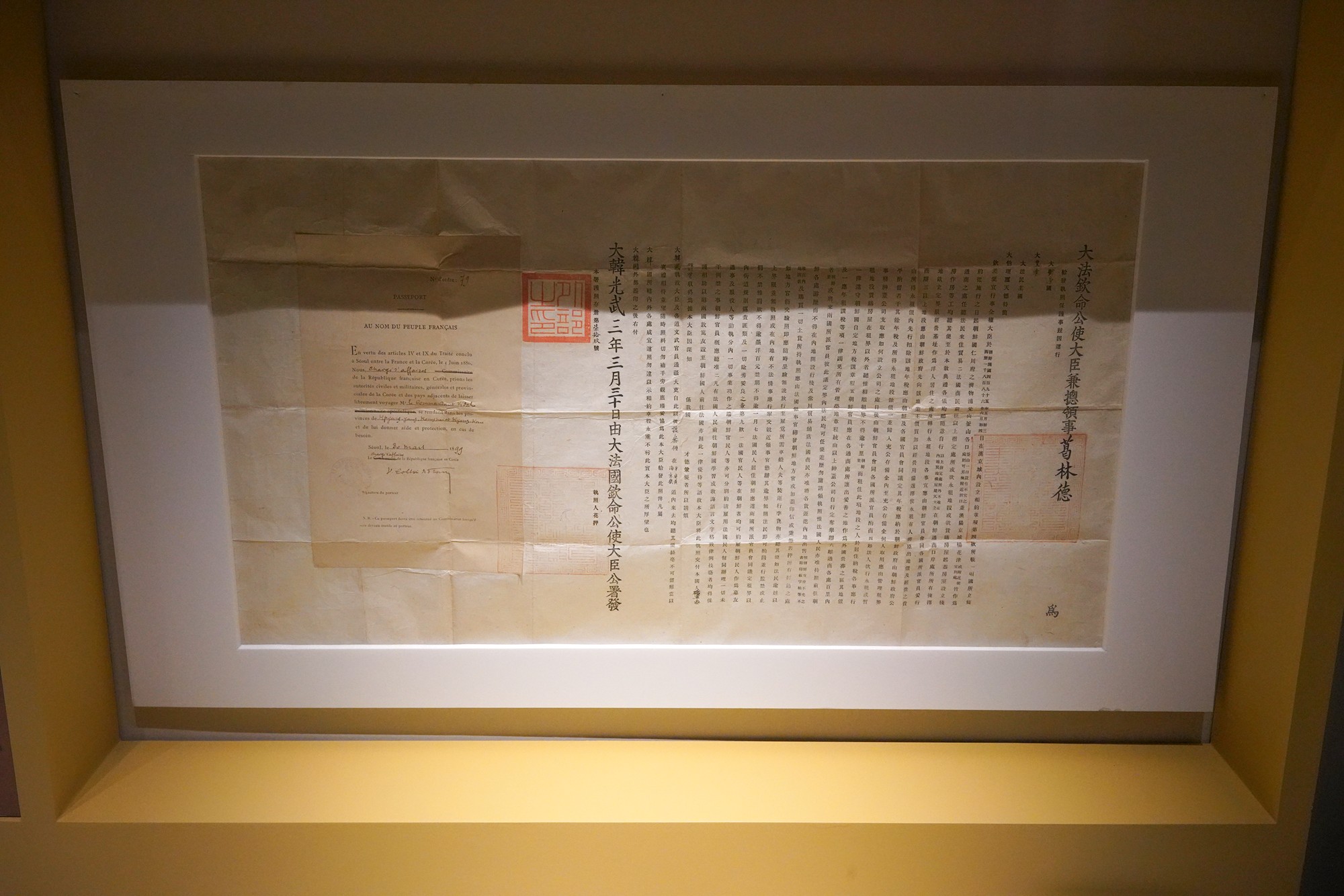
Various drawings of the Korean flag
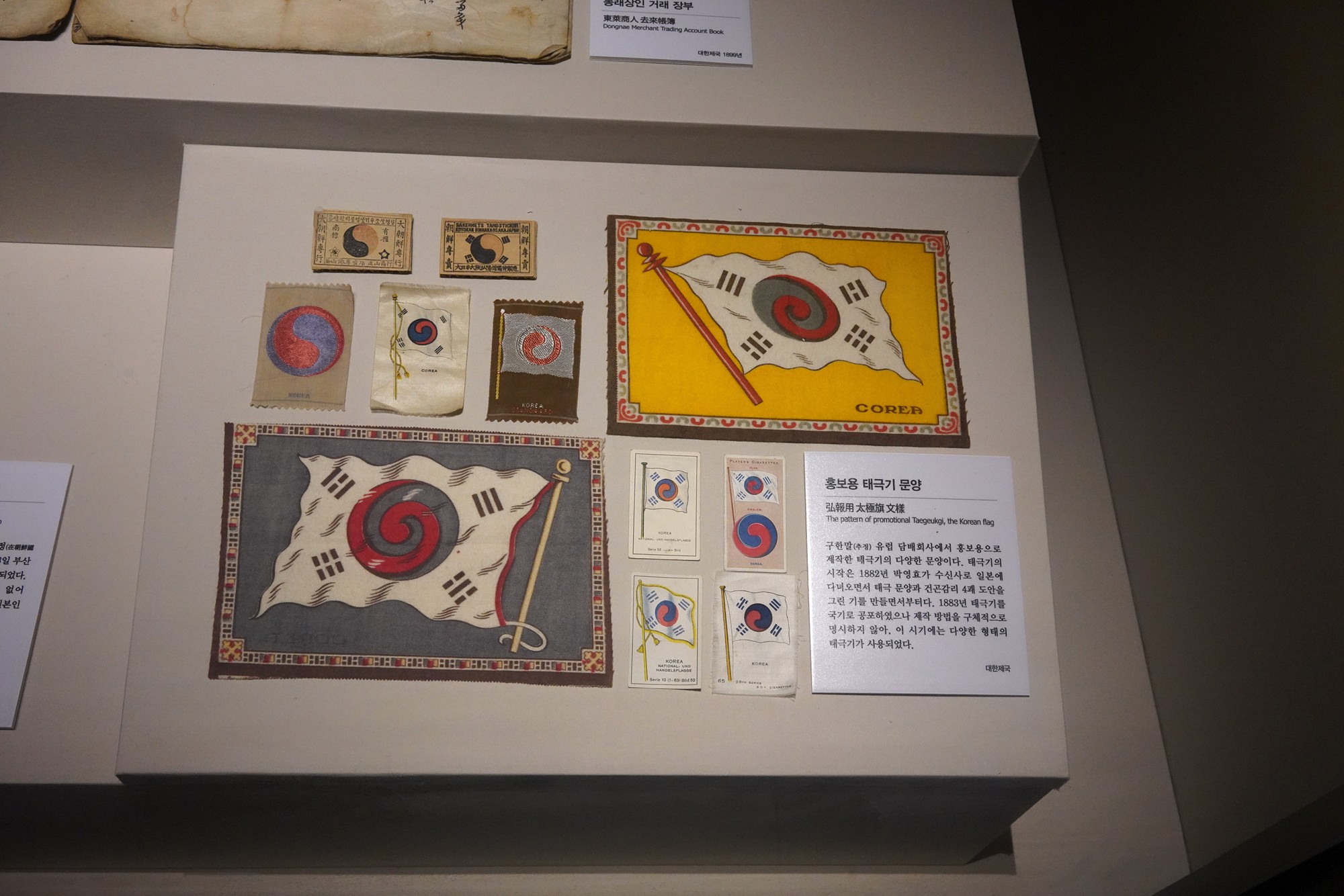
What foreigners saw in Busan during that time.
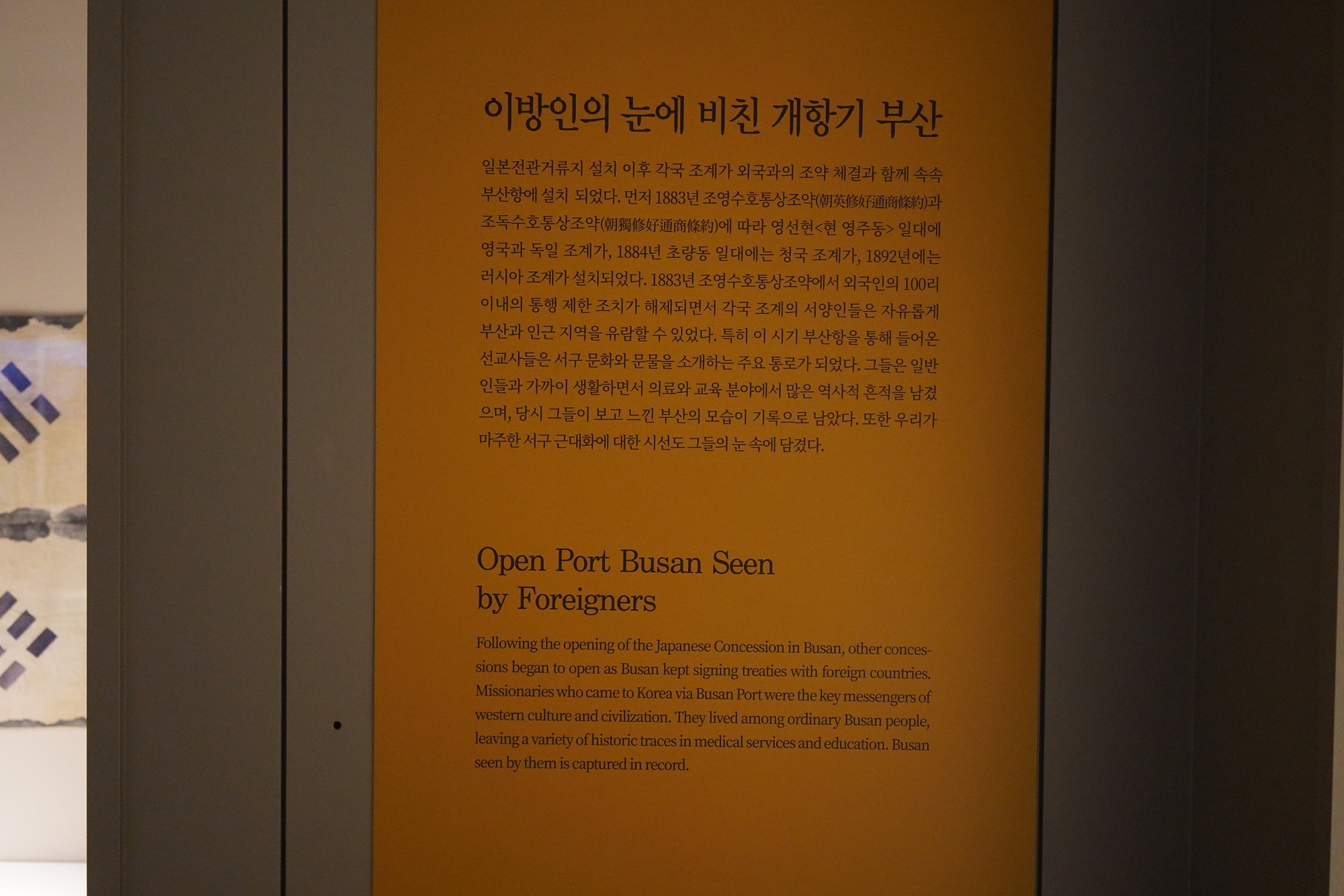

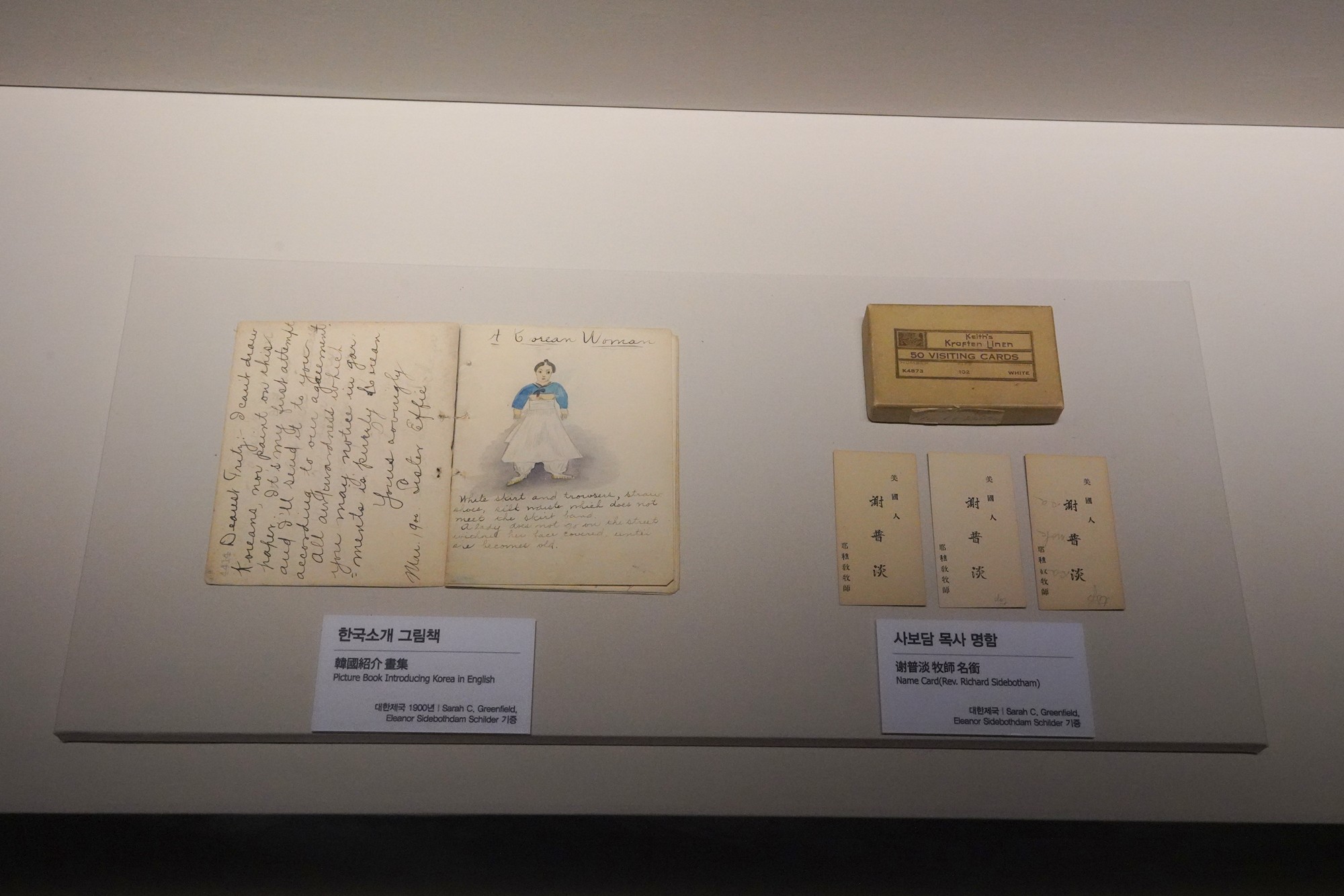
A shipping route that connects Japan to Korea
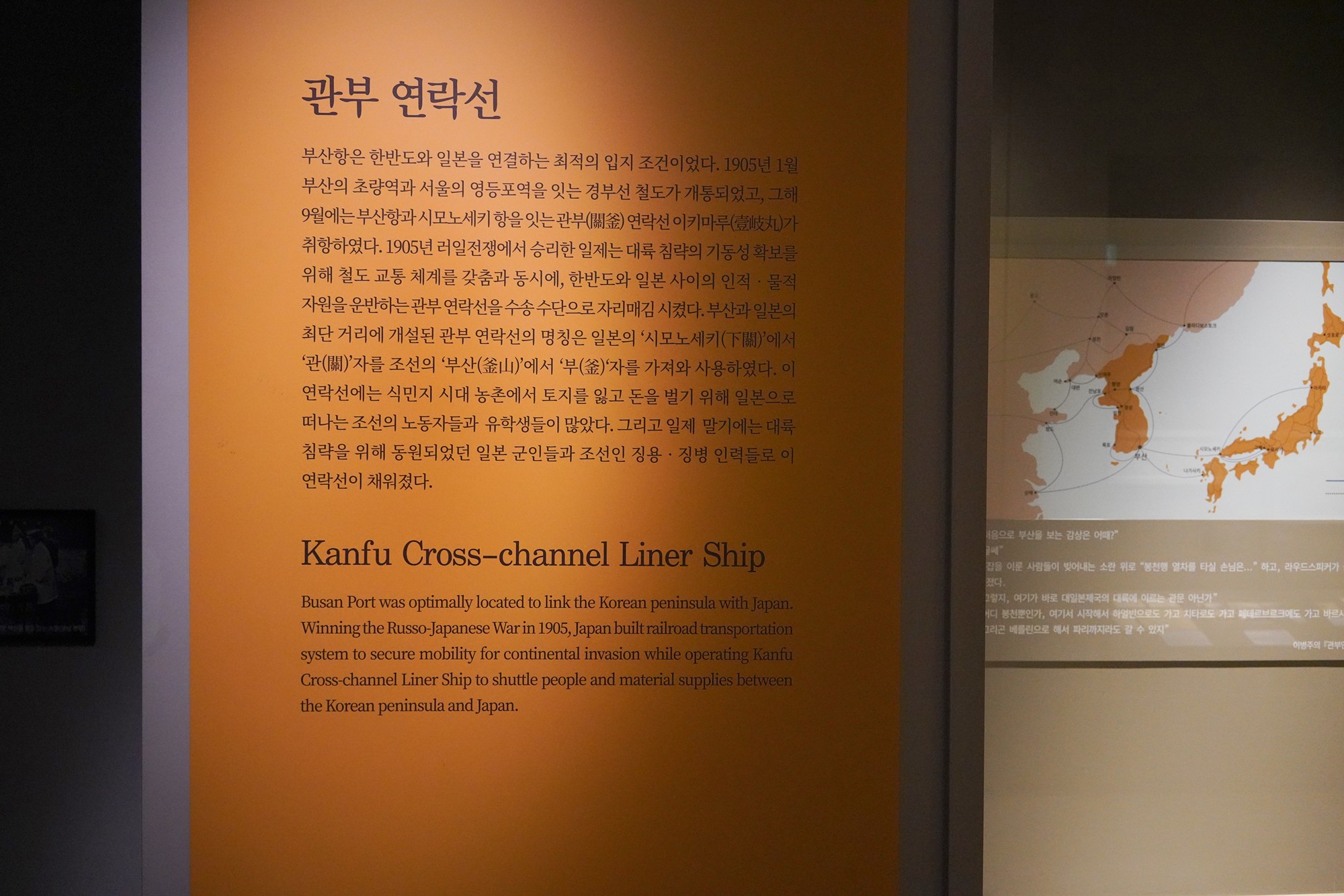
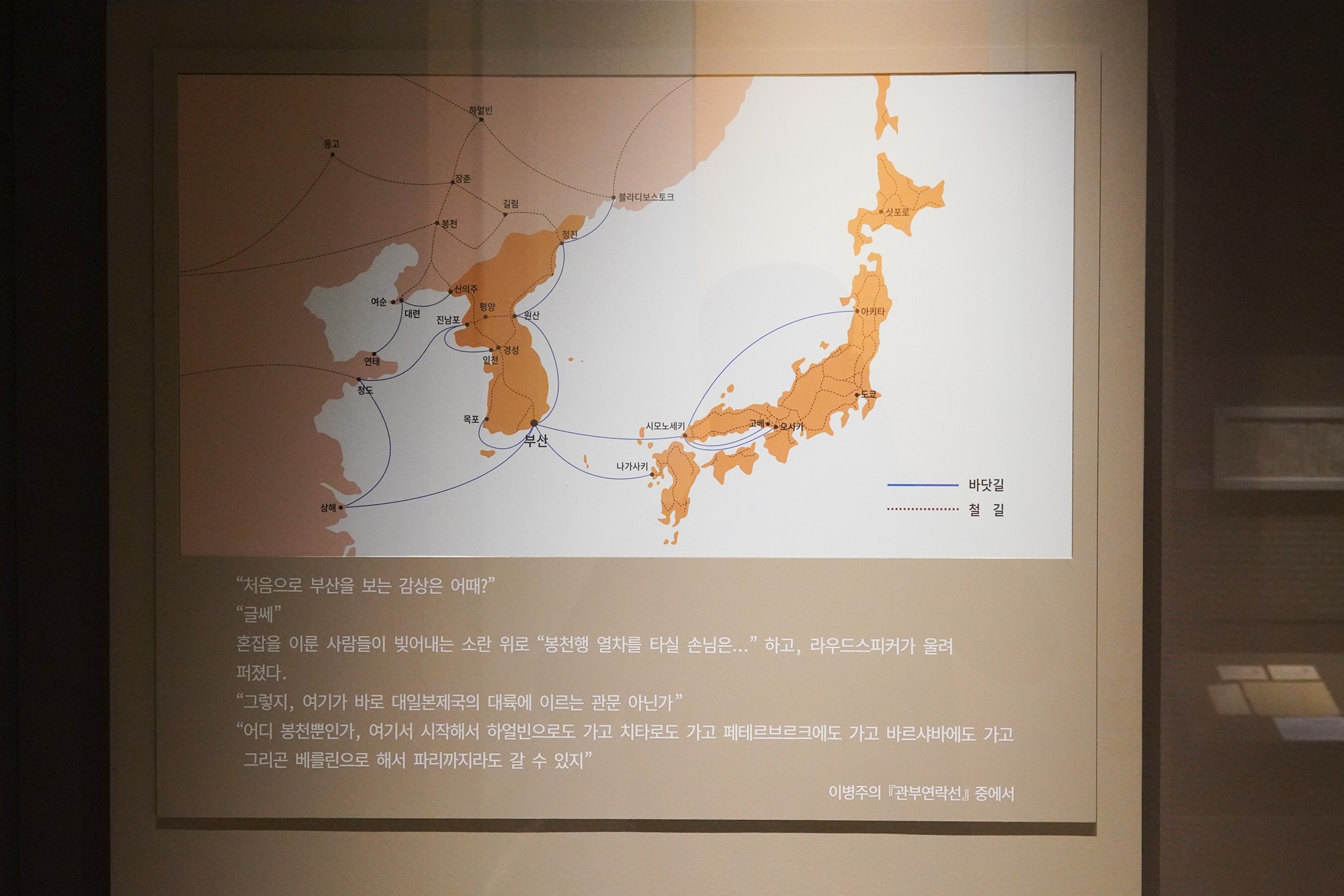
Filled the sea to make more land
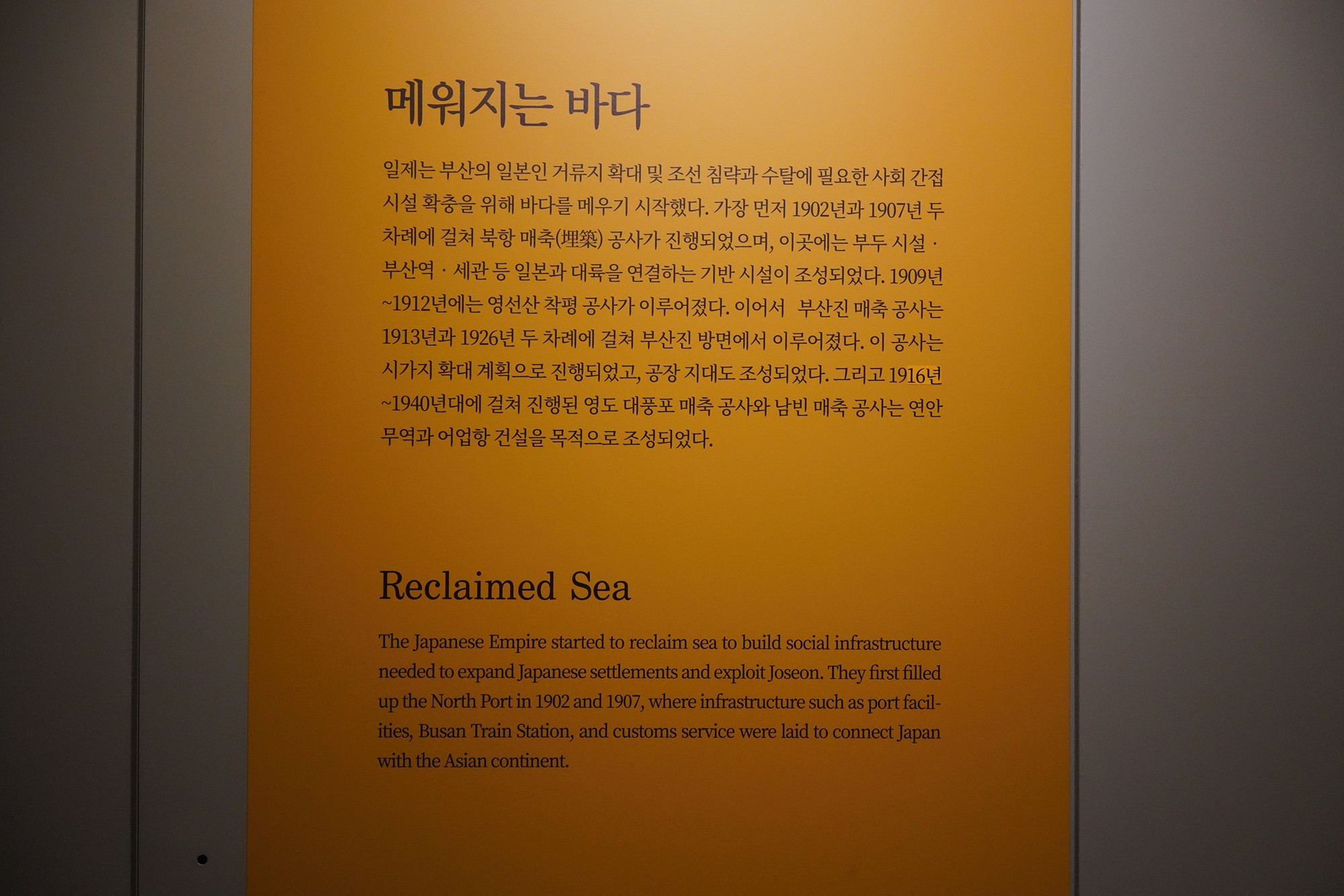
The Japanese built many modern buildings.
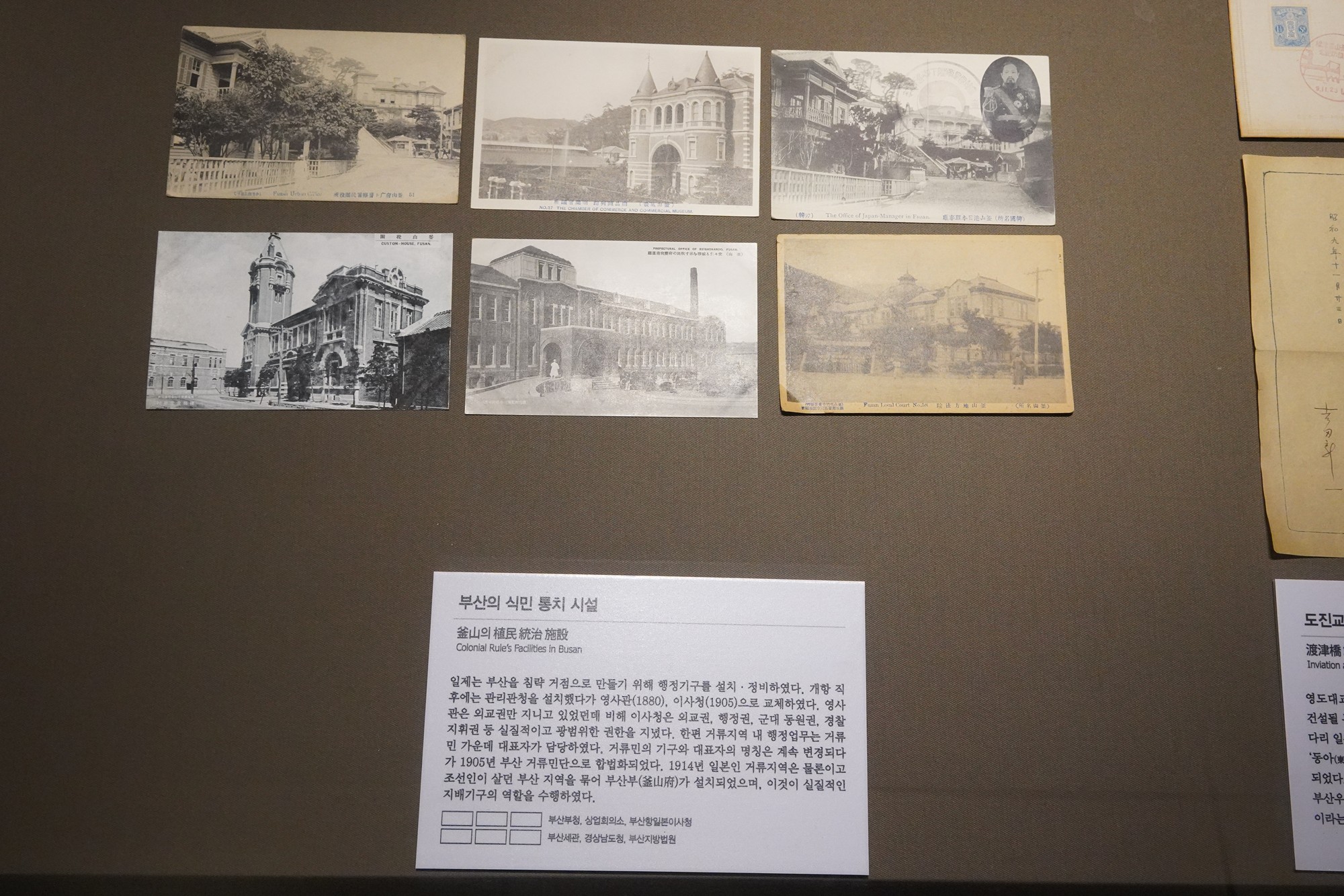
and used urban planning for Busan.
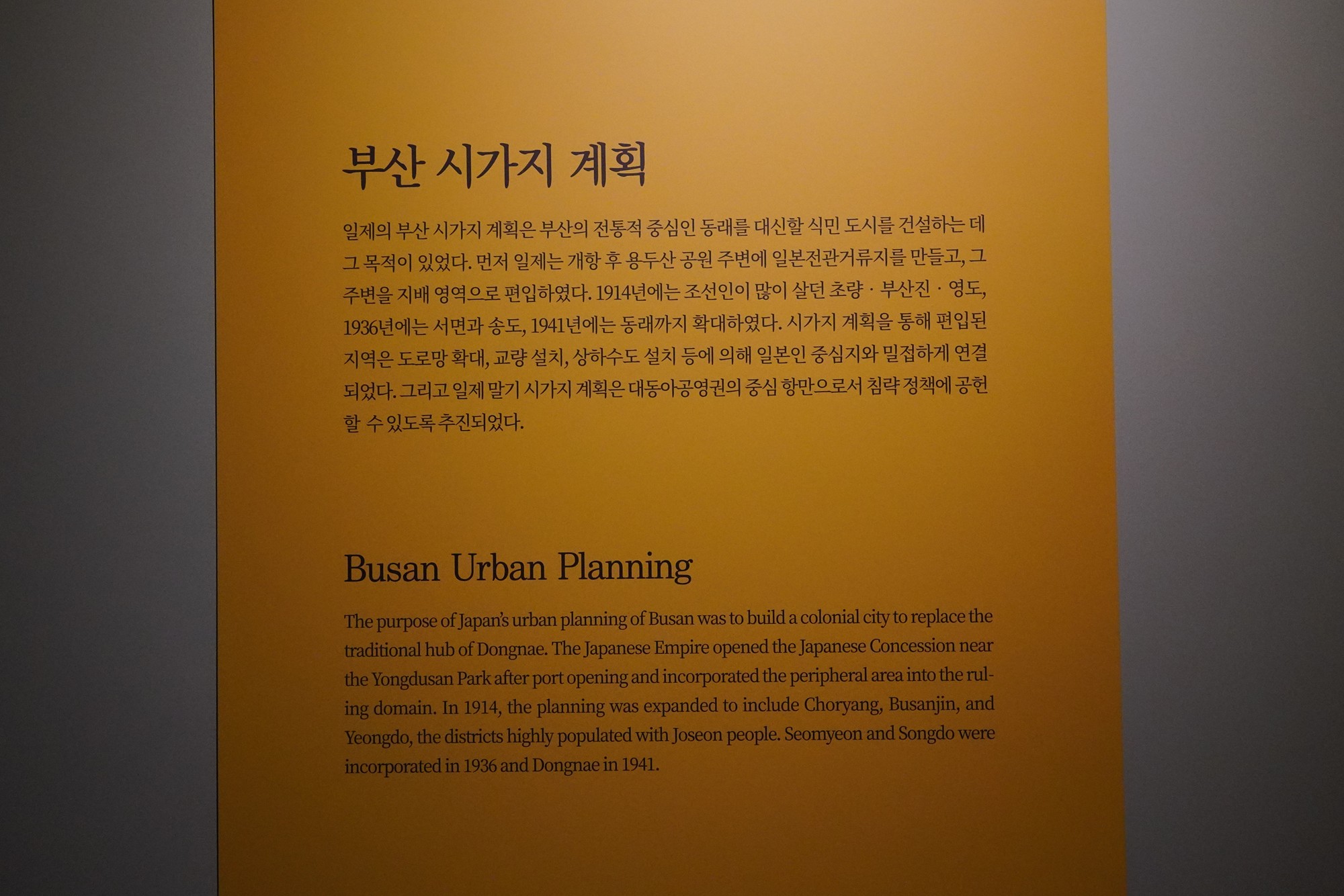
The Japanese used the Korean people and resources for their war effort.
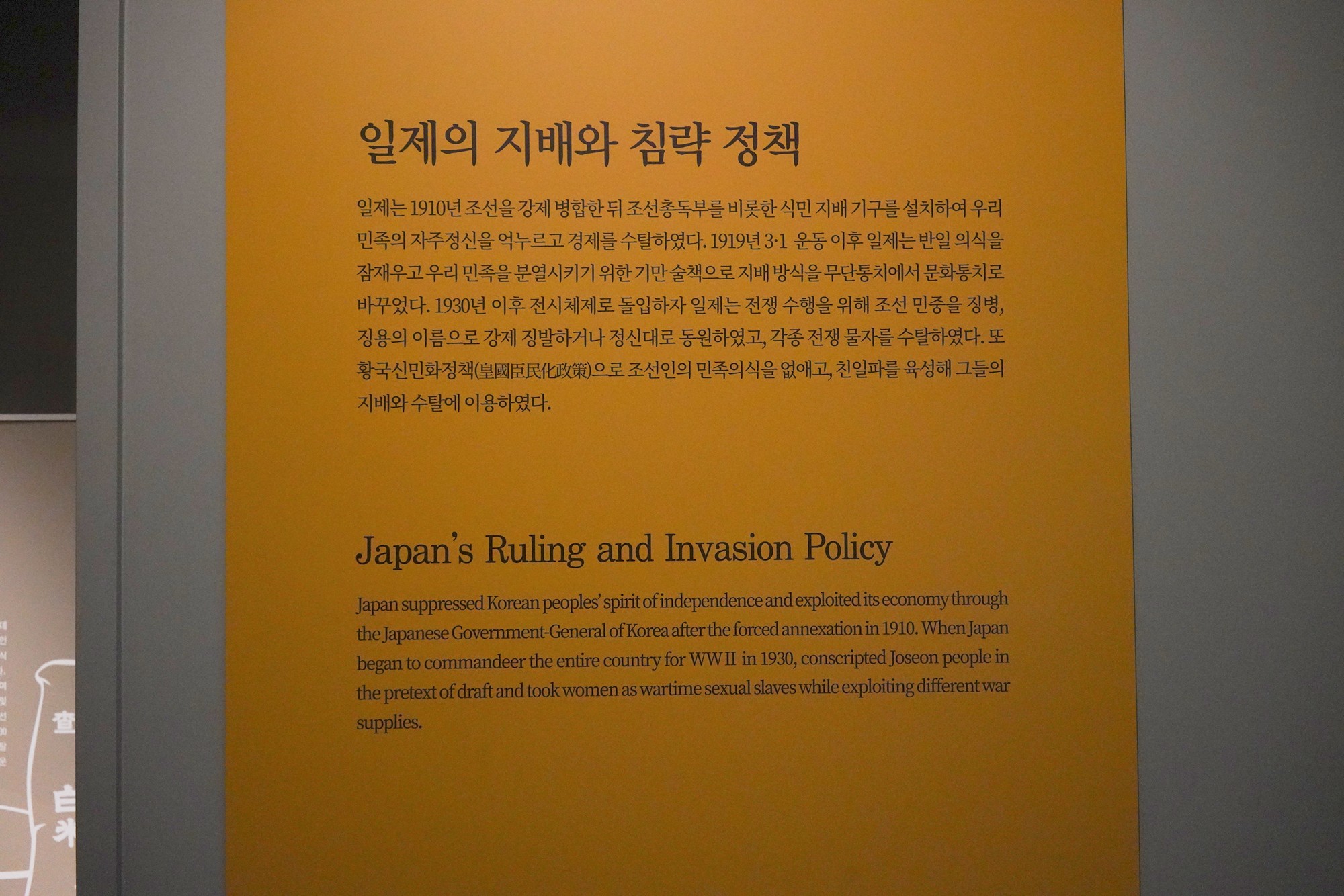

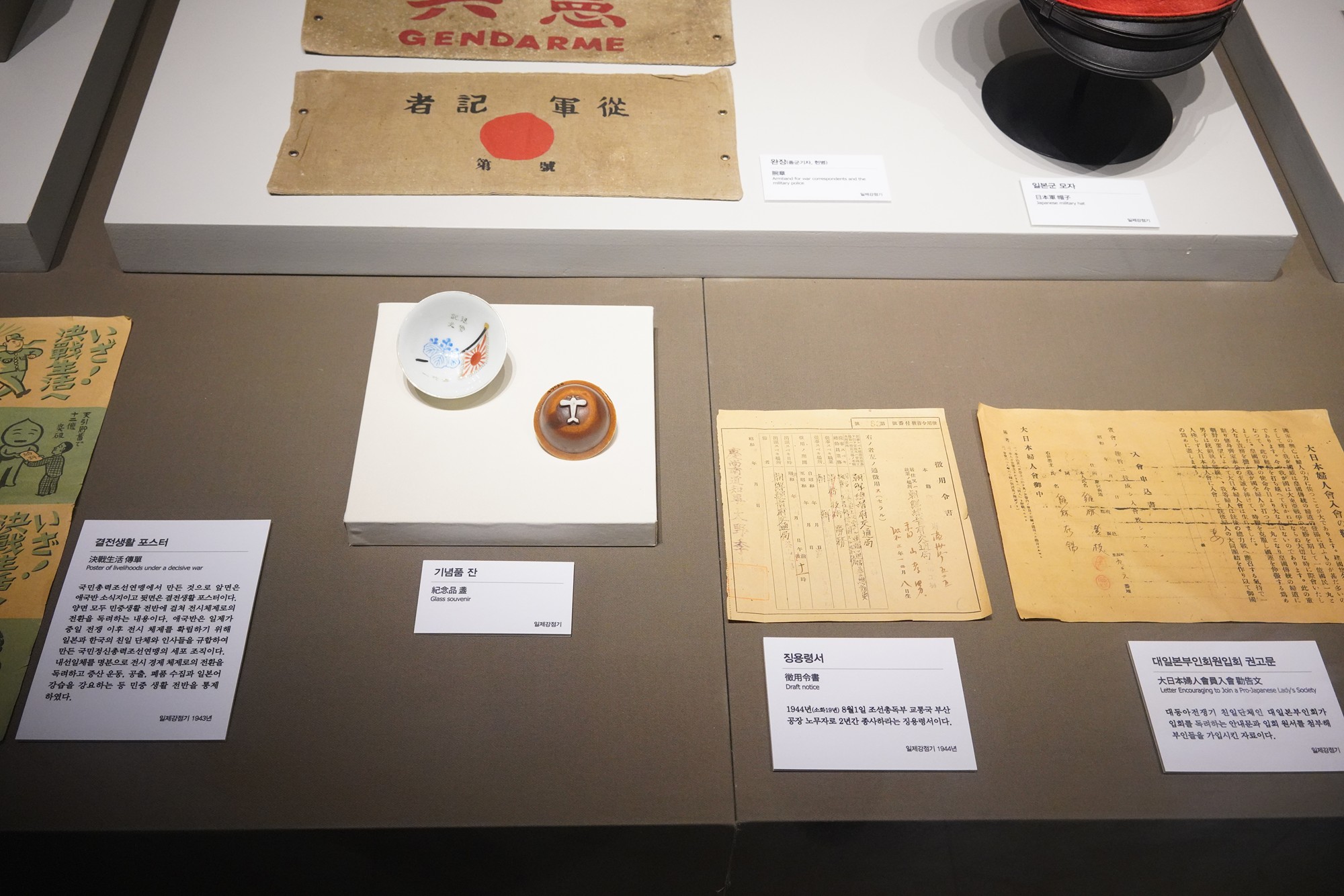
After independence from Japan, the further development of Busan continued.
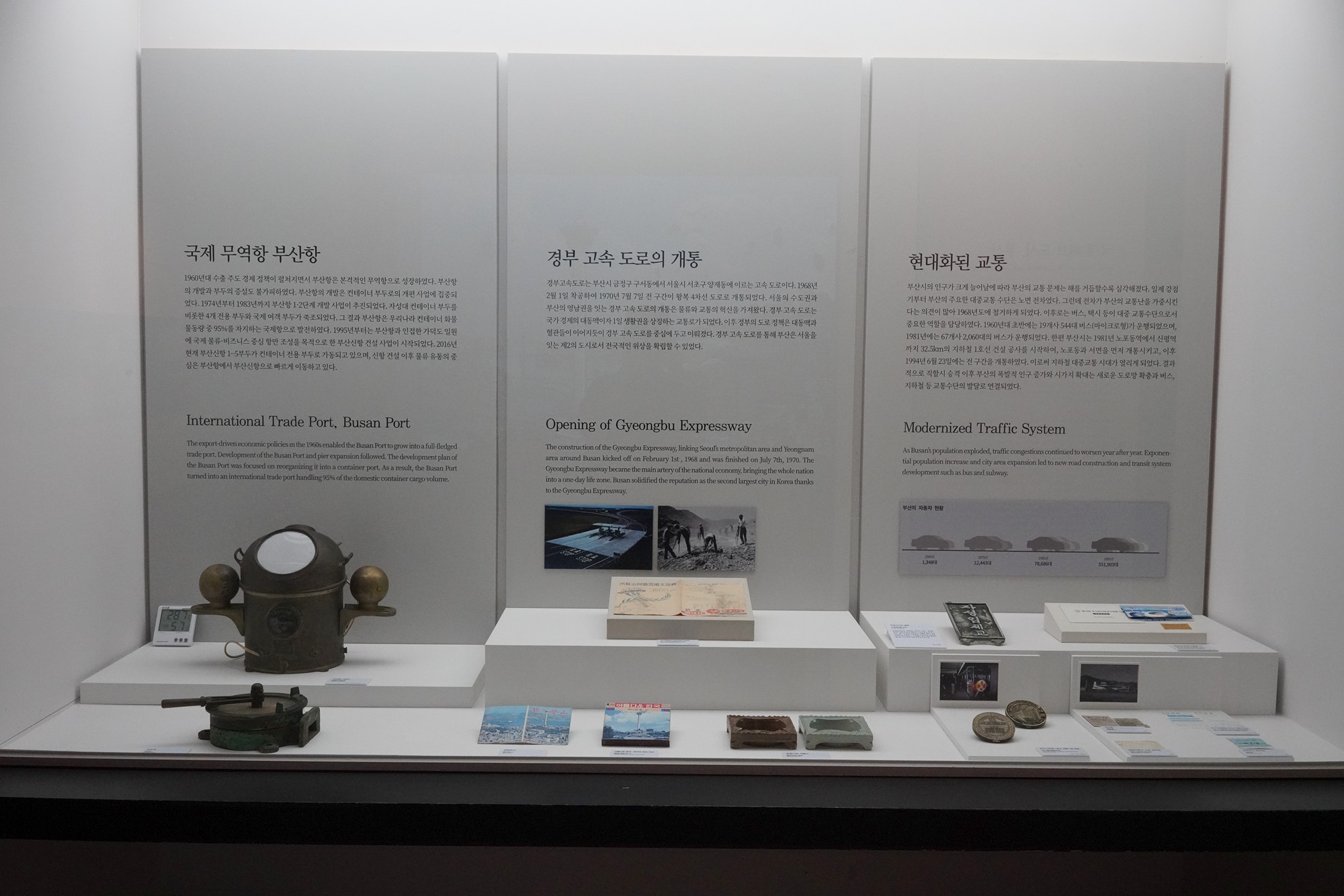
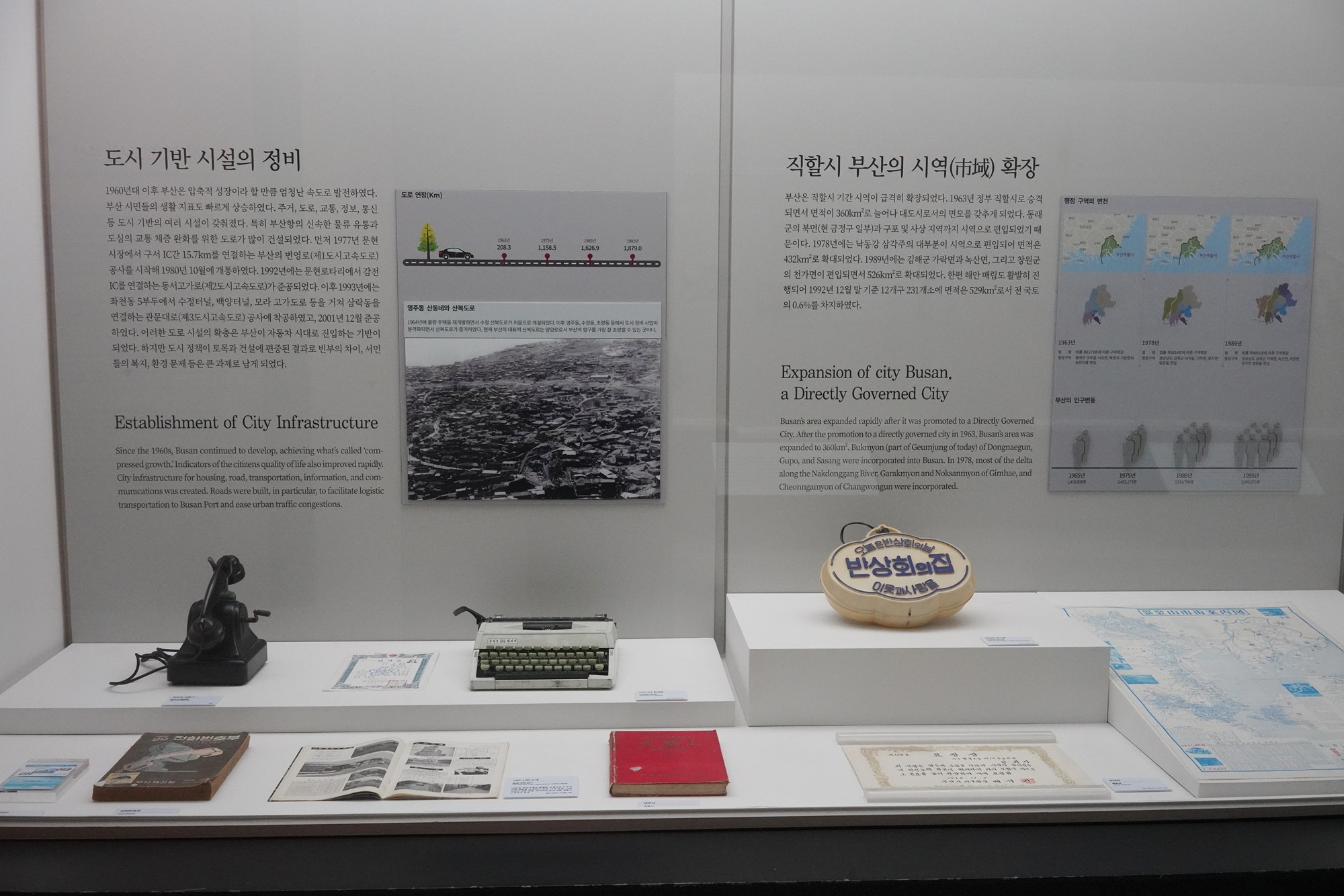
That is the end of the museum’s regular exhibition. The pictures below show items in the museum gallery.
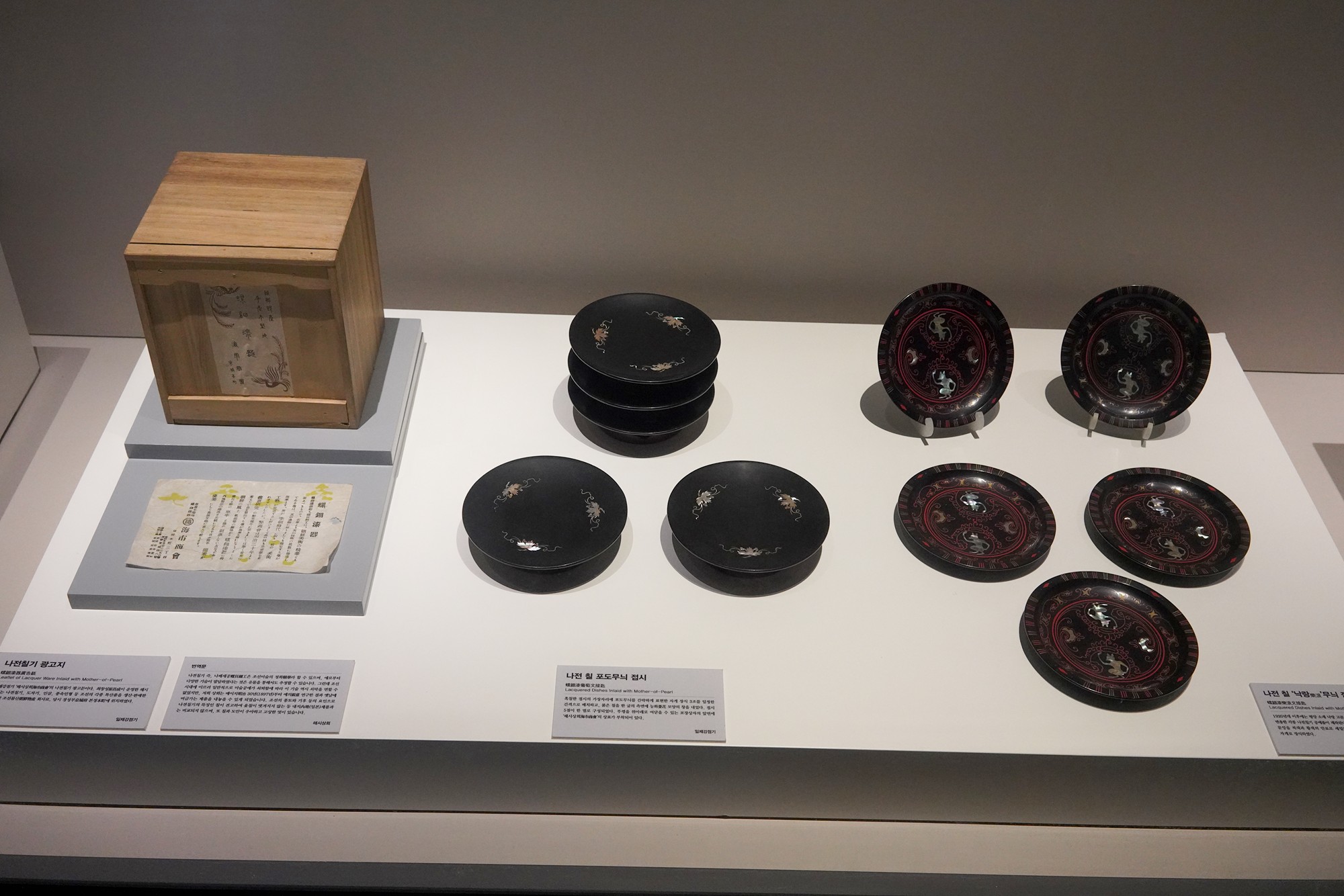
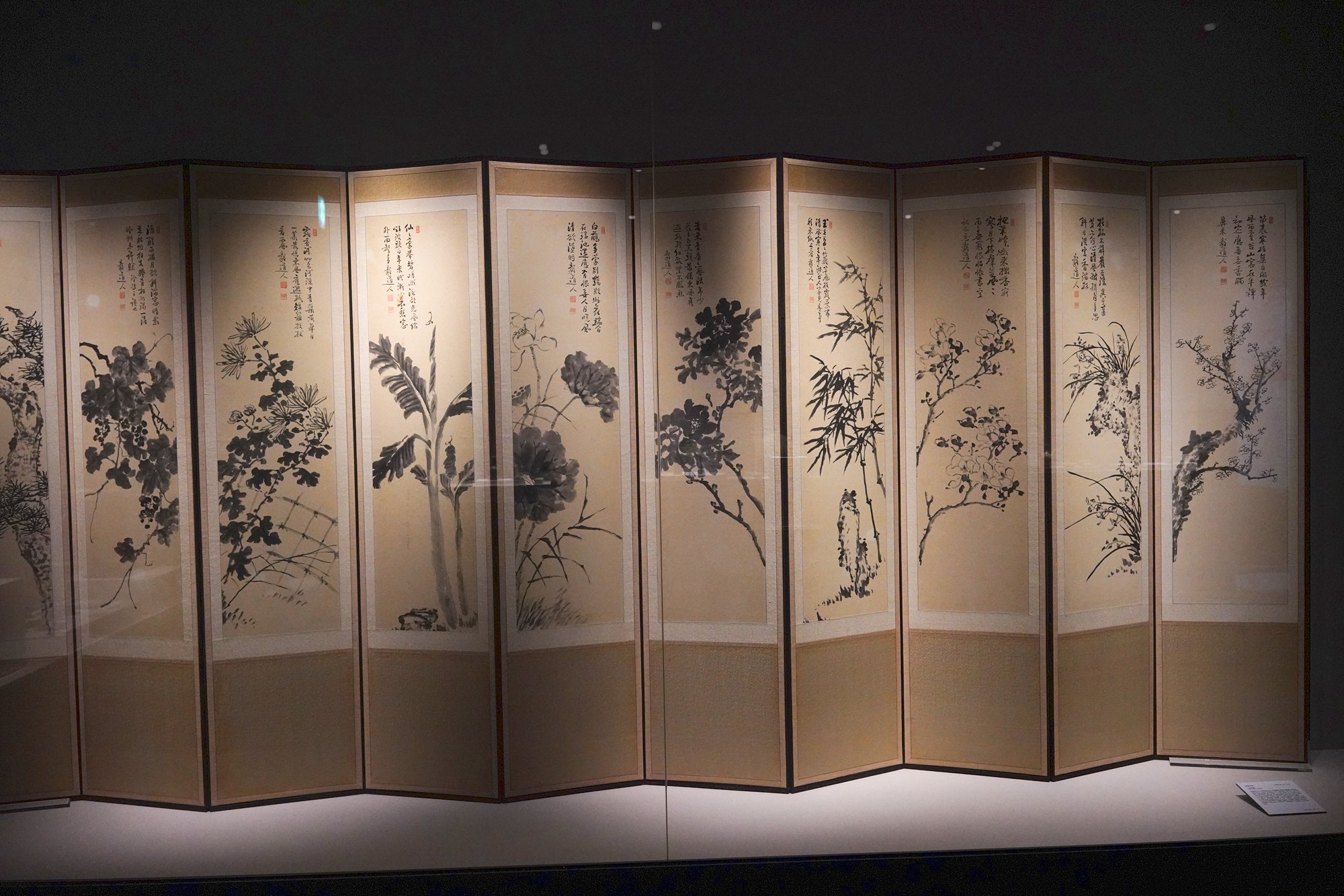
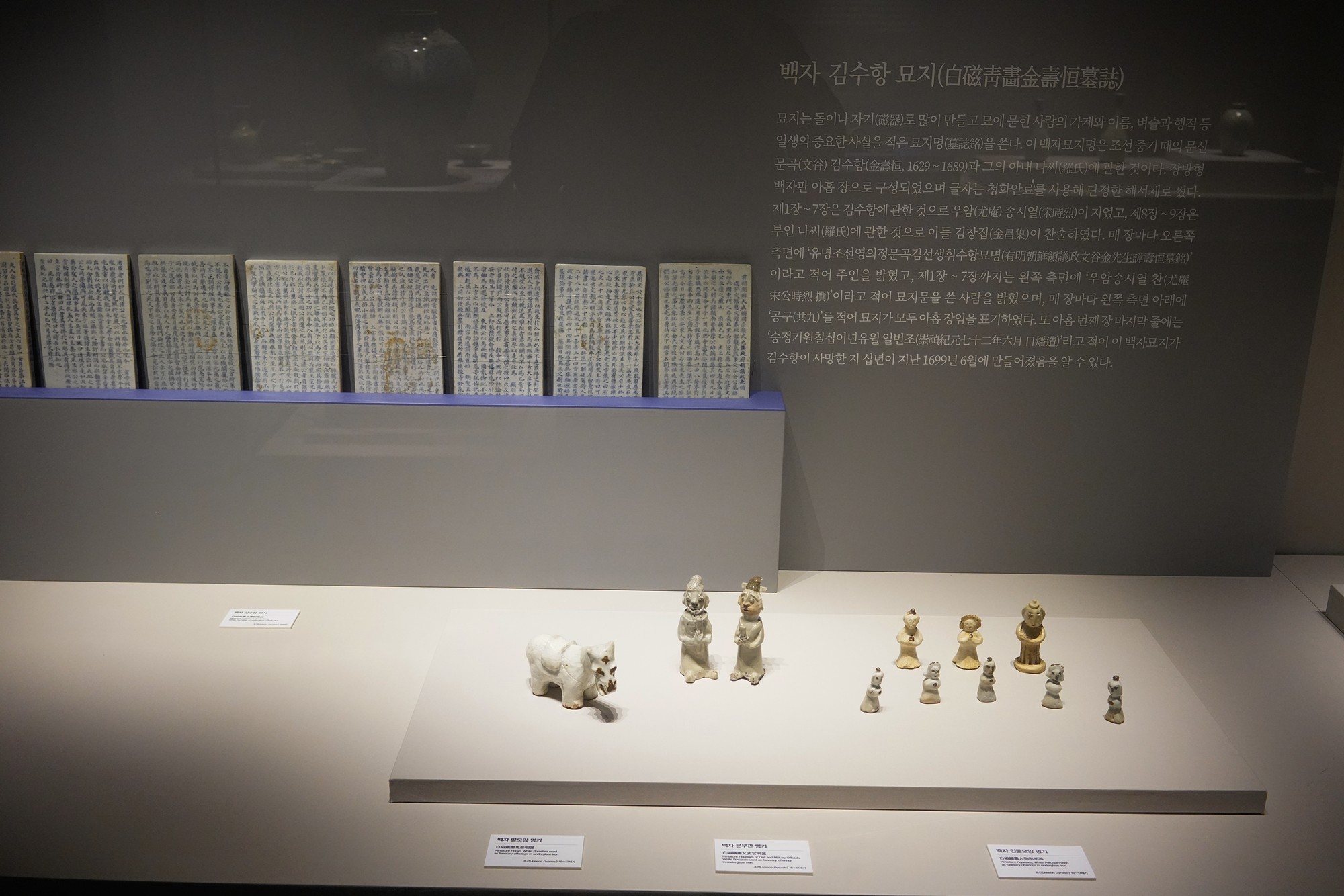
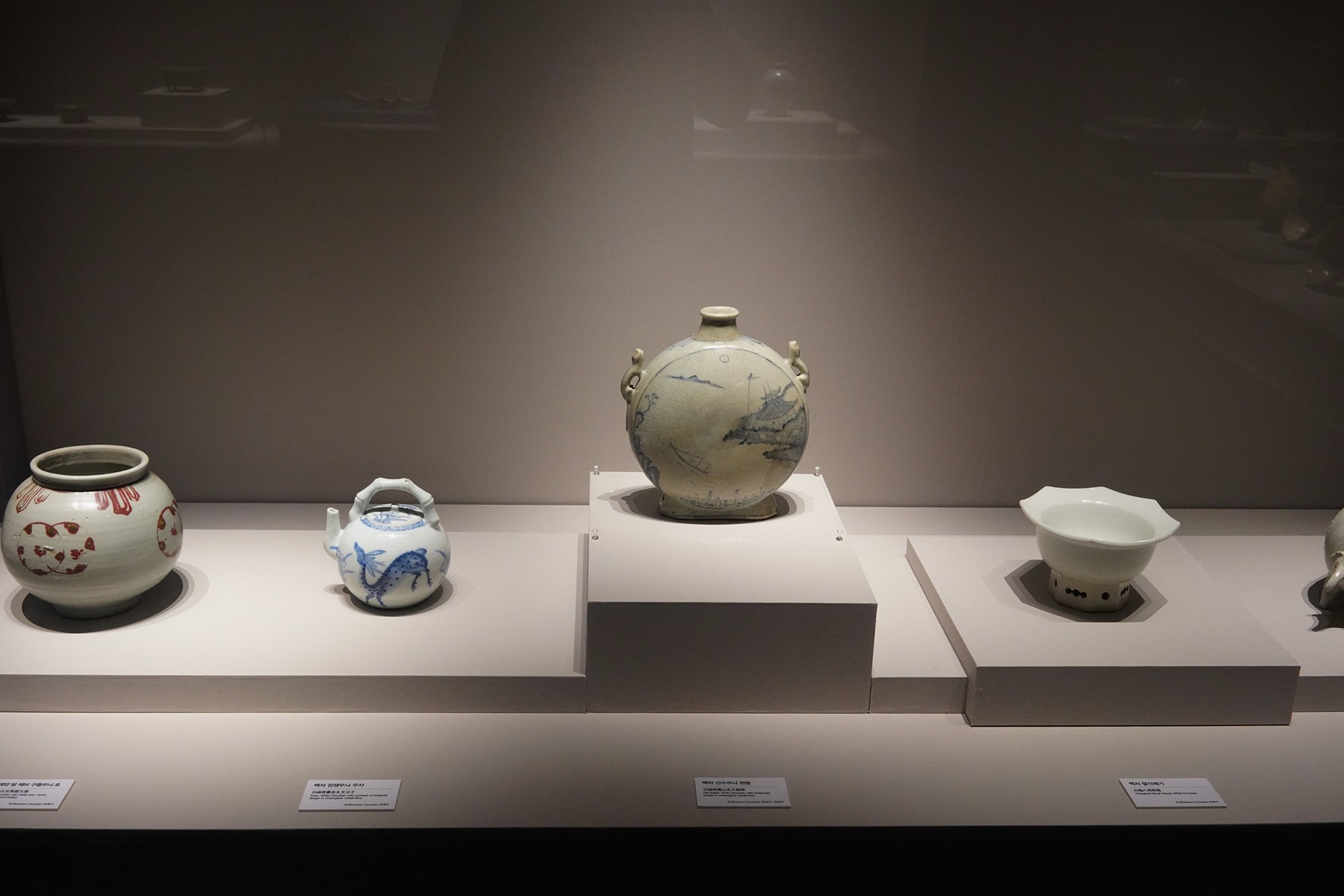
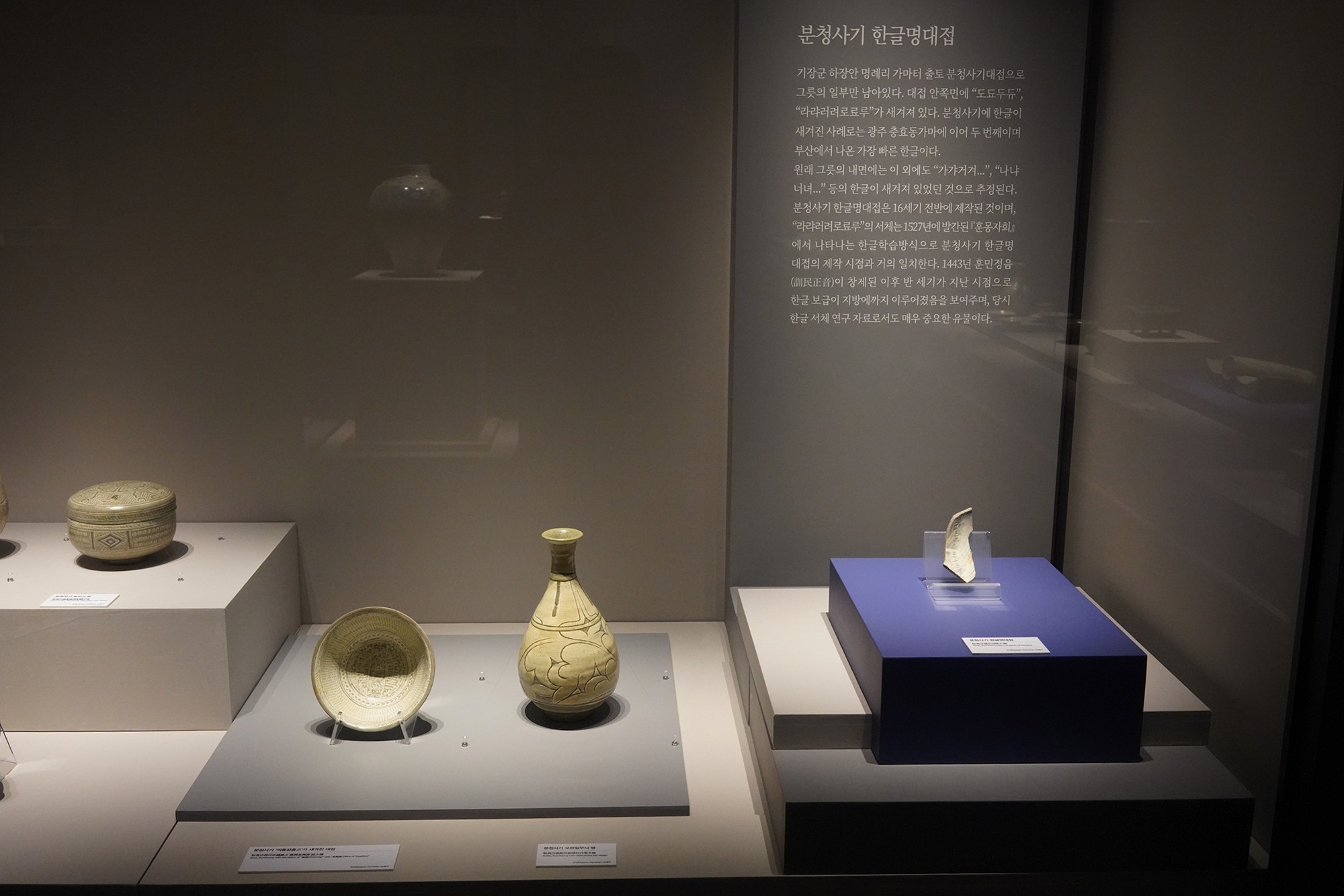
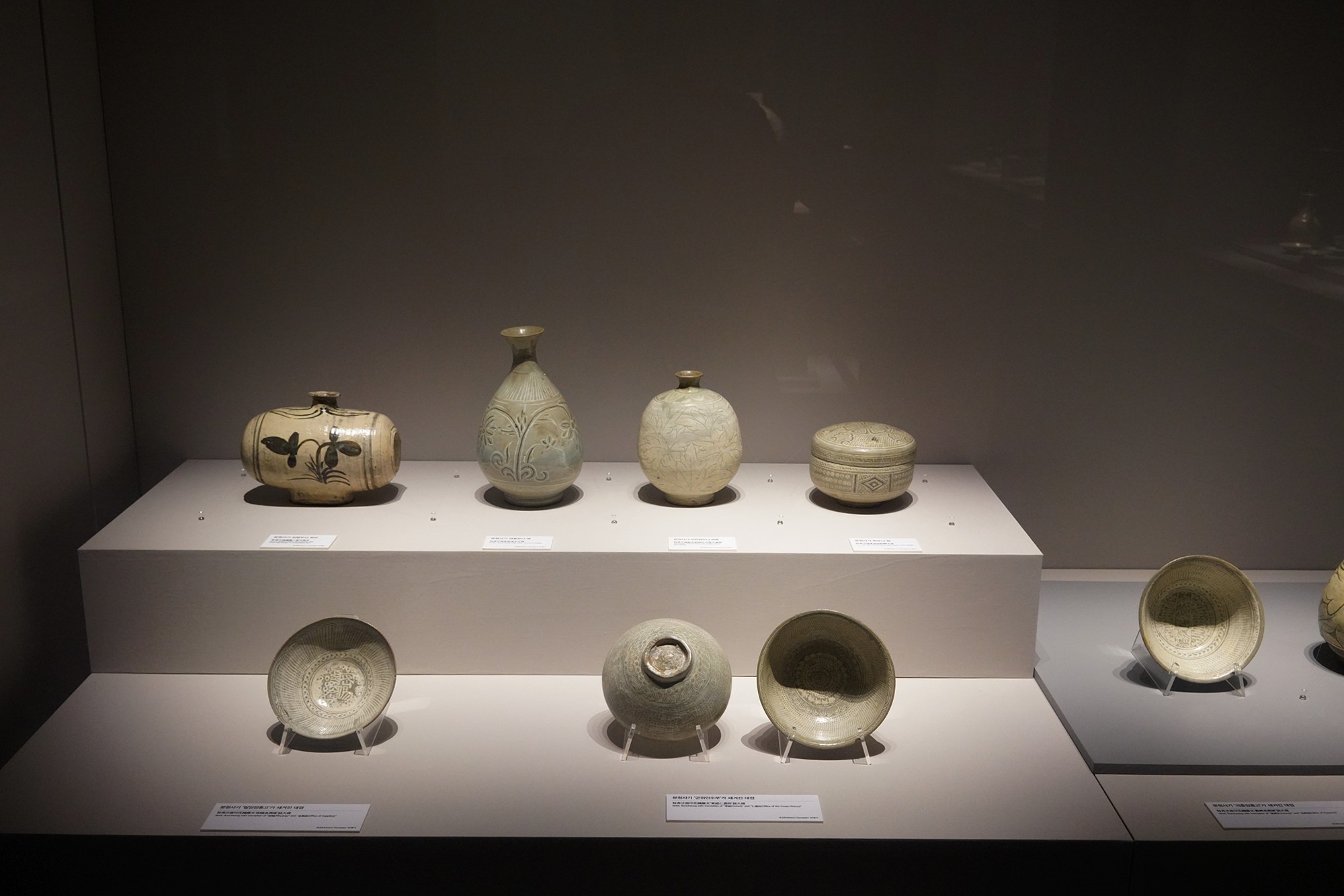
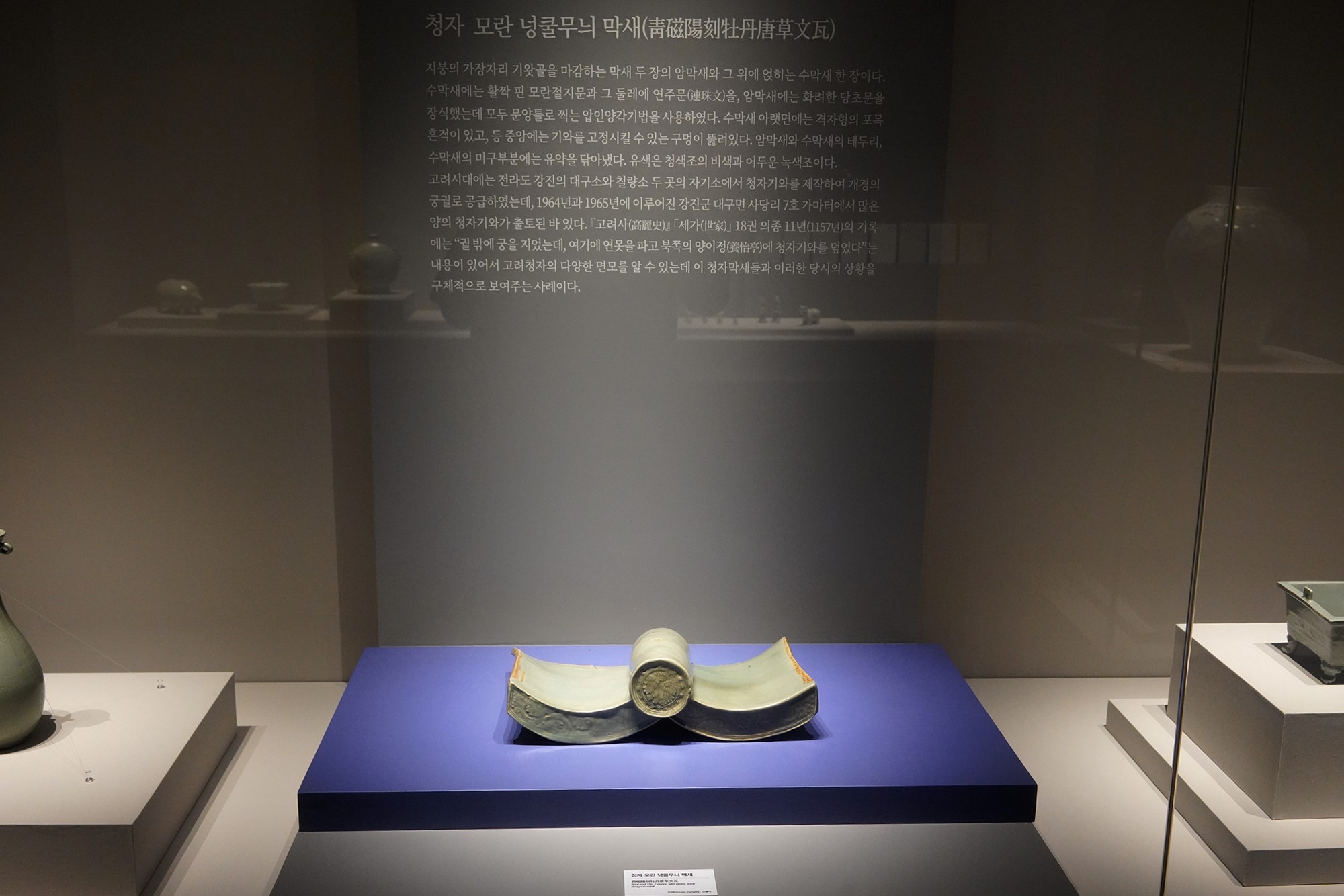
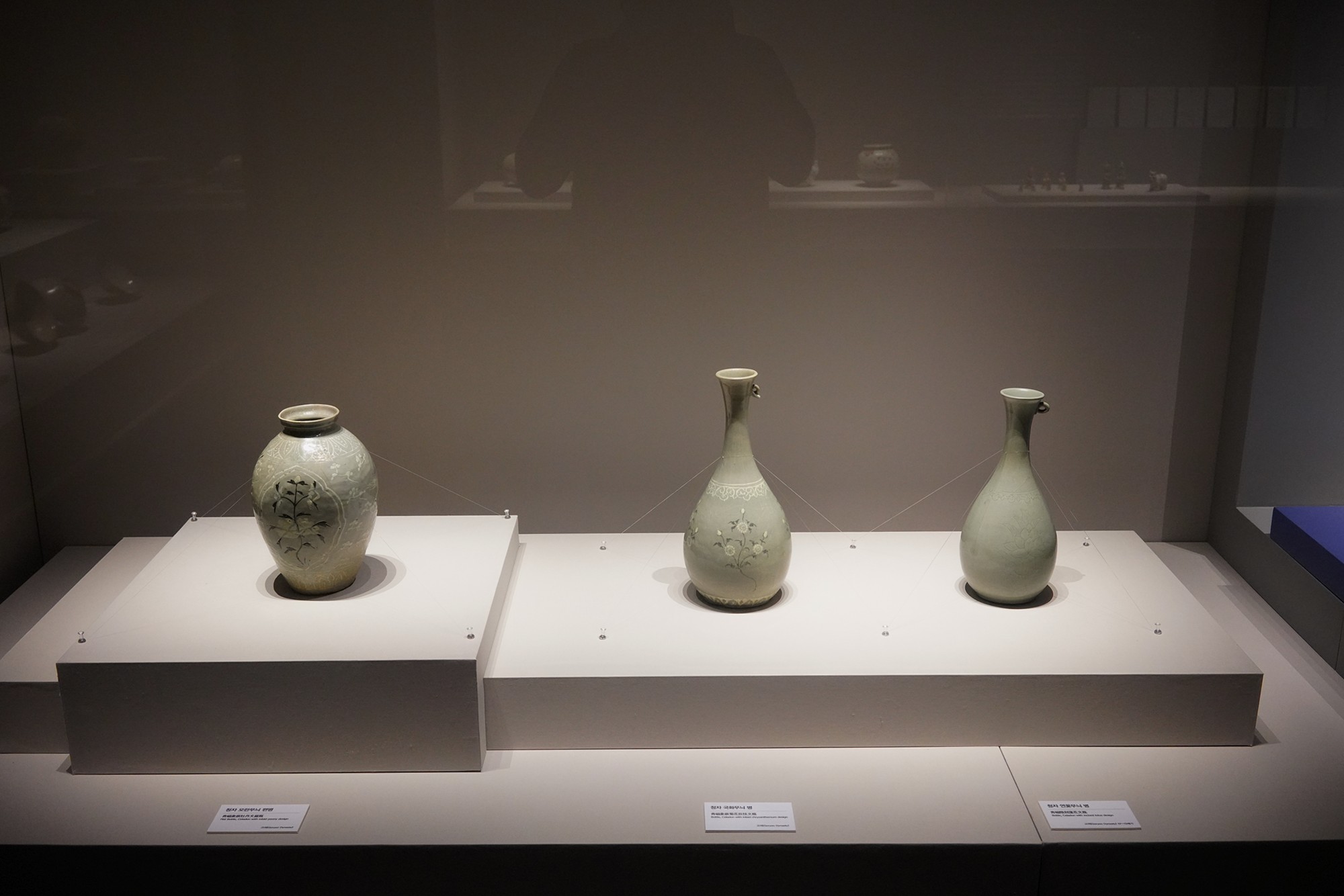
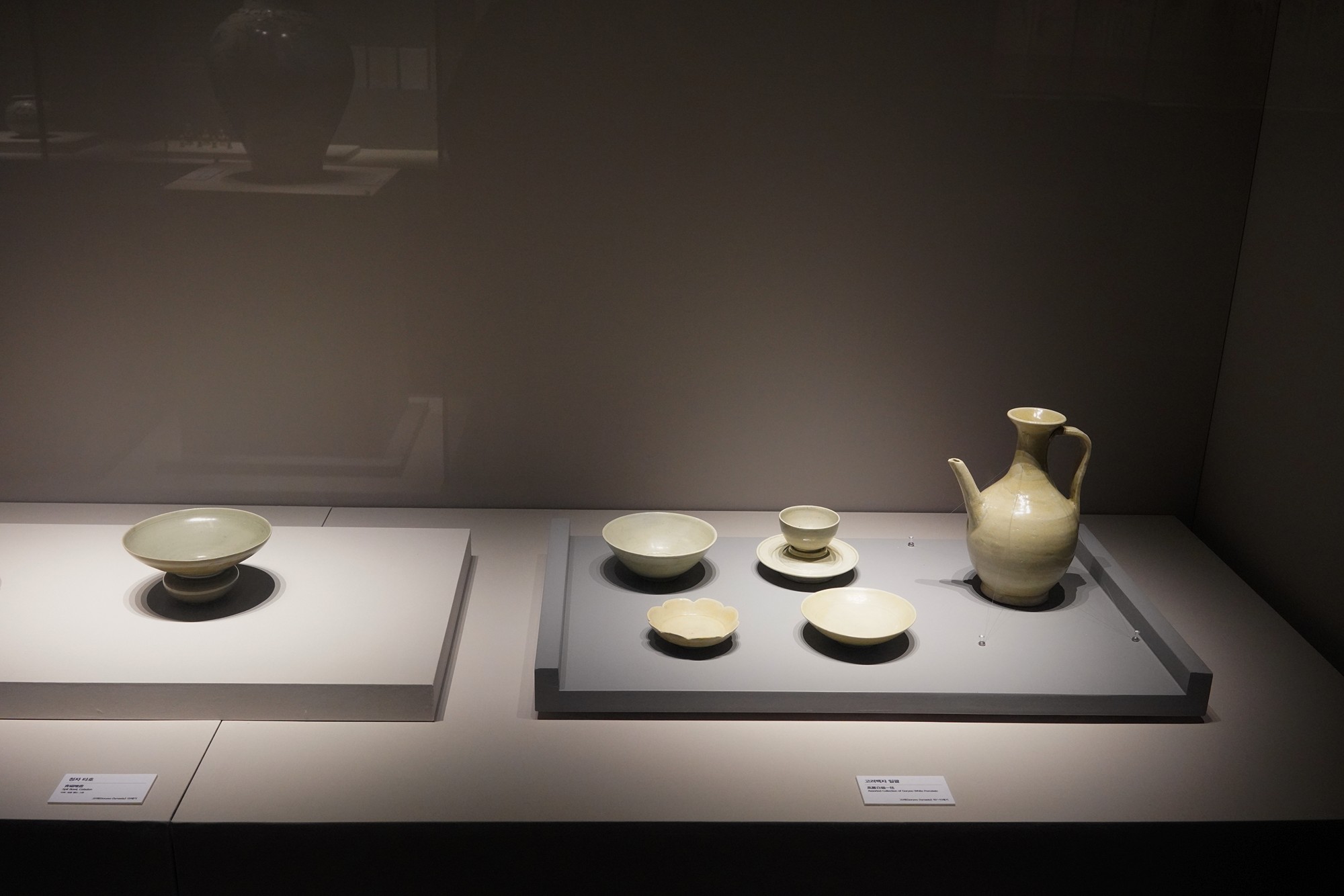
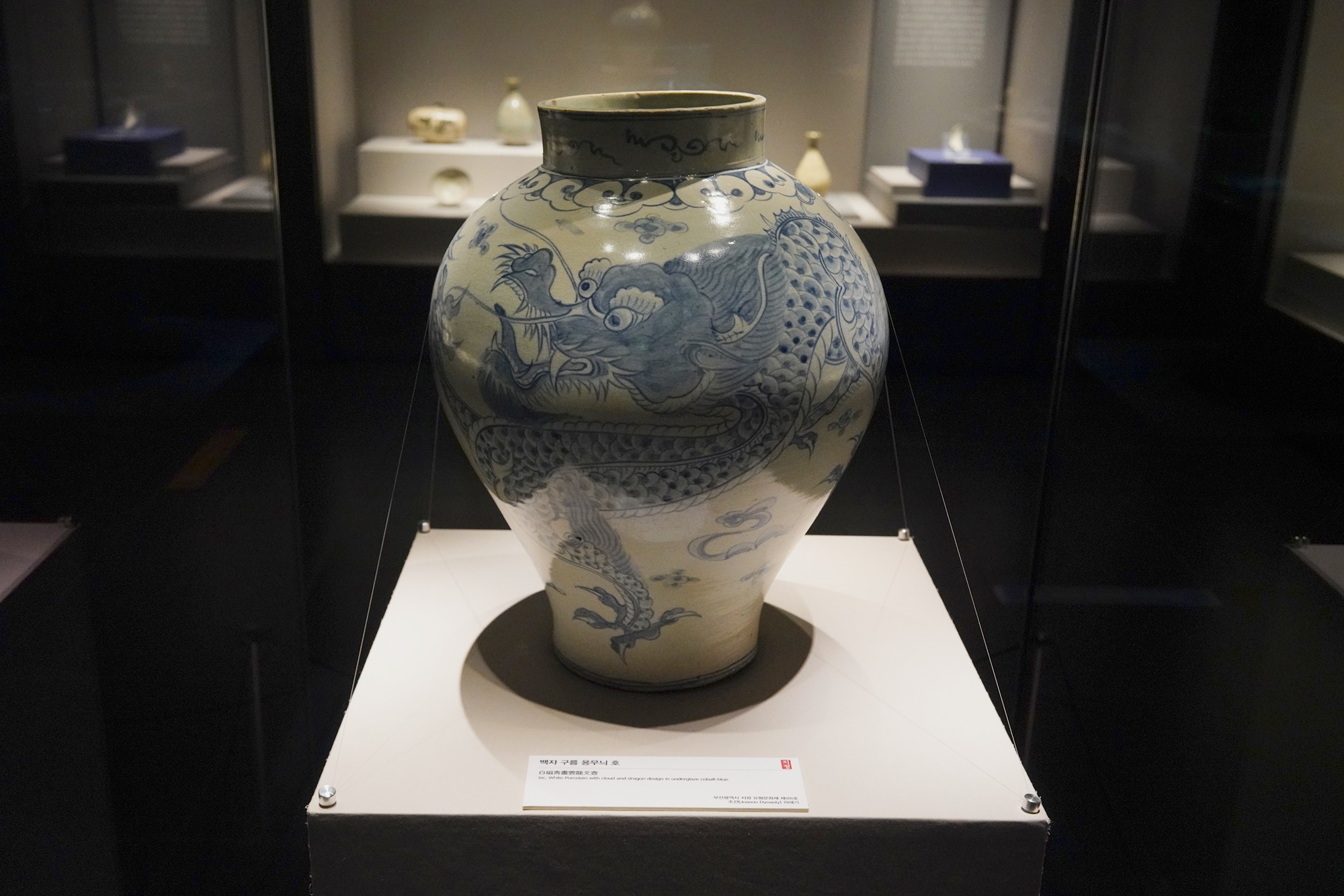
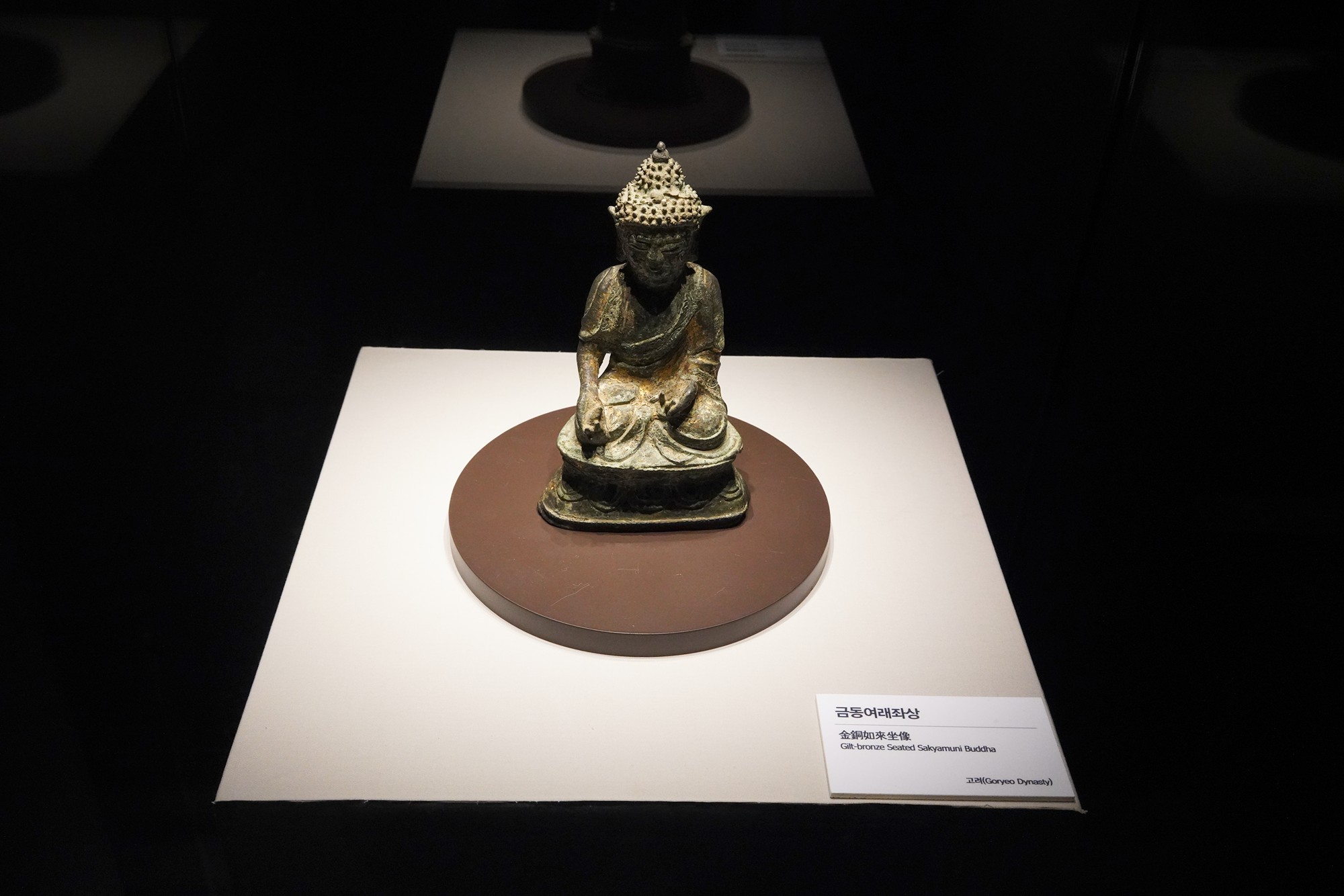
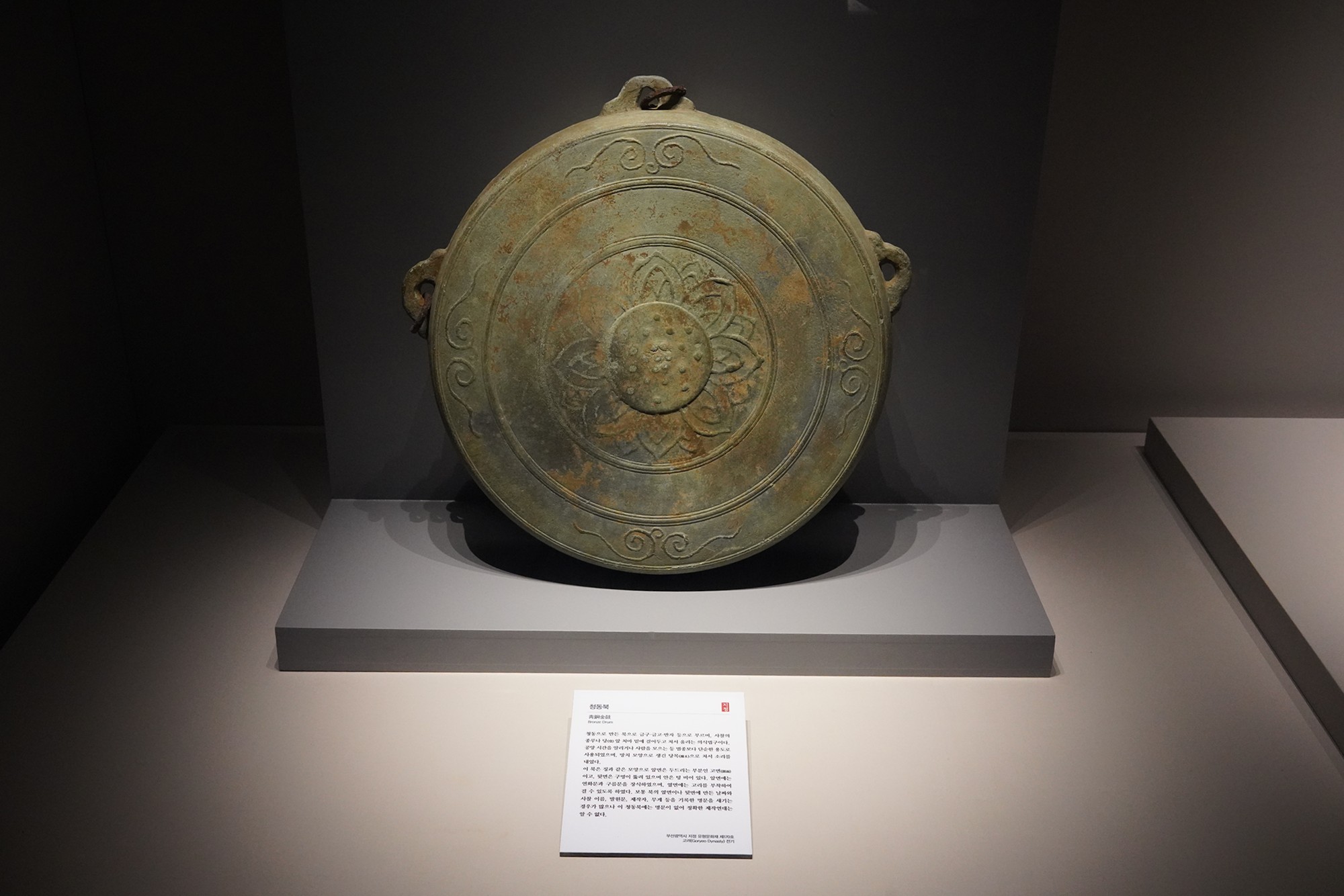
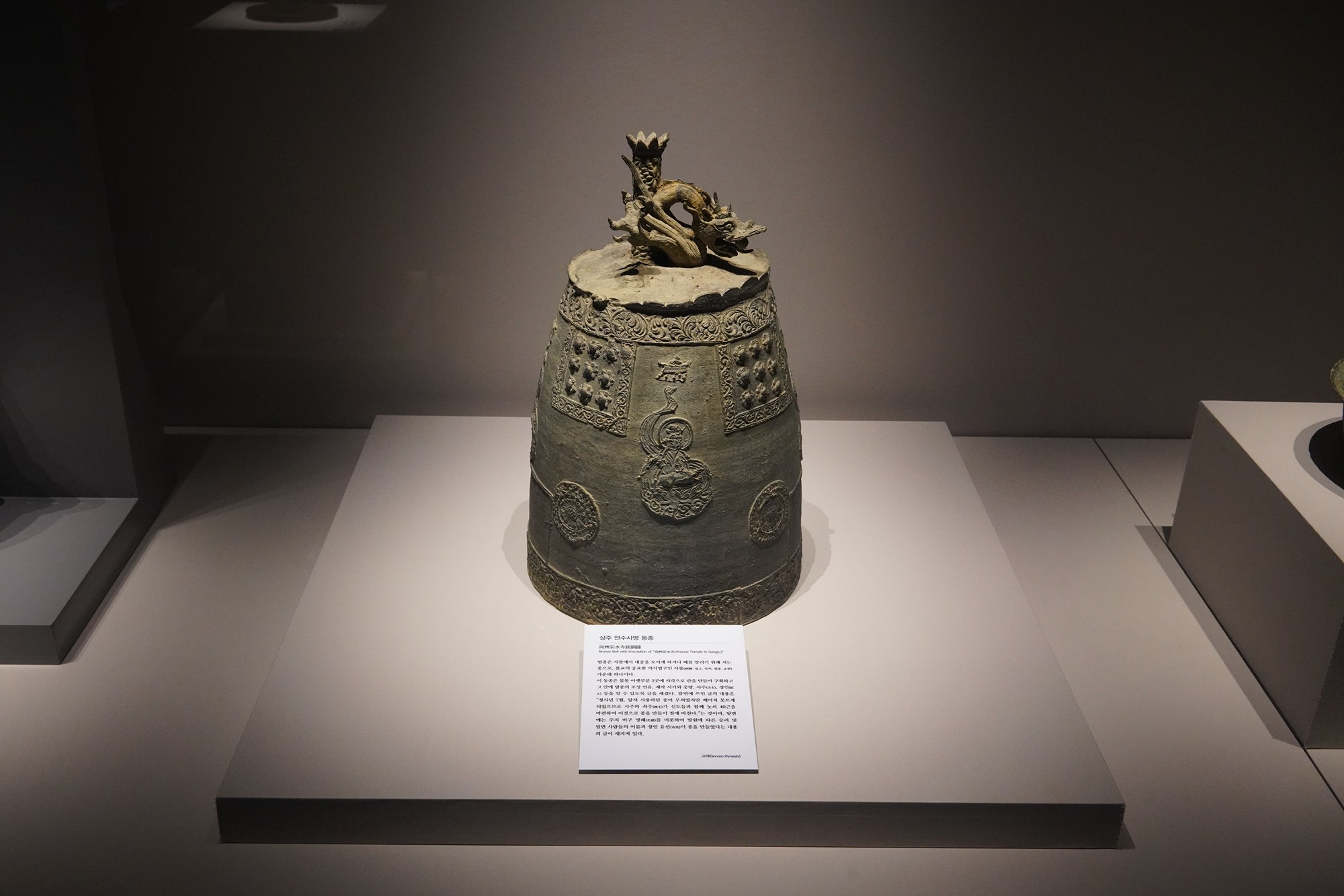
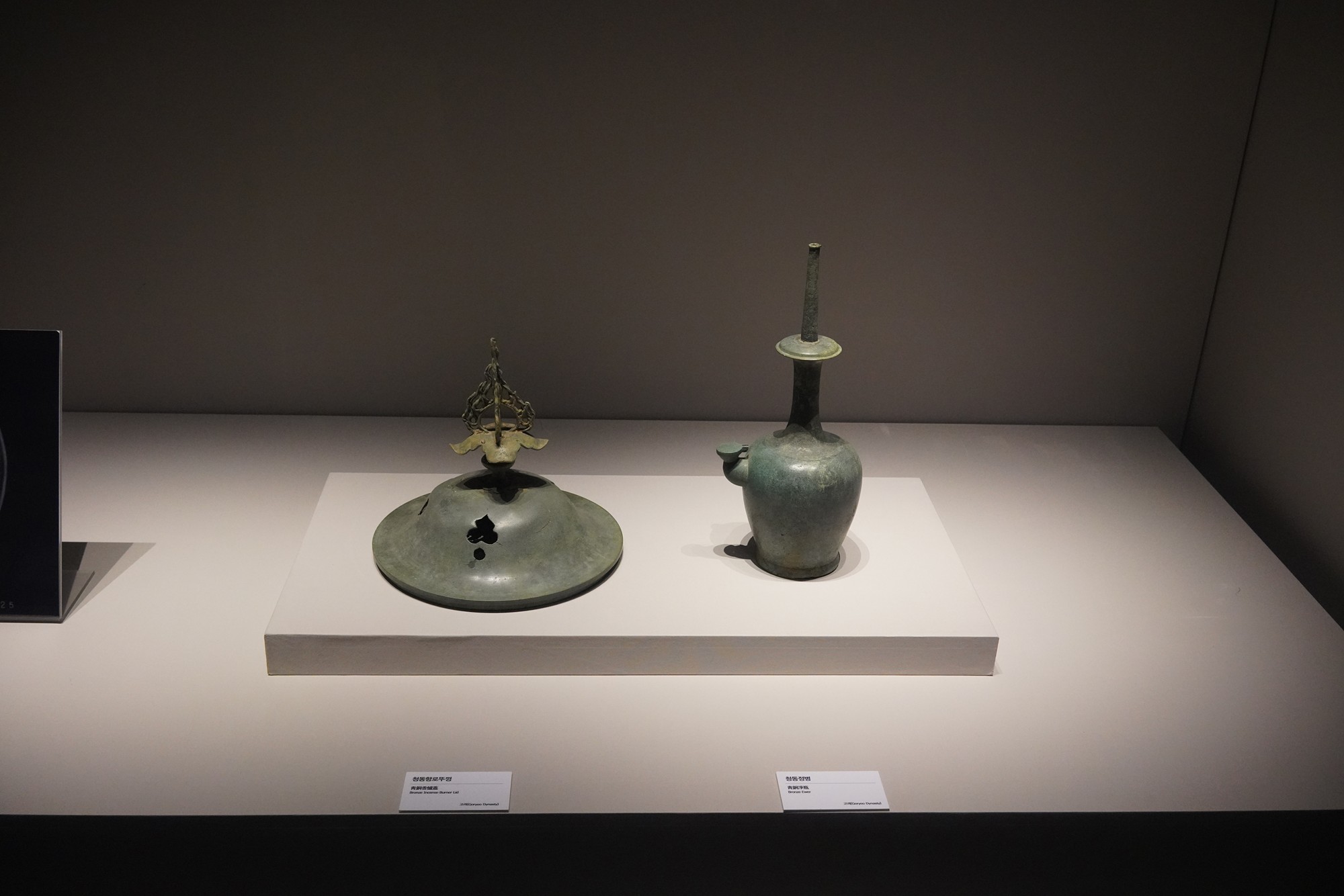
A special exhibition.
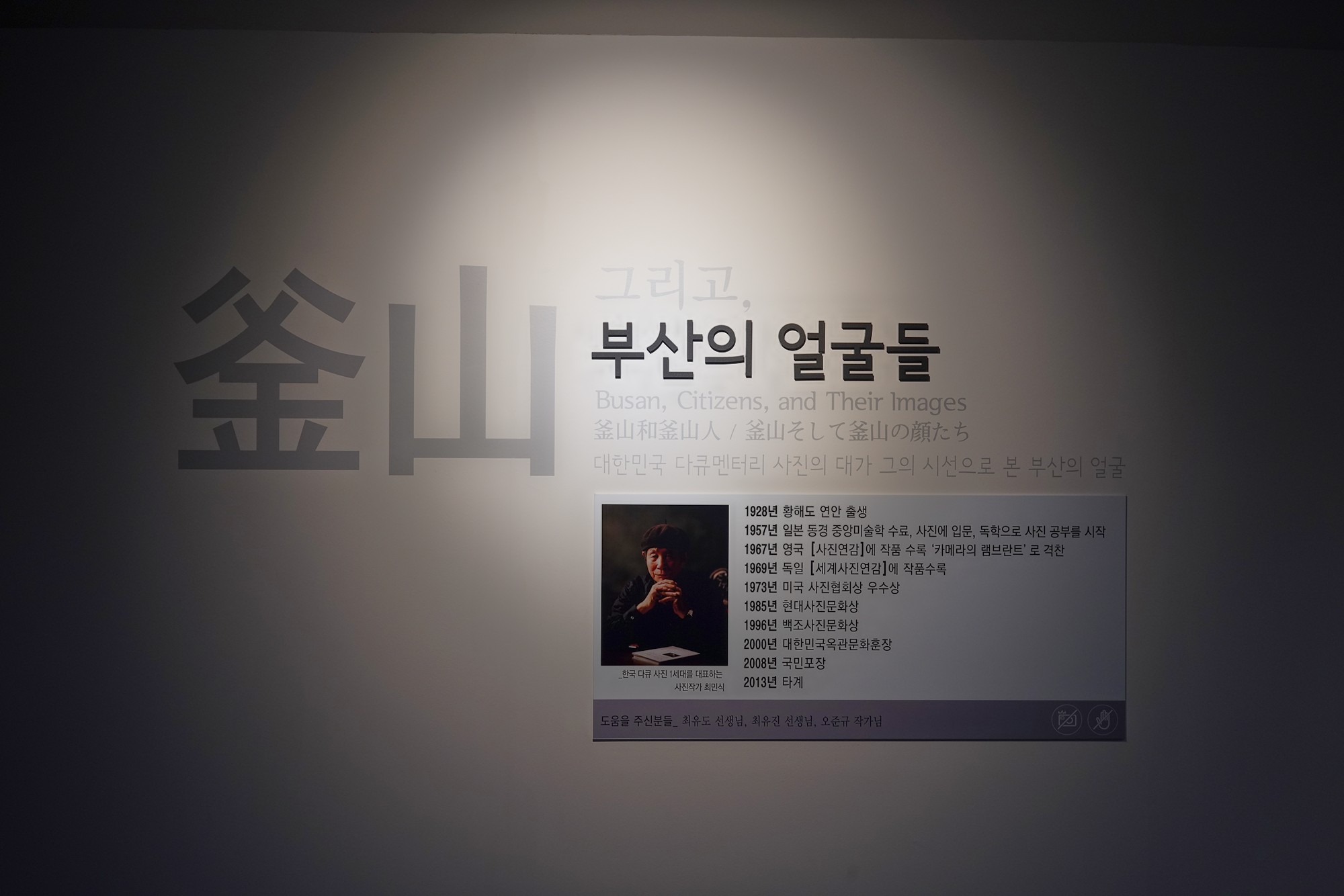
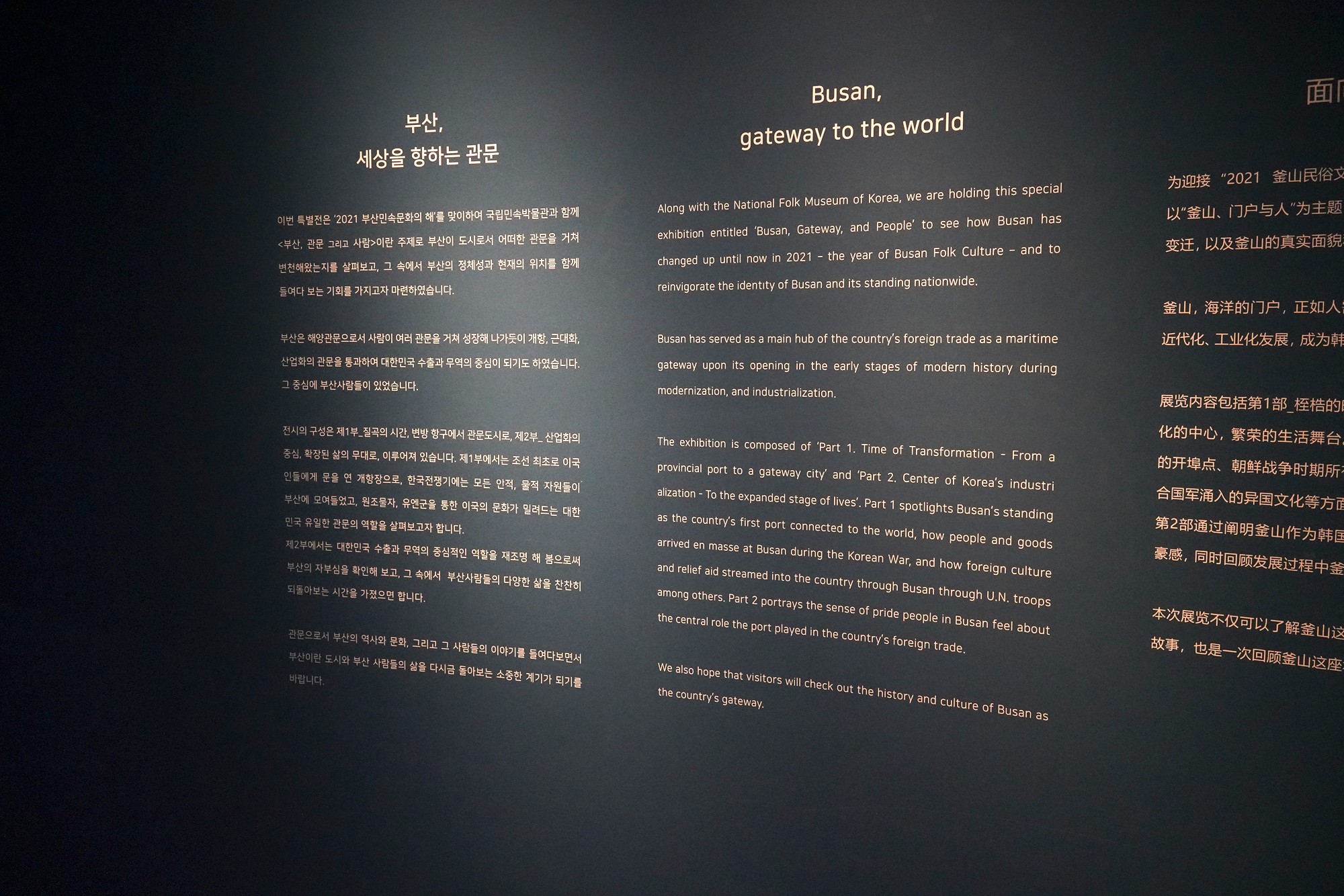
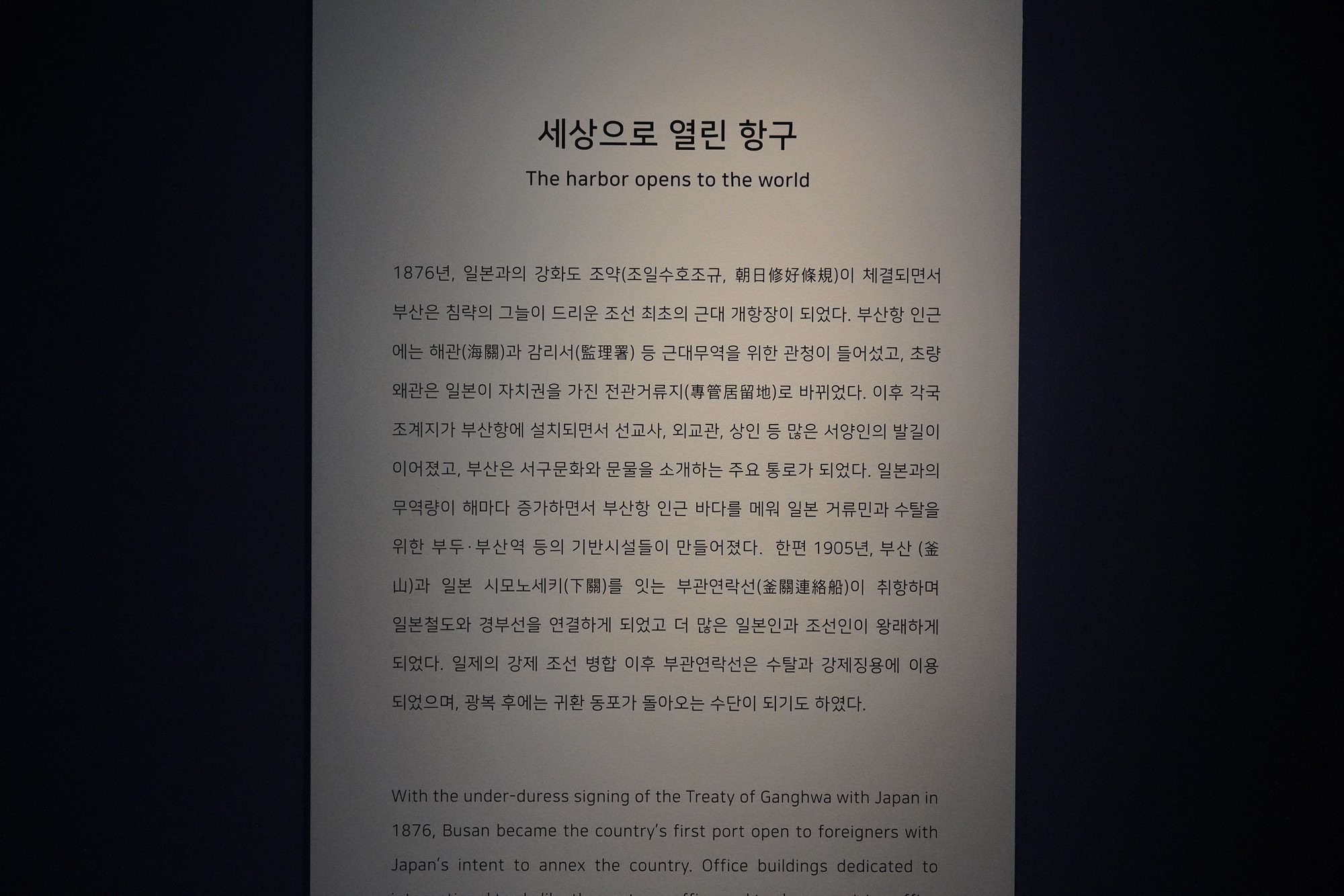
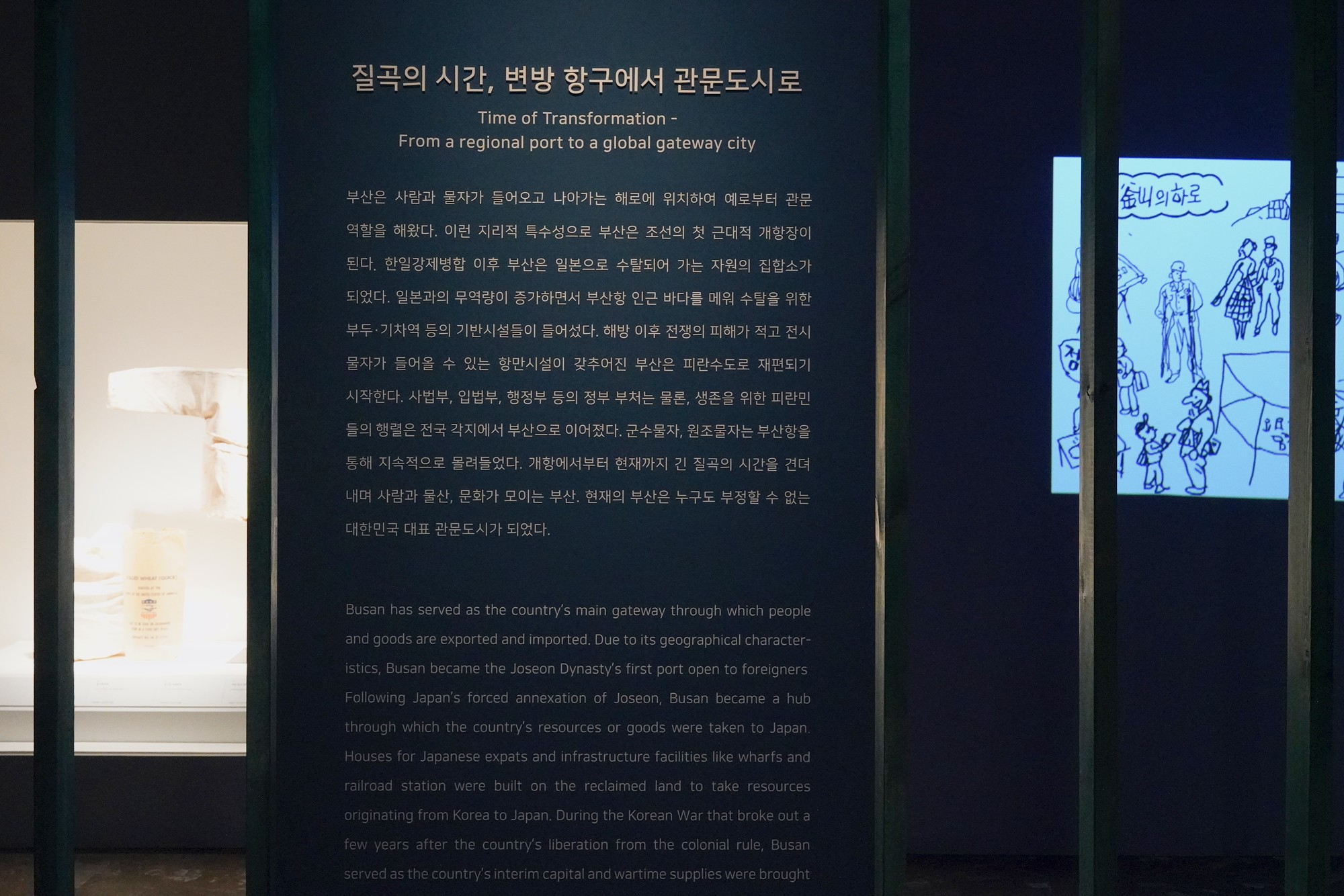
The history of Japanese lived in Busan. As many as 15,000 Japanese were once lived in Busan, mostly trade merchants.
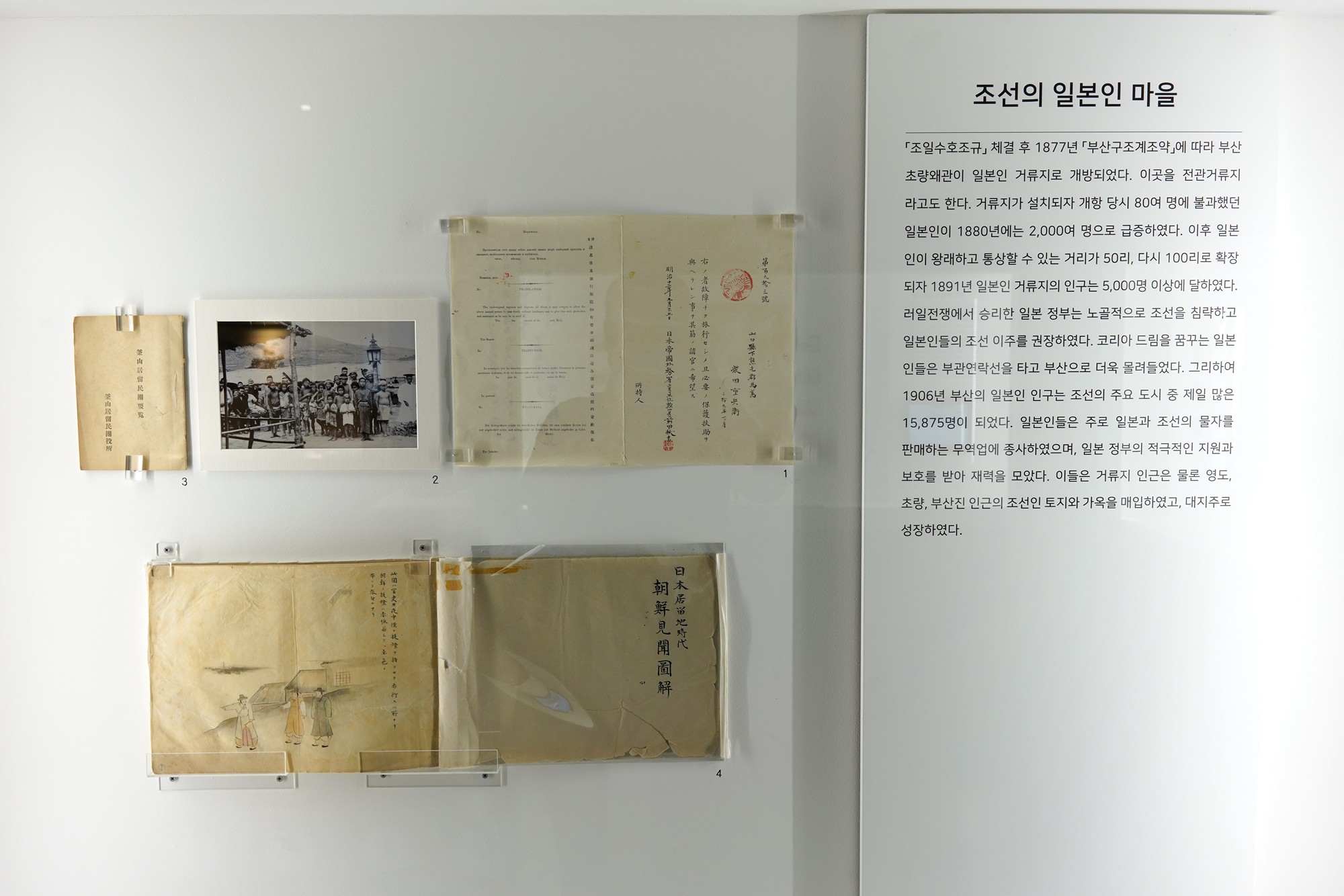
Many religious missionaries also came to Busan
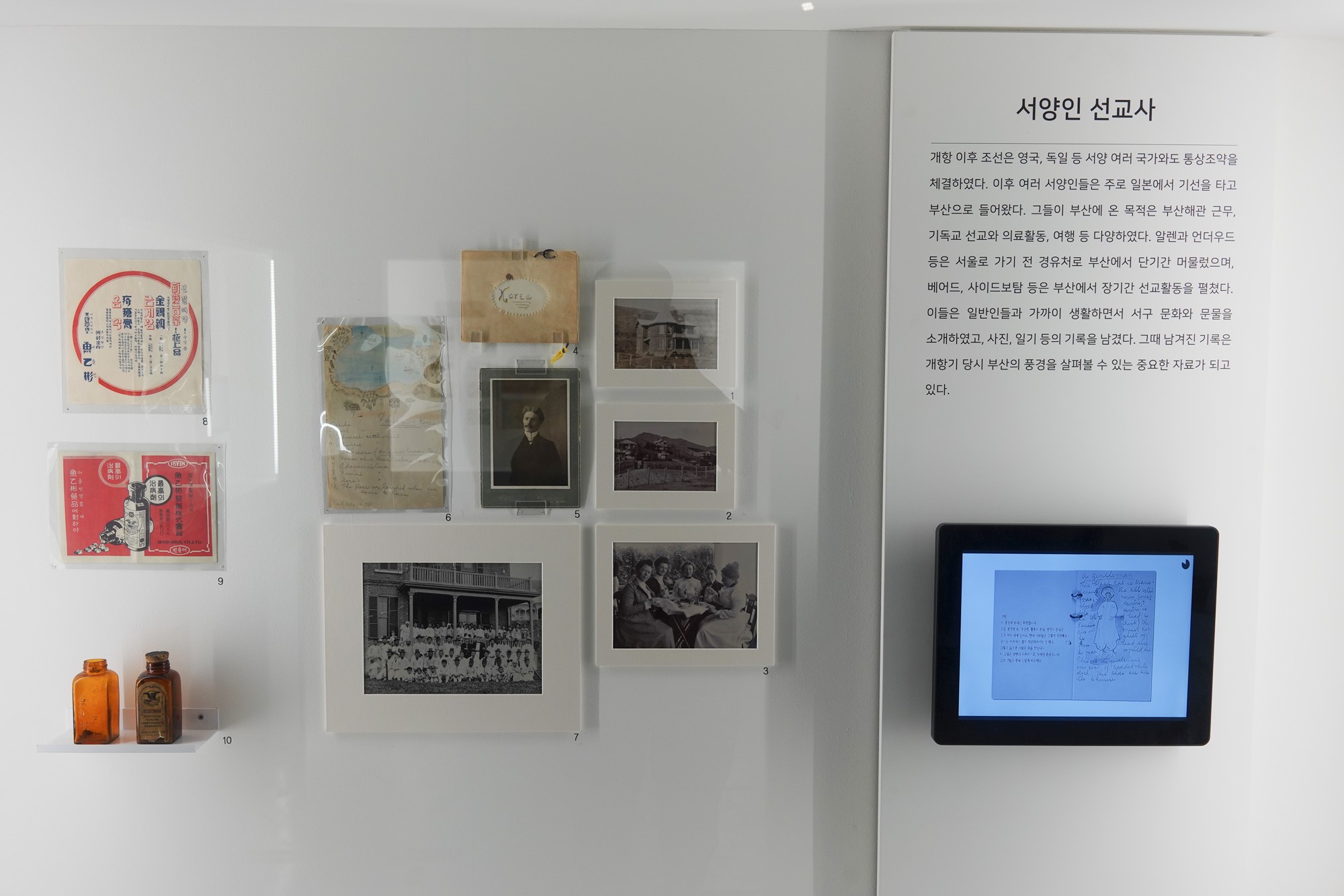
Busan Harbor became the main route for people and product movement between Korea and Japan.
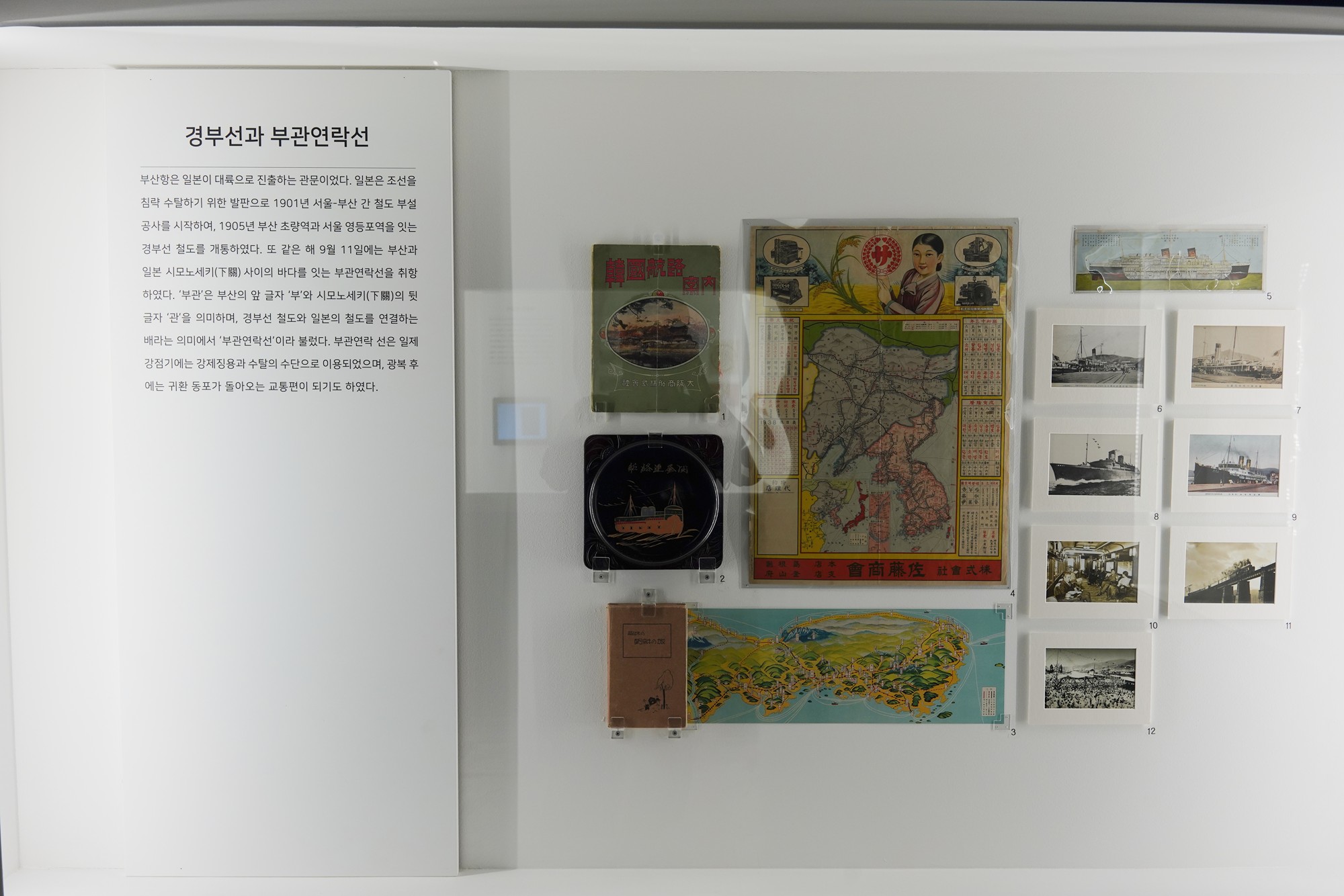
Japan modernized Busan for their use.
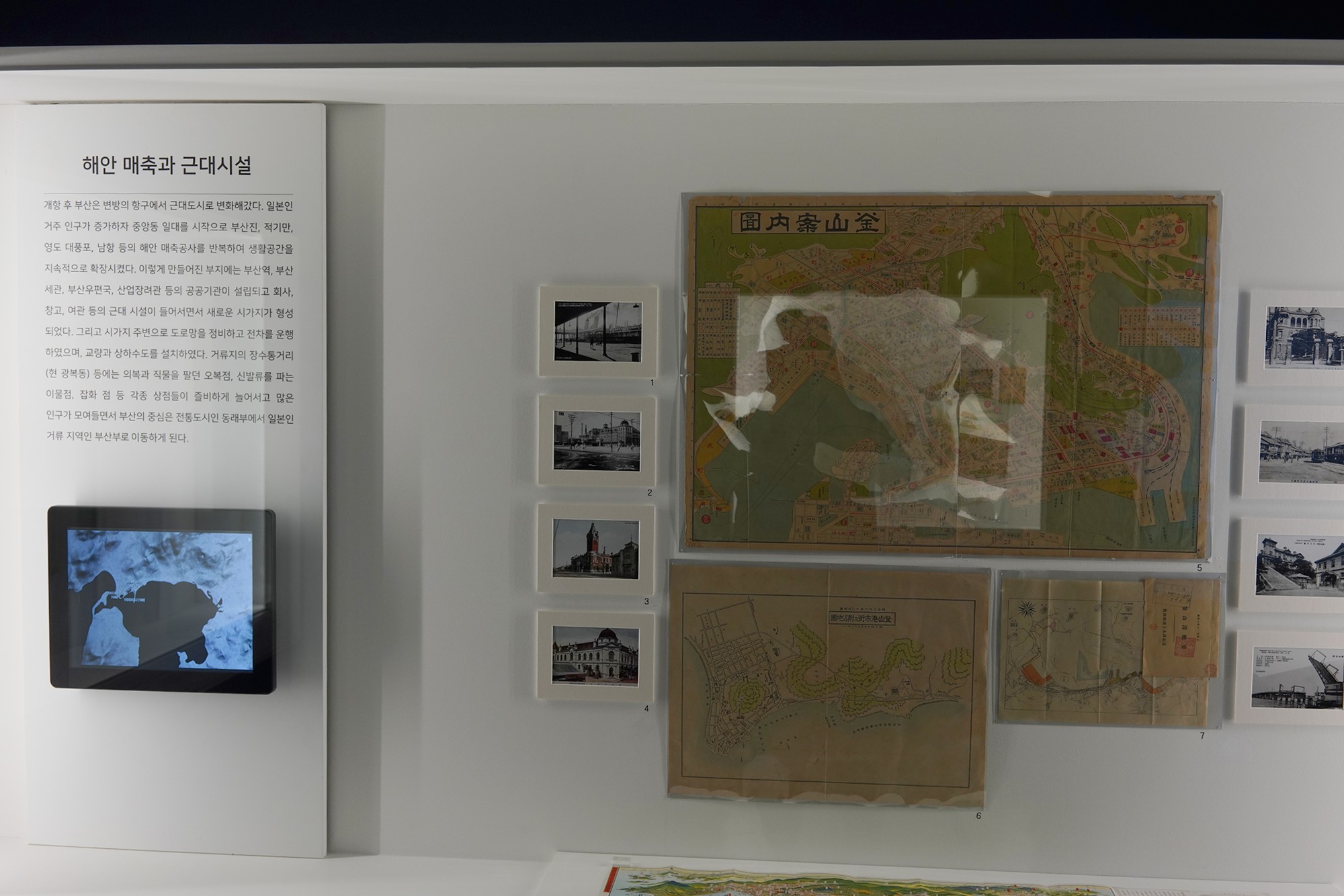
During the Korean War, Busan took war refugees.
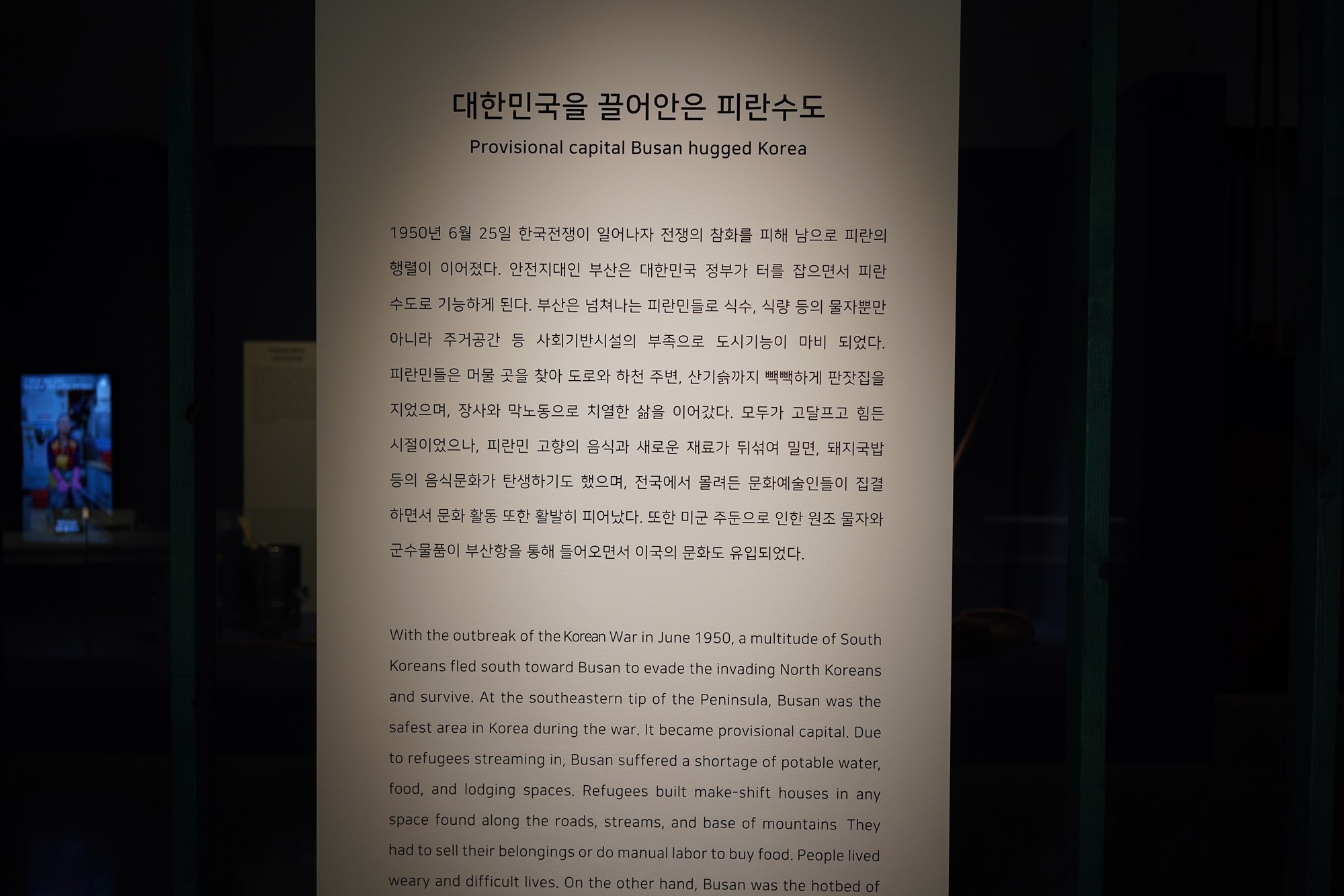
The war refugees made a temporary residence in any available lands in Busan. Their living condition was deplorable.
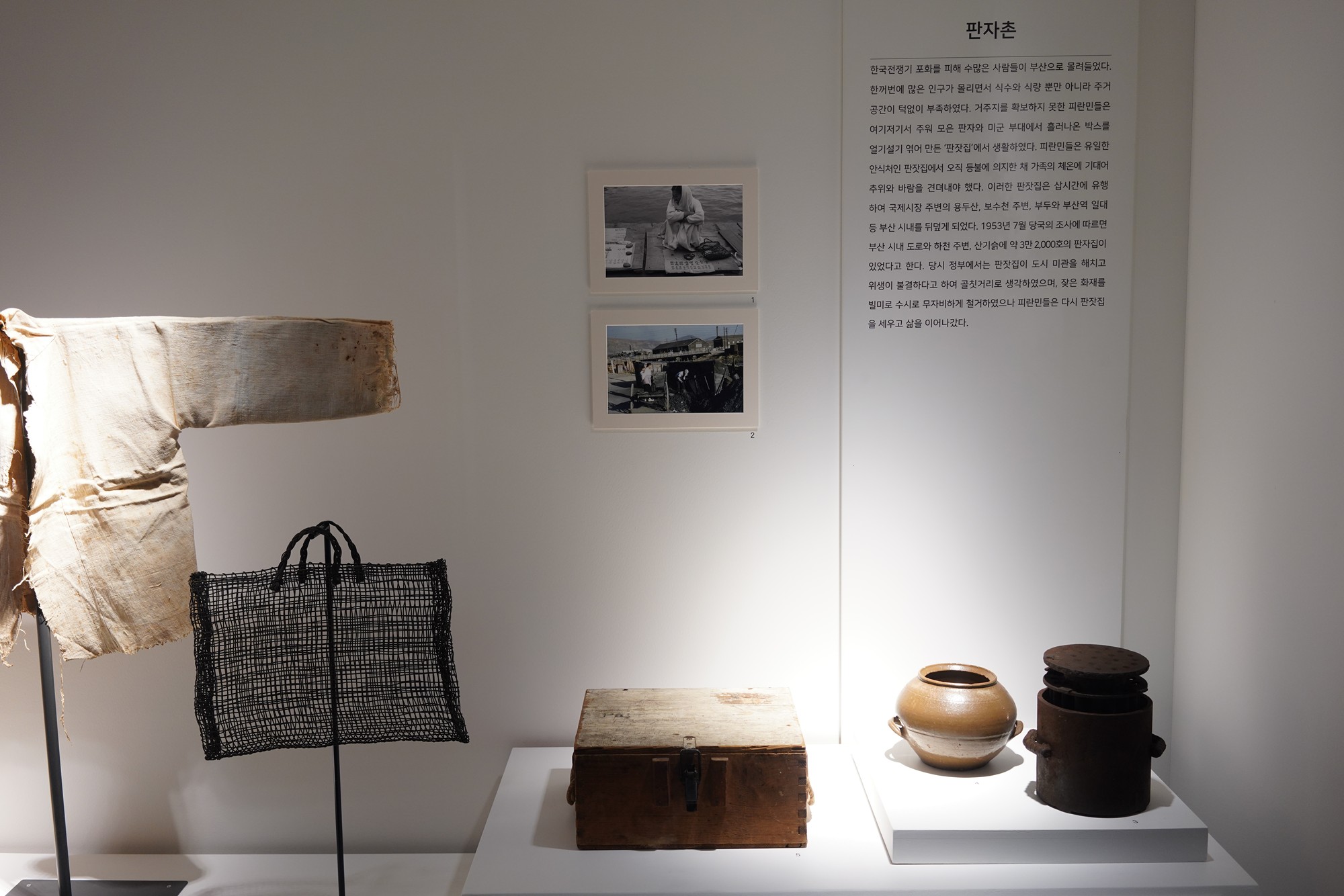
The Gukje Market became big because of the war refugees.

Many refugee artists gathered in tea houses during this time and mingled with other artists.
